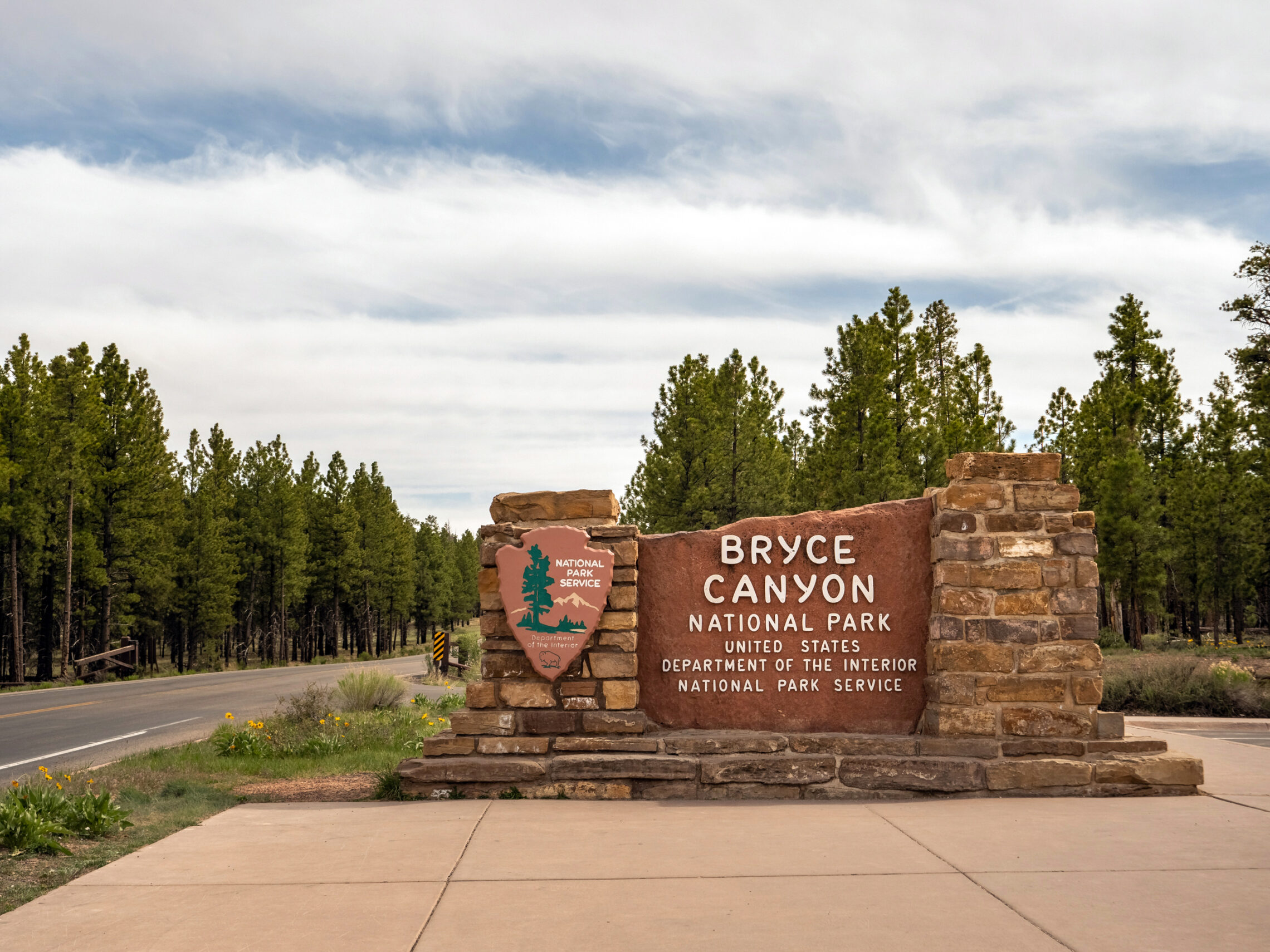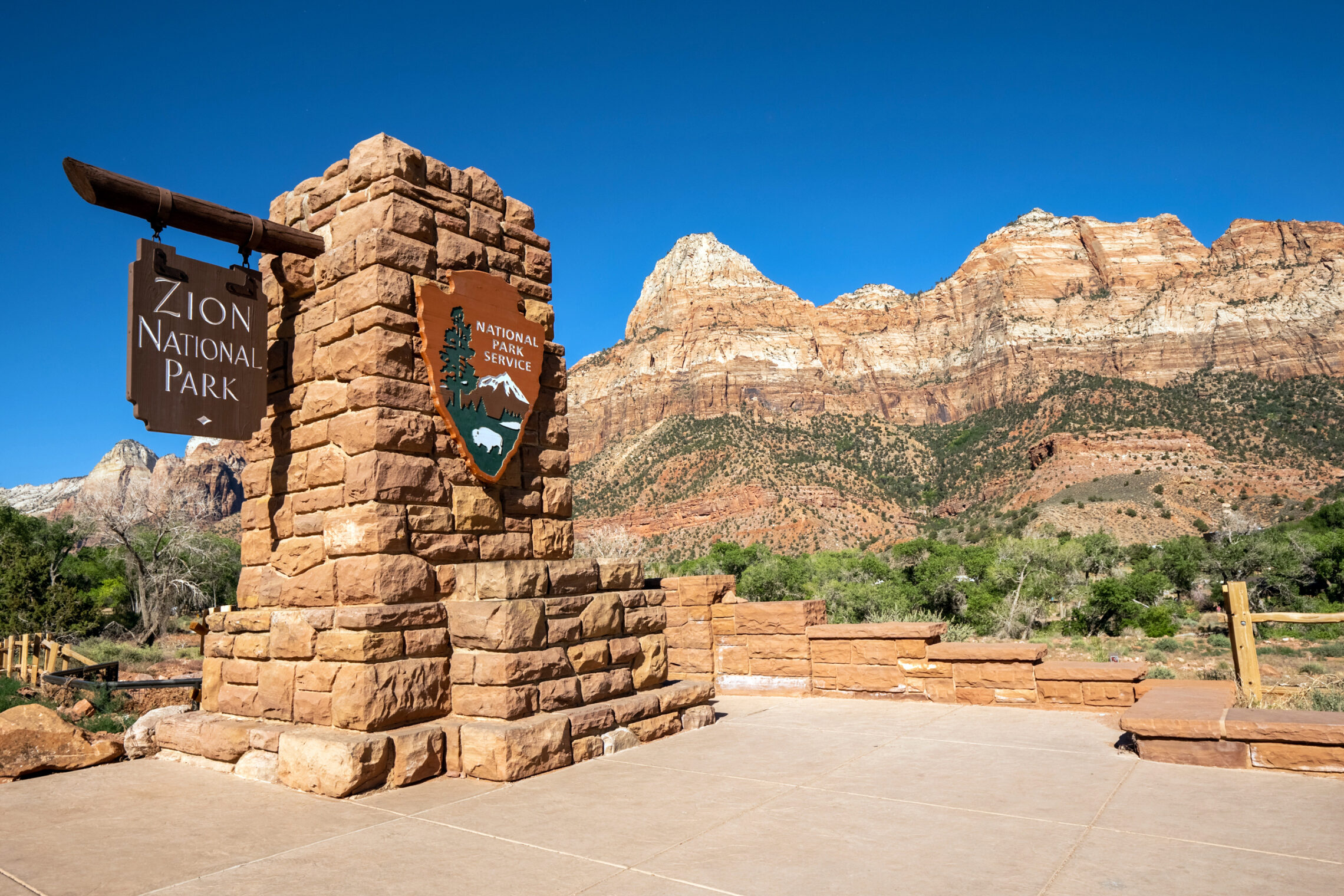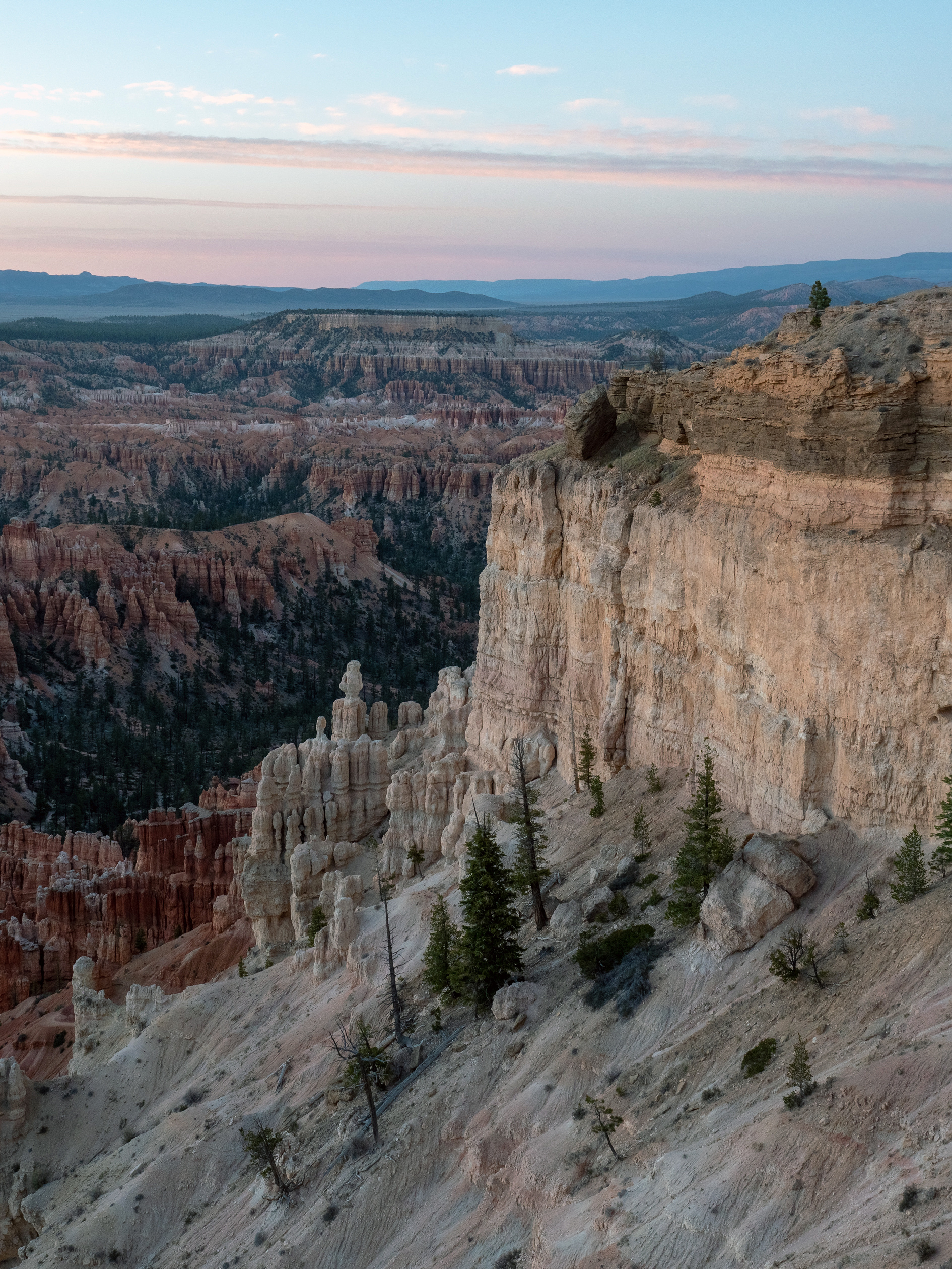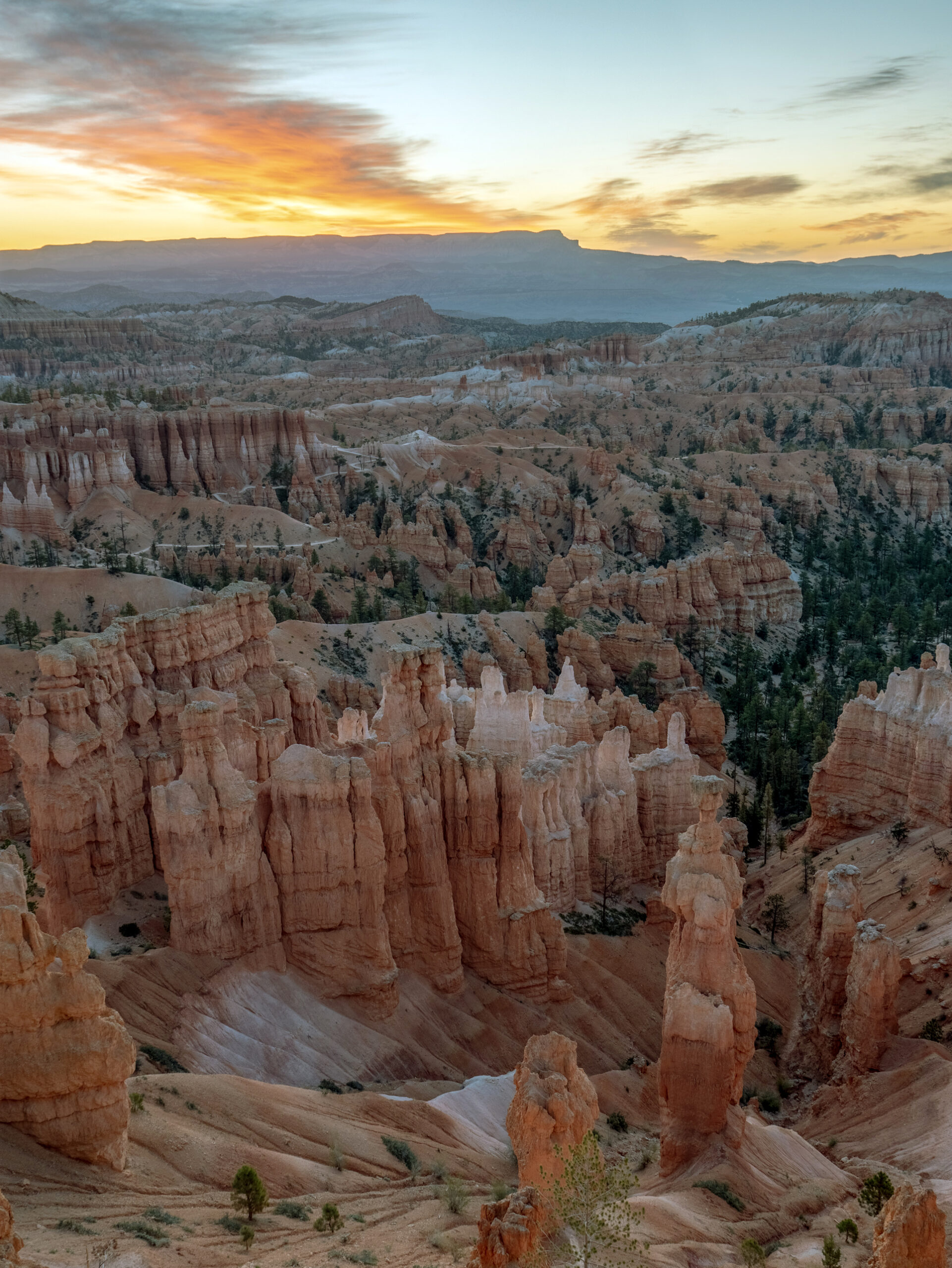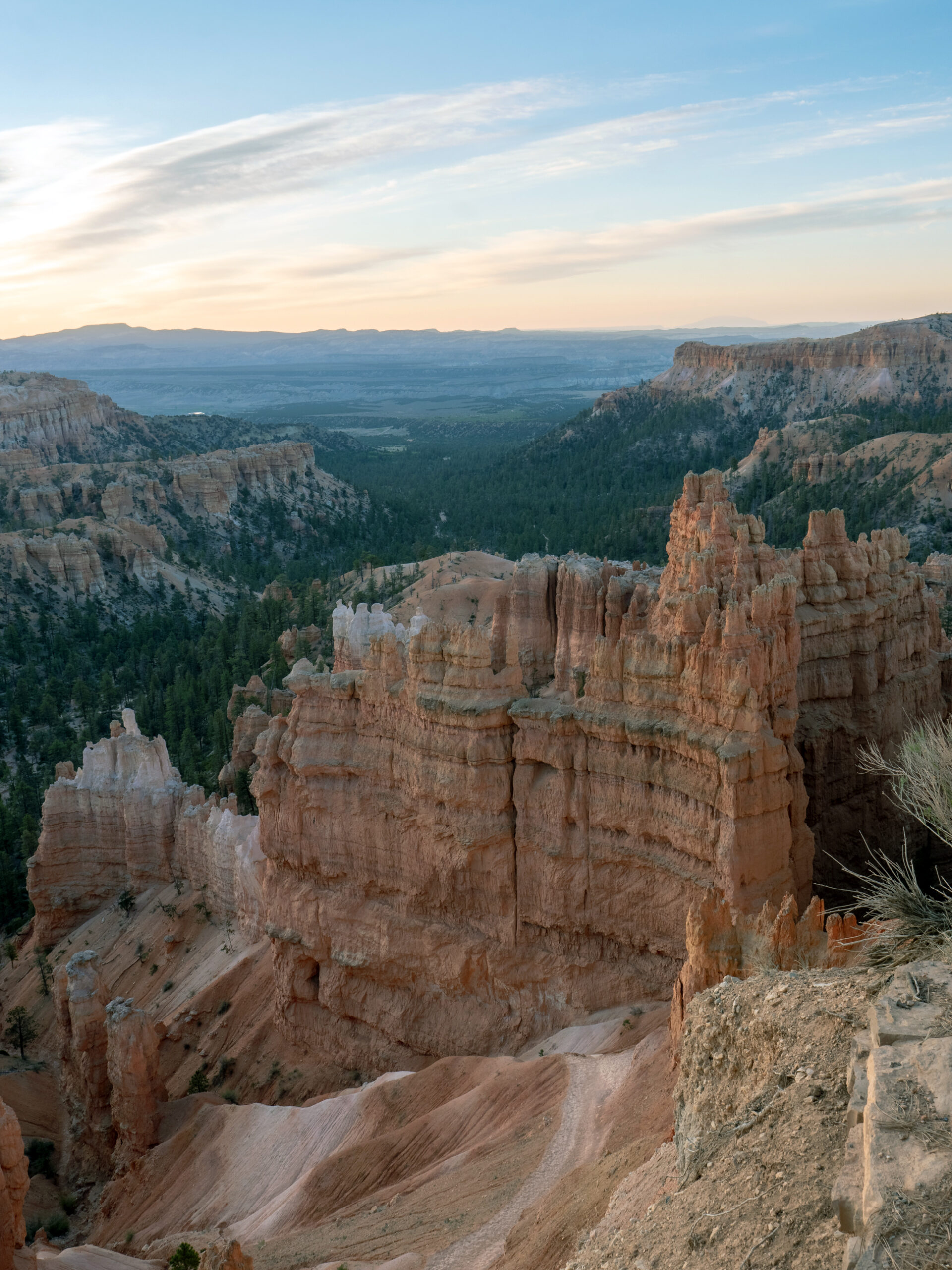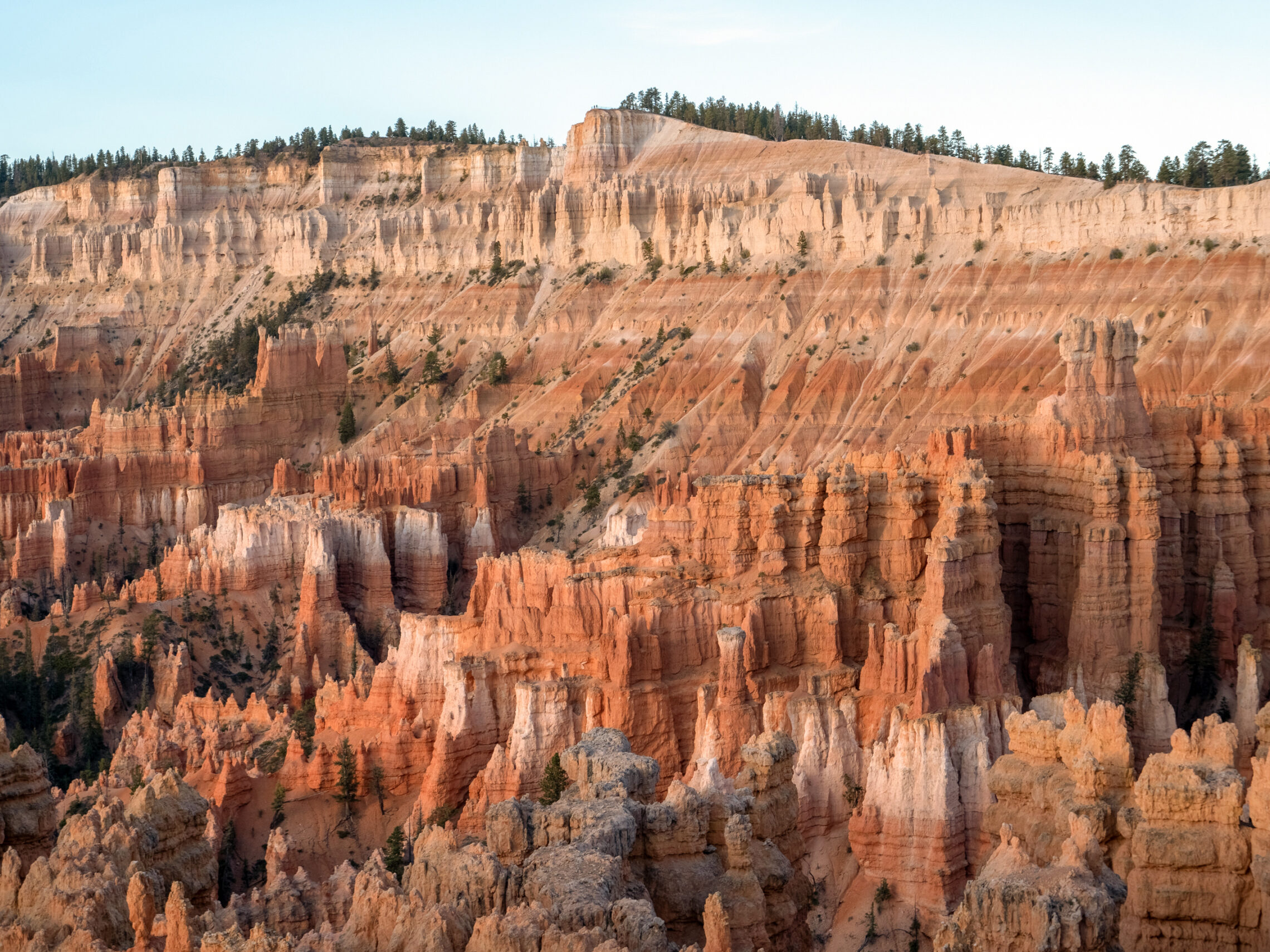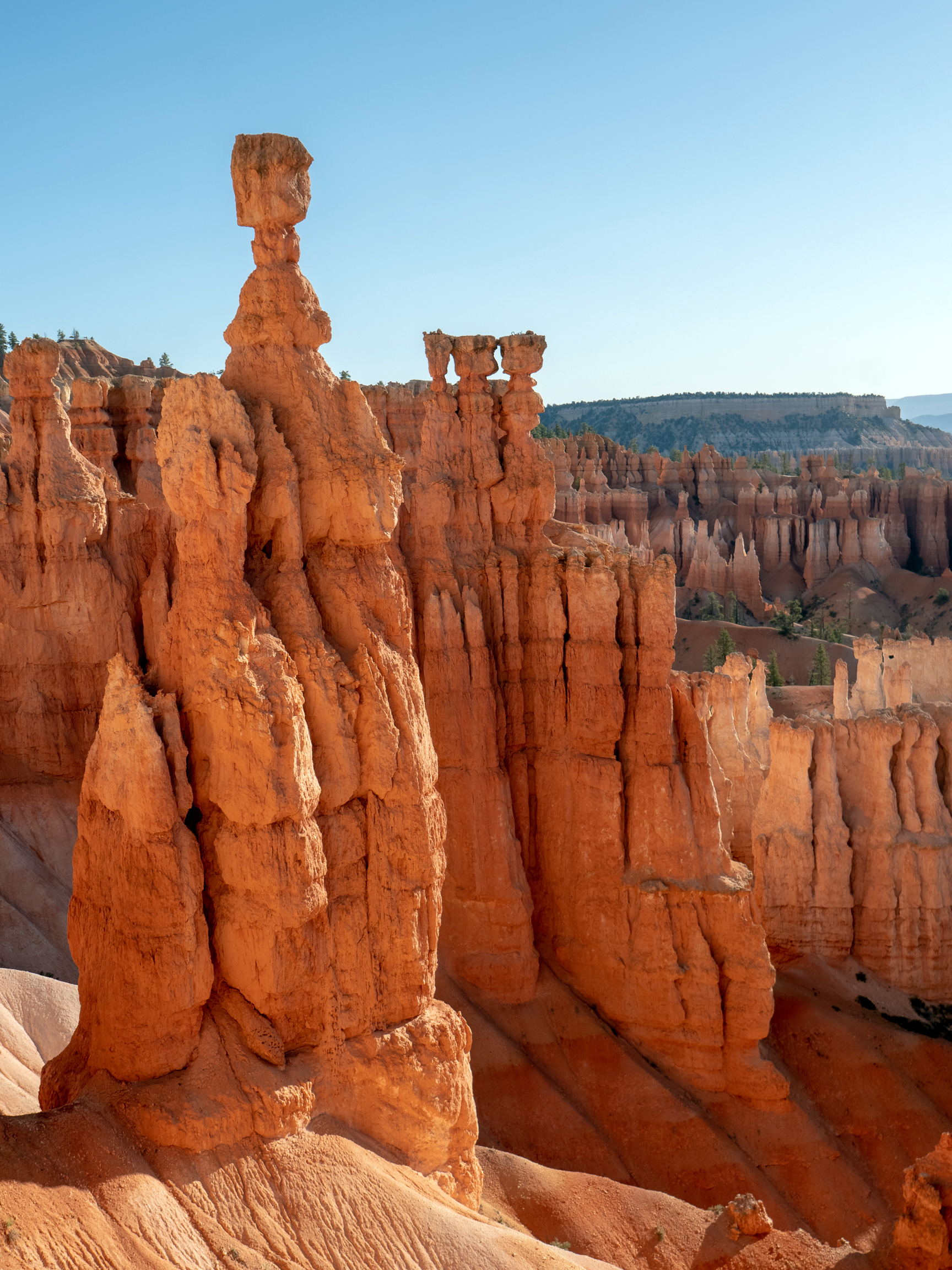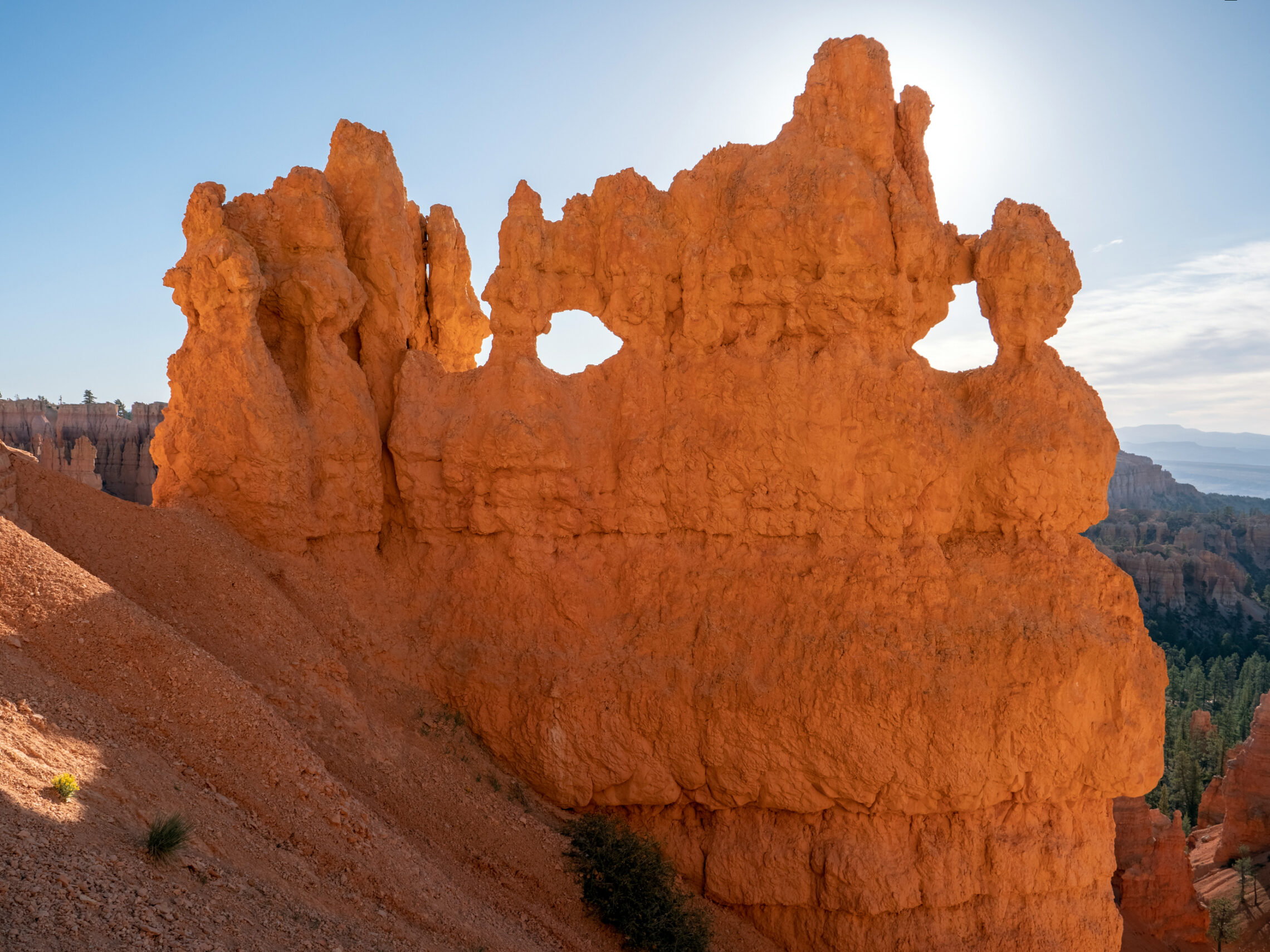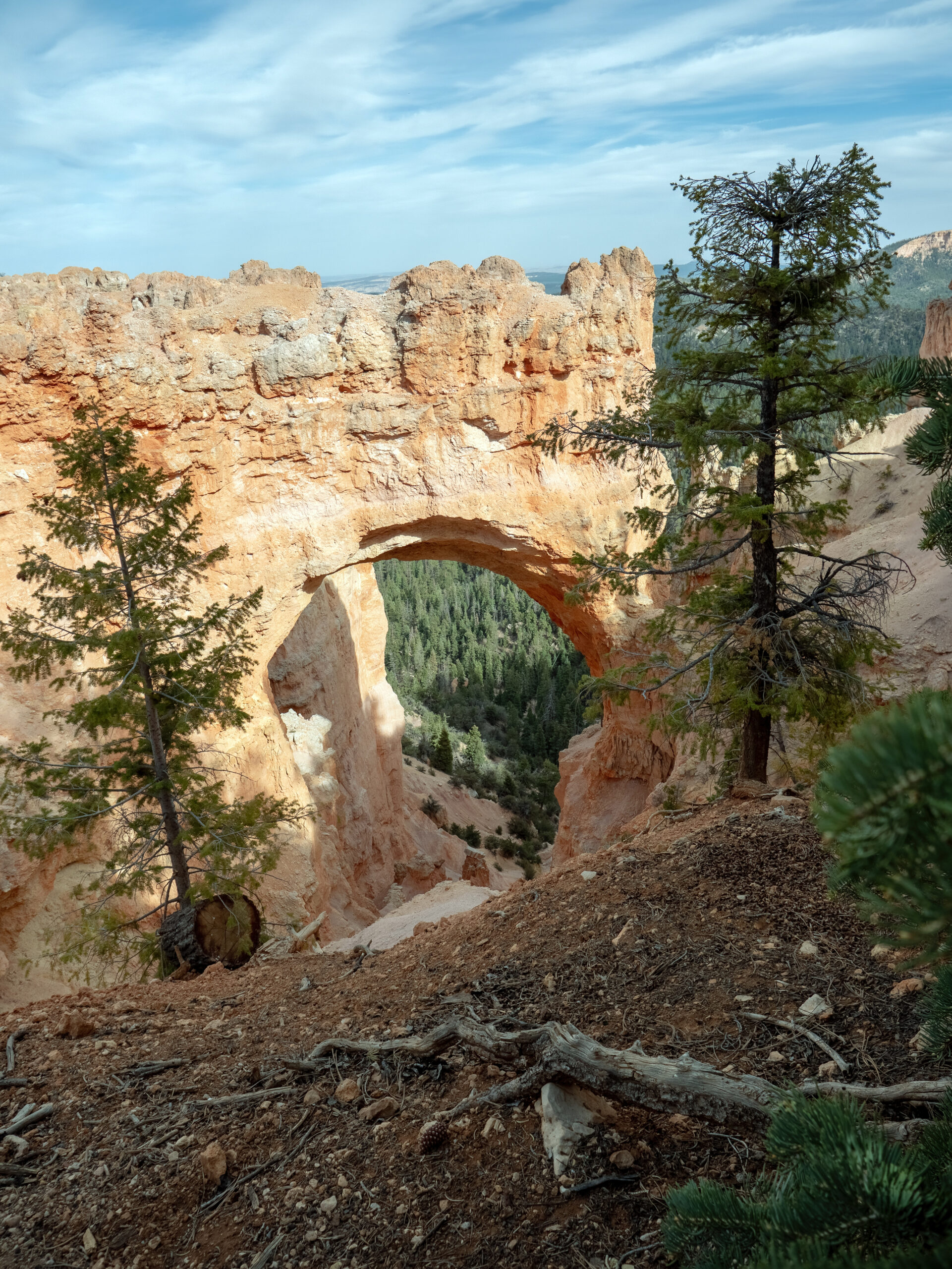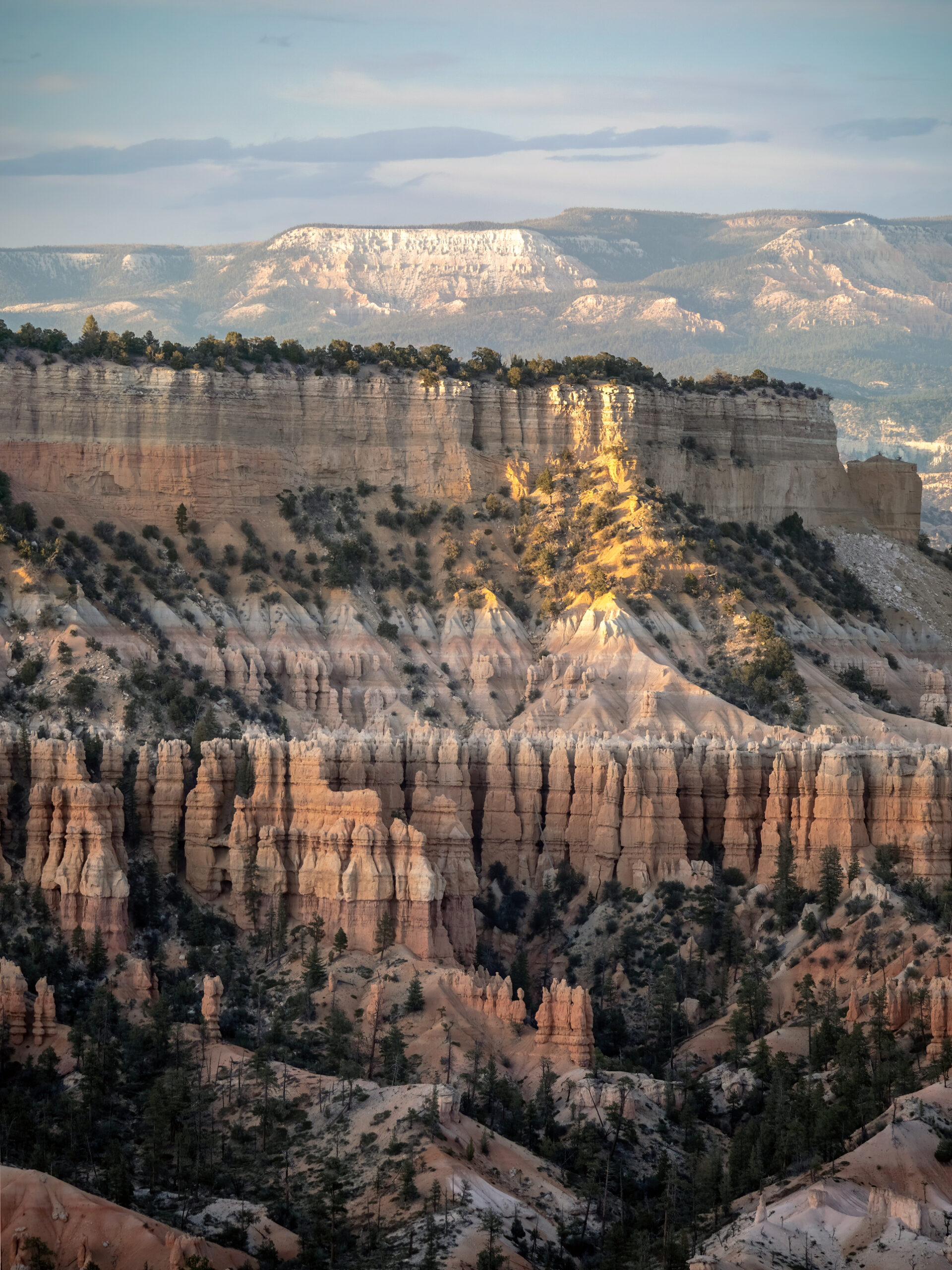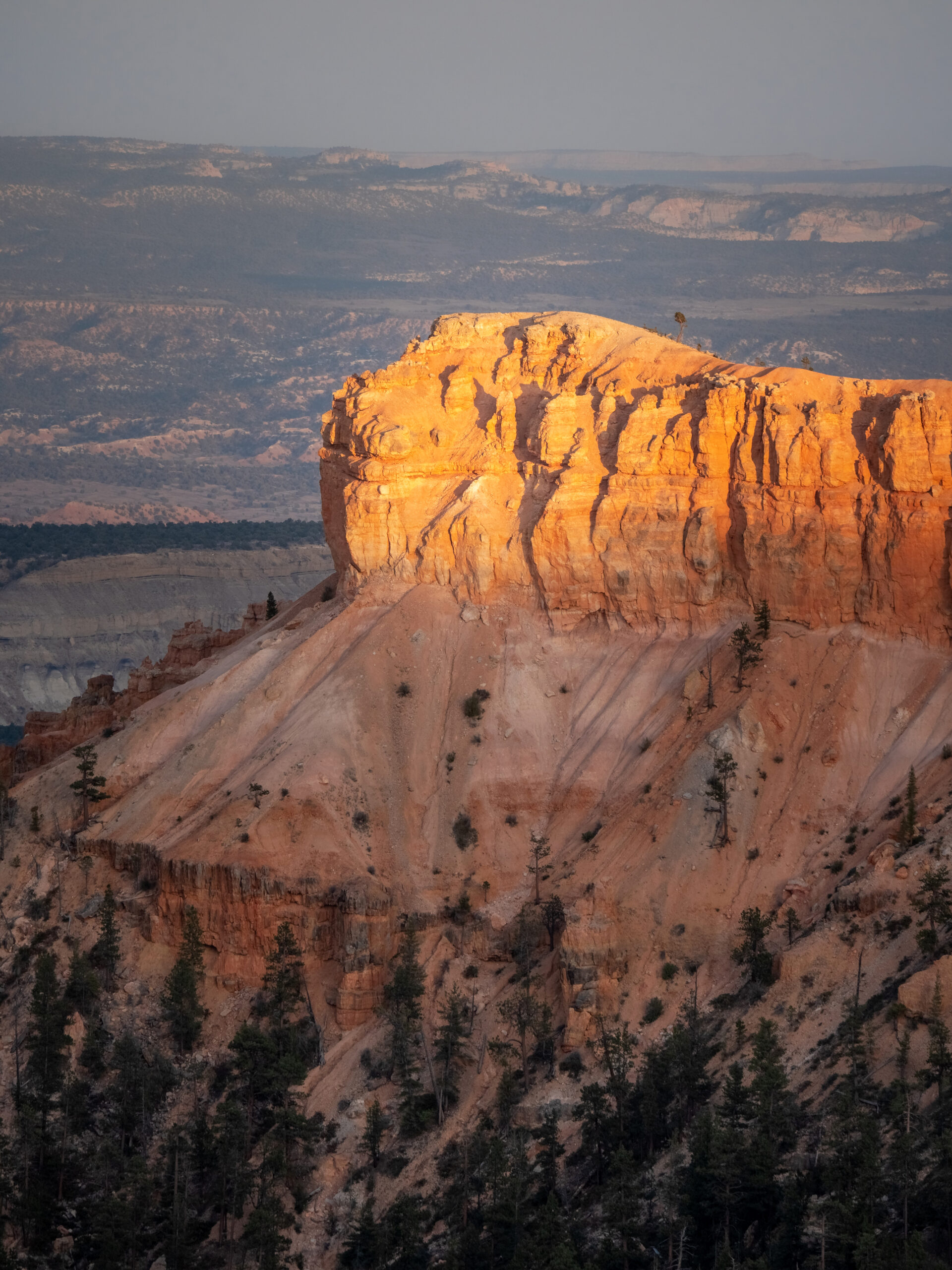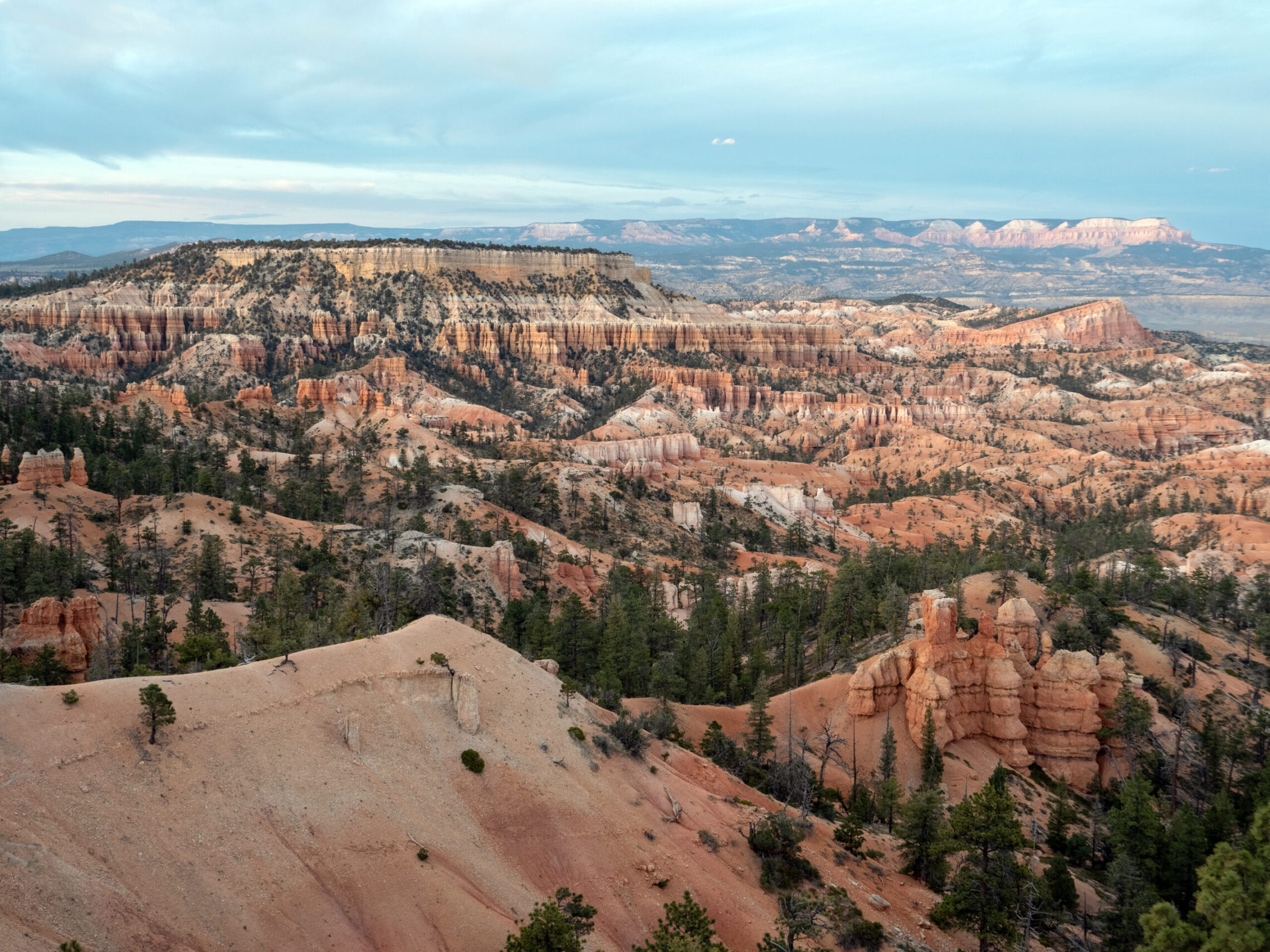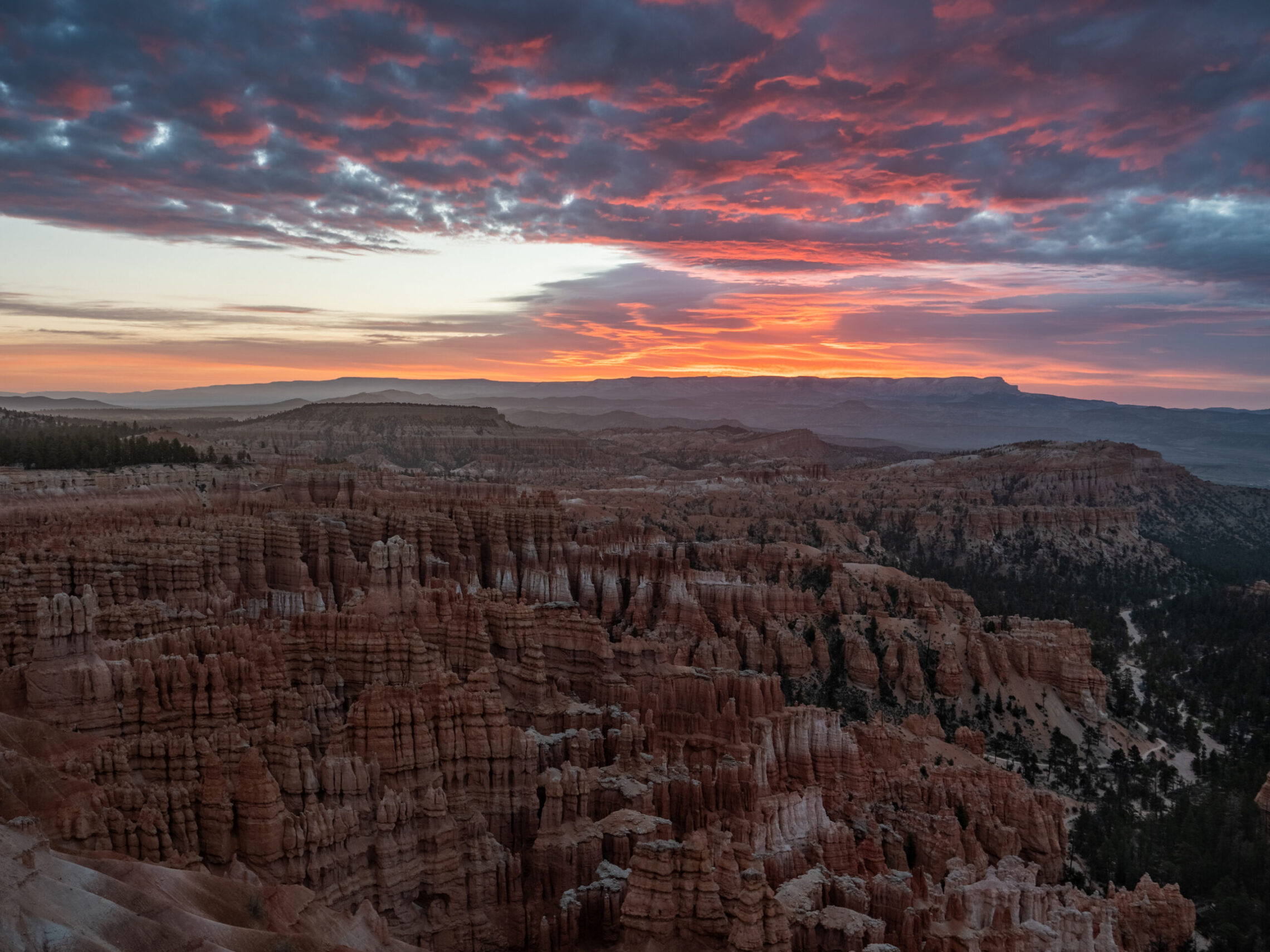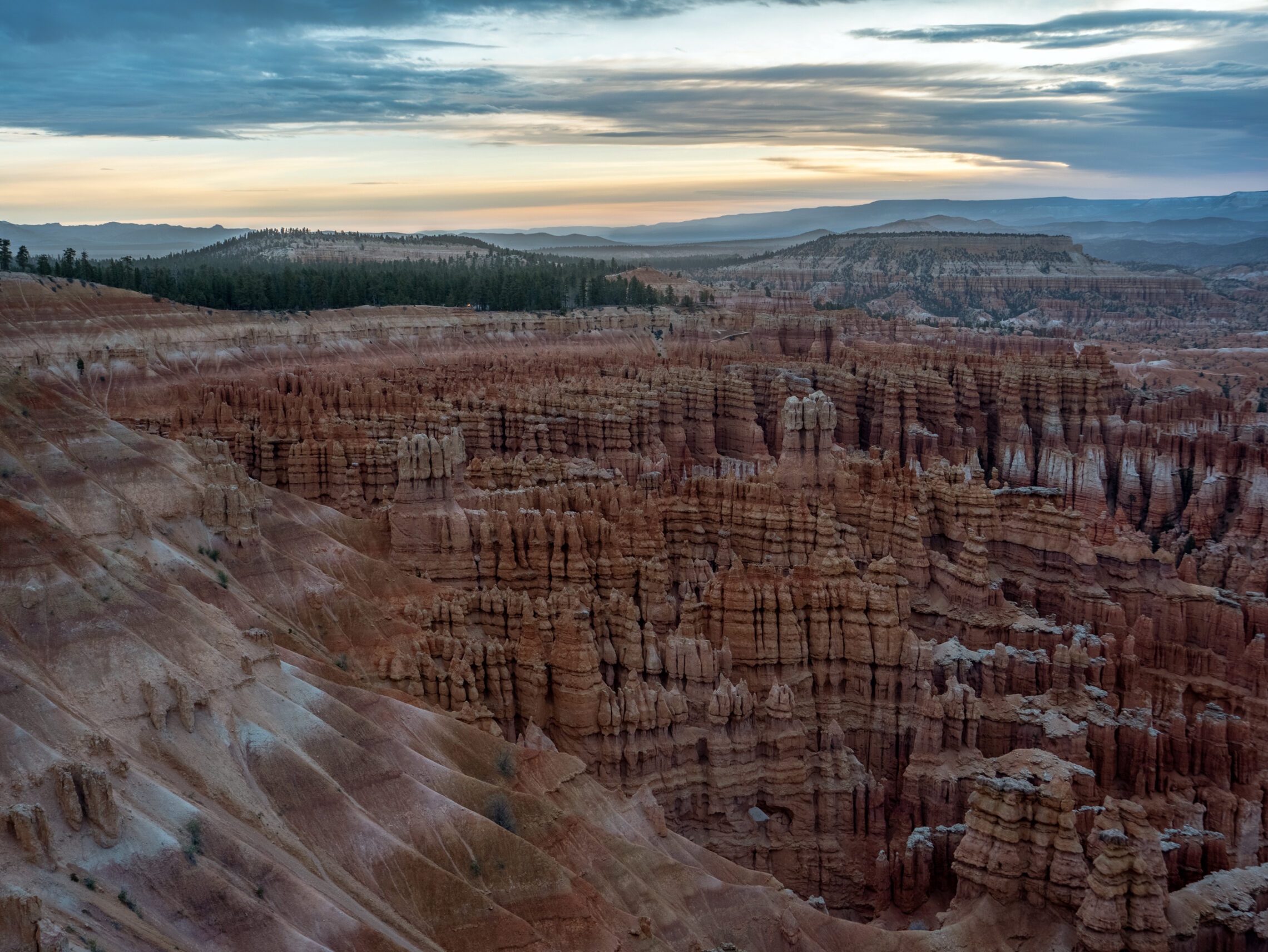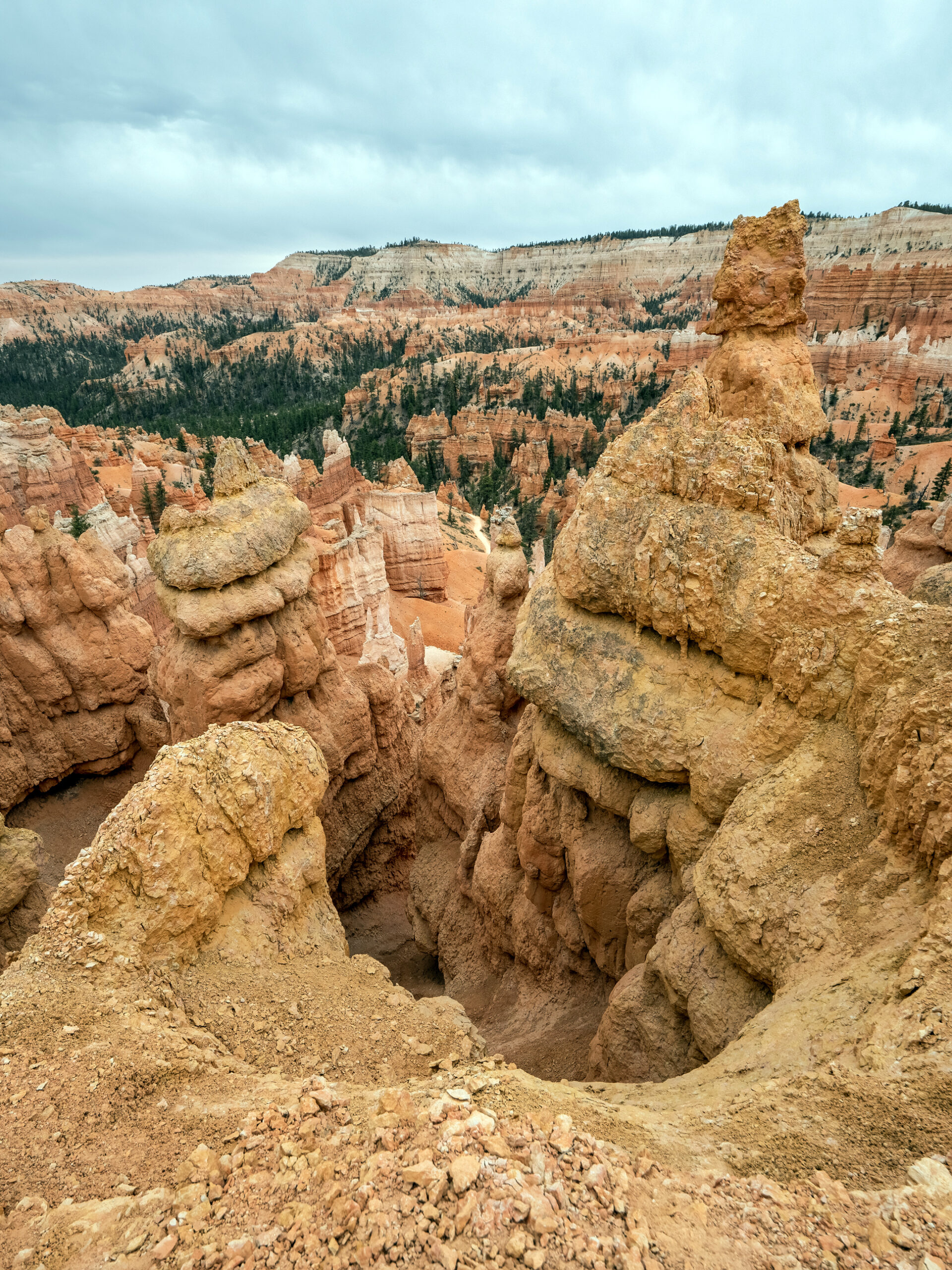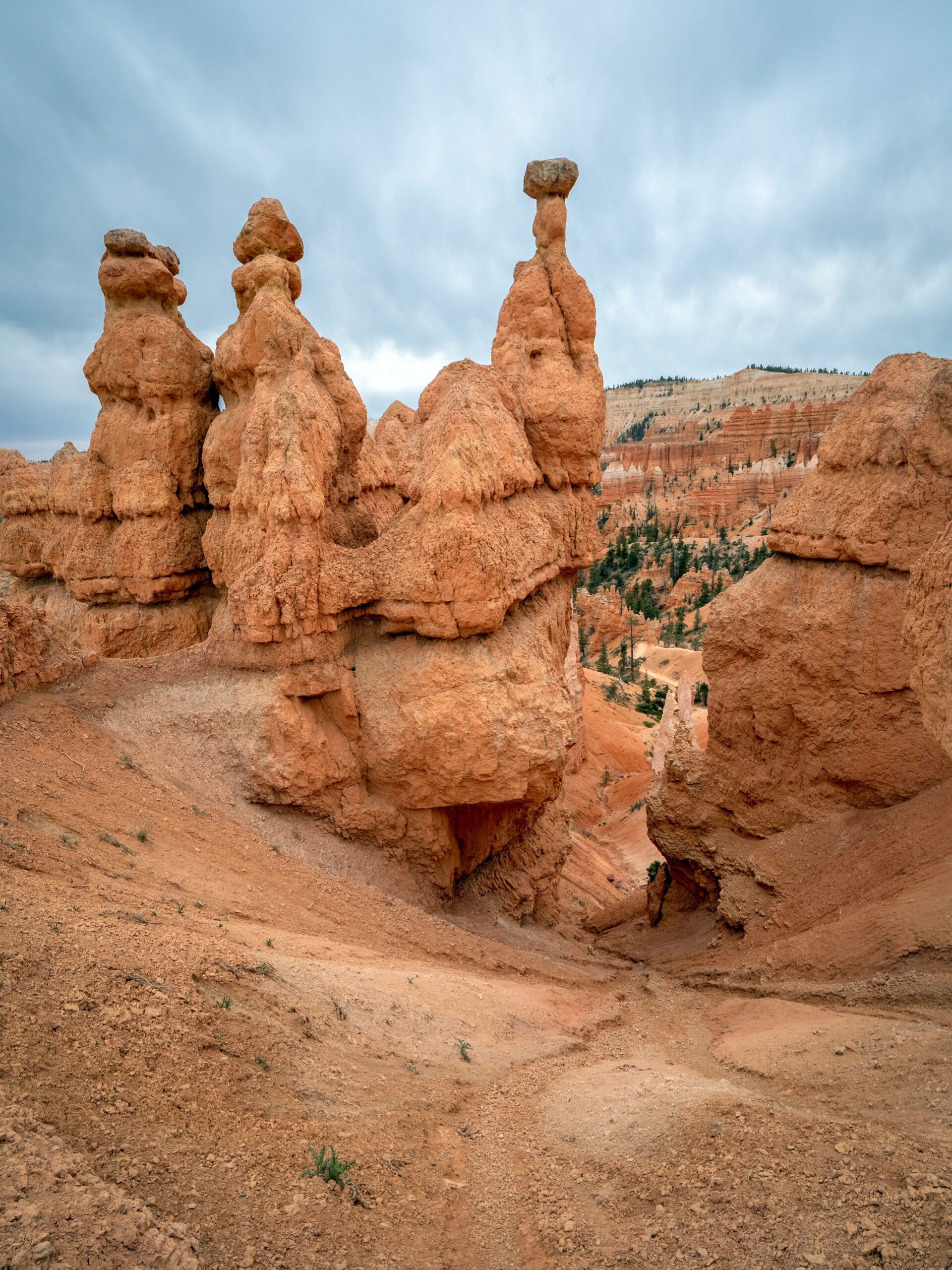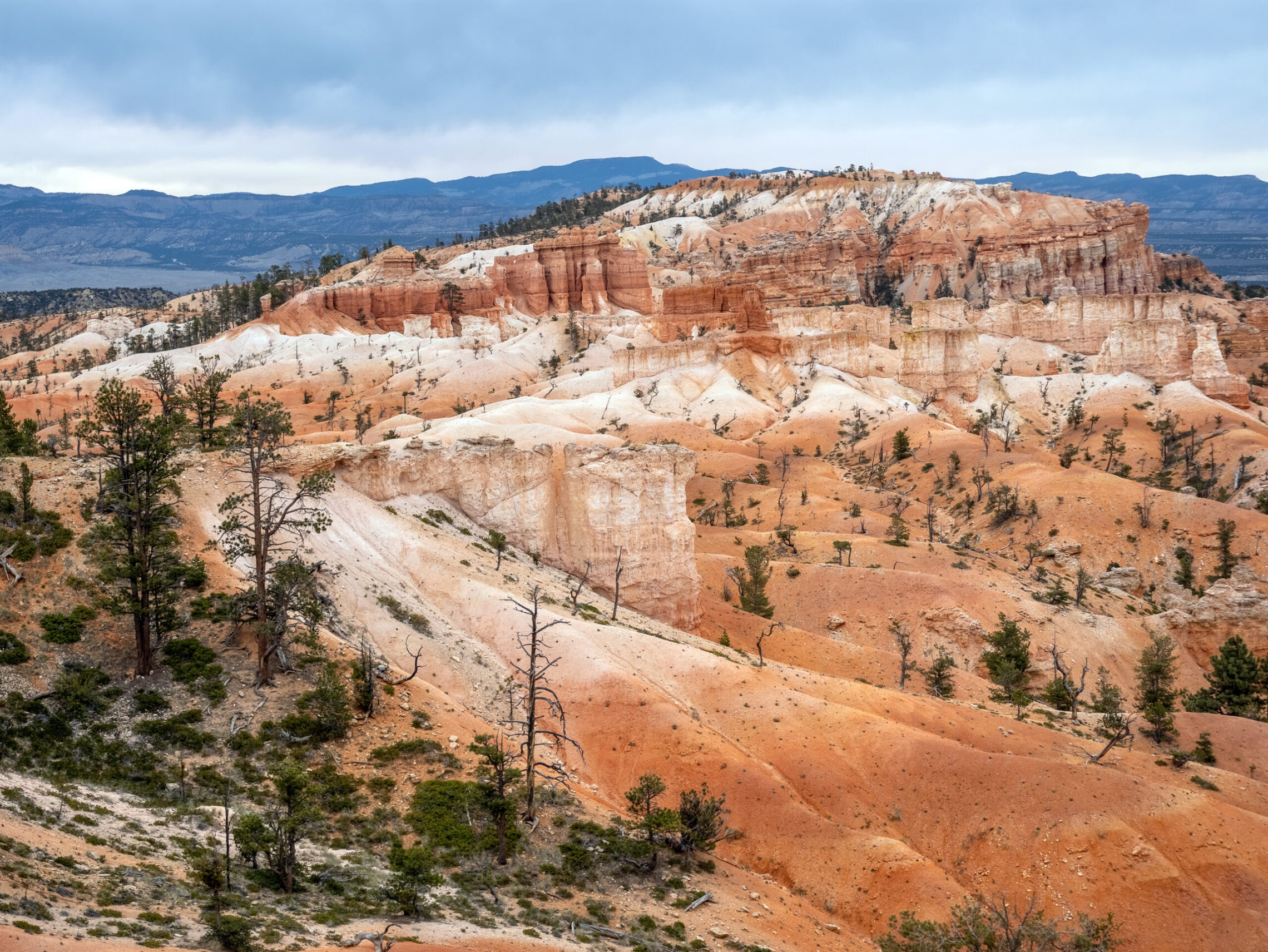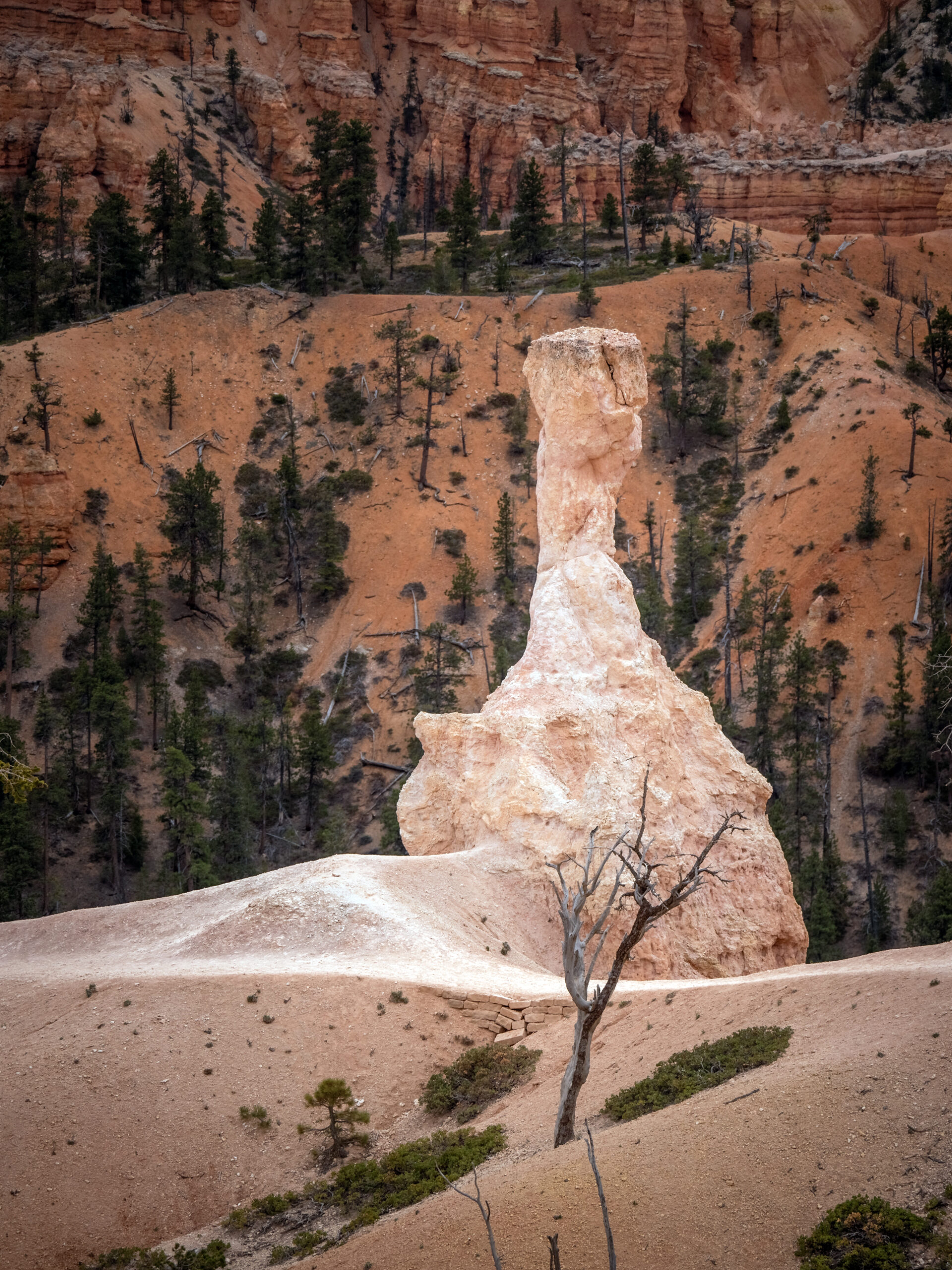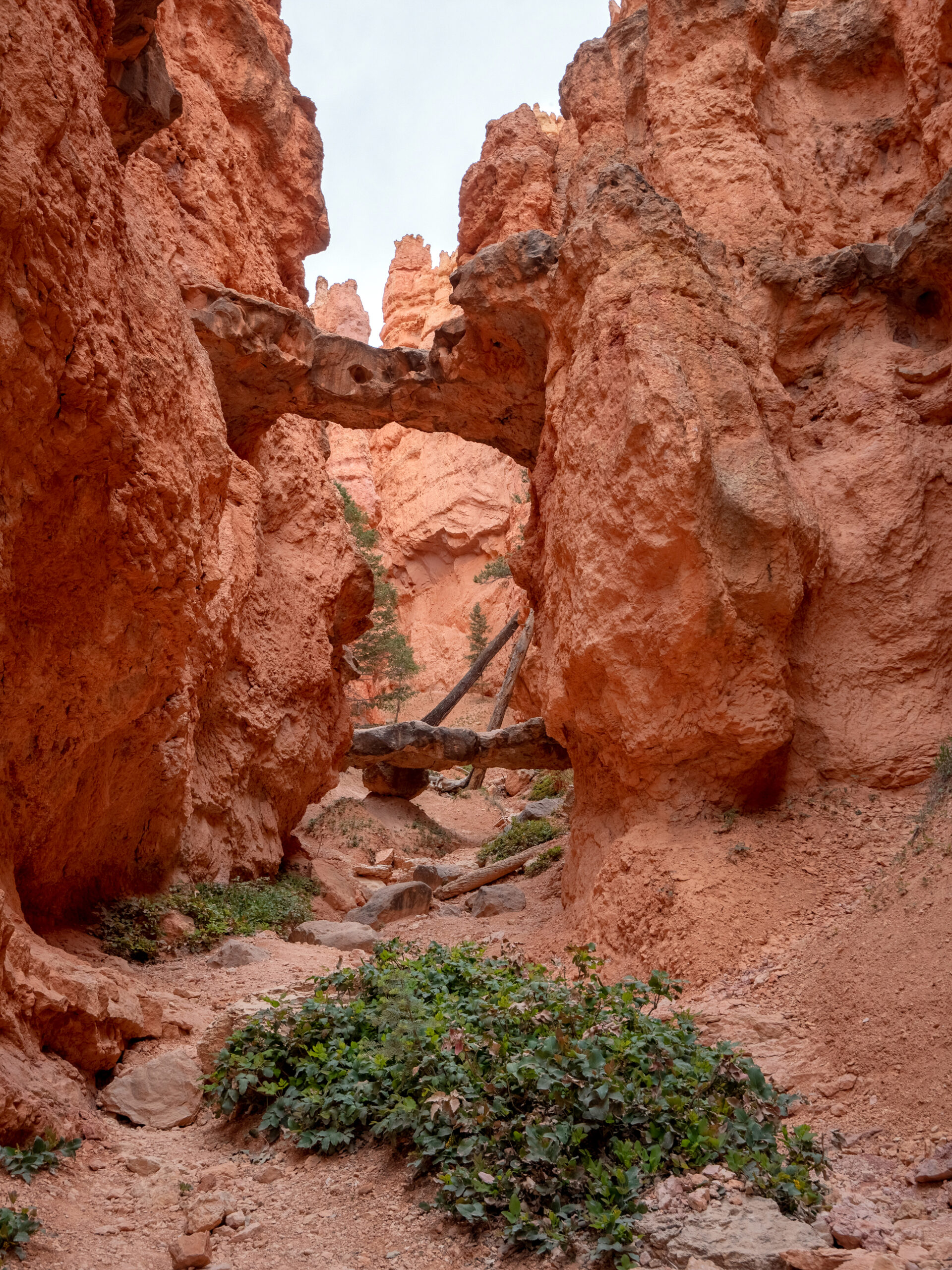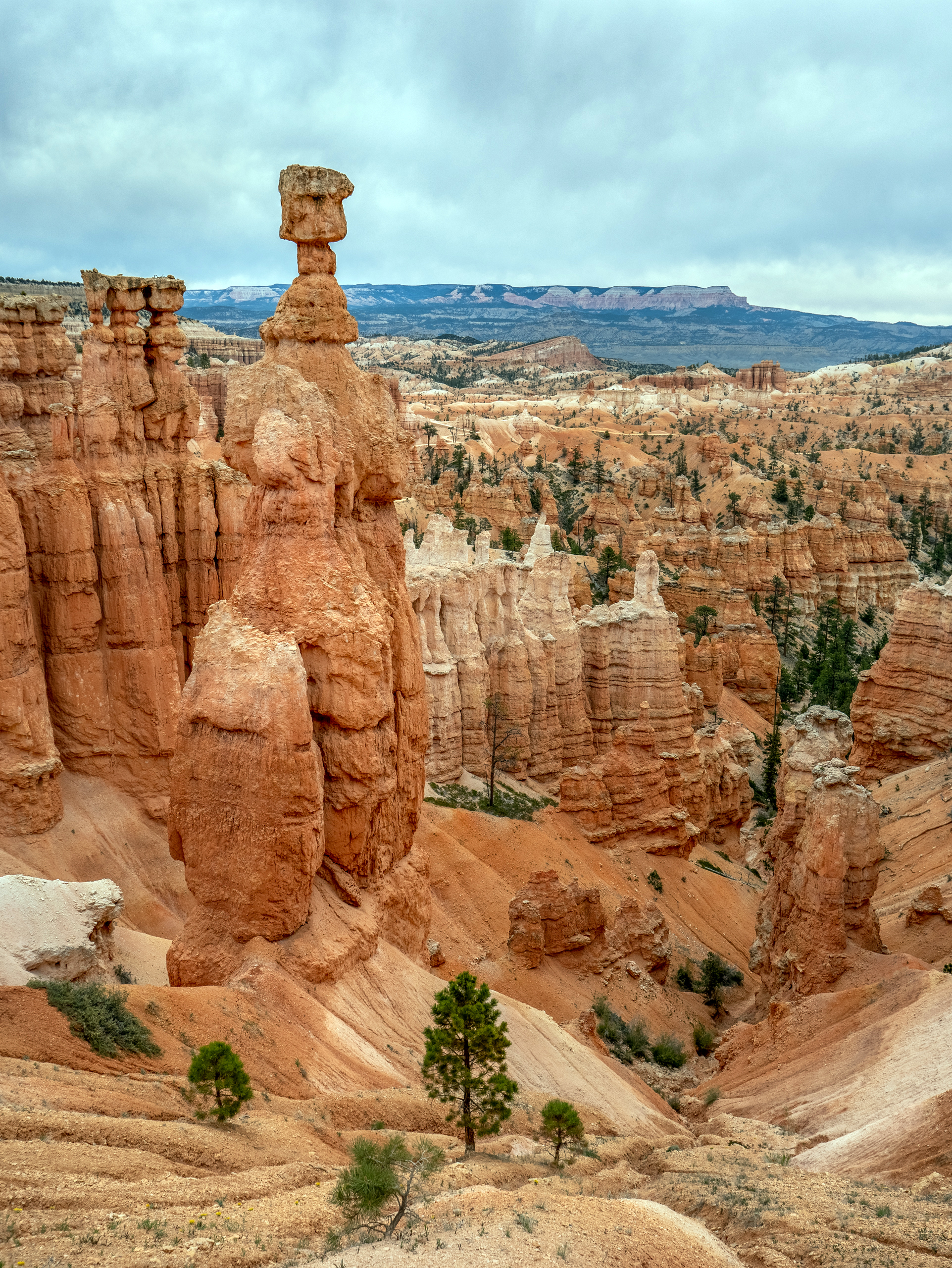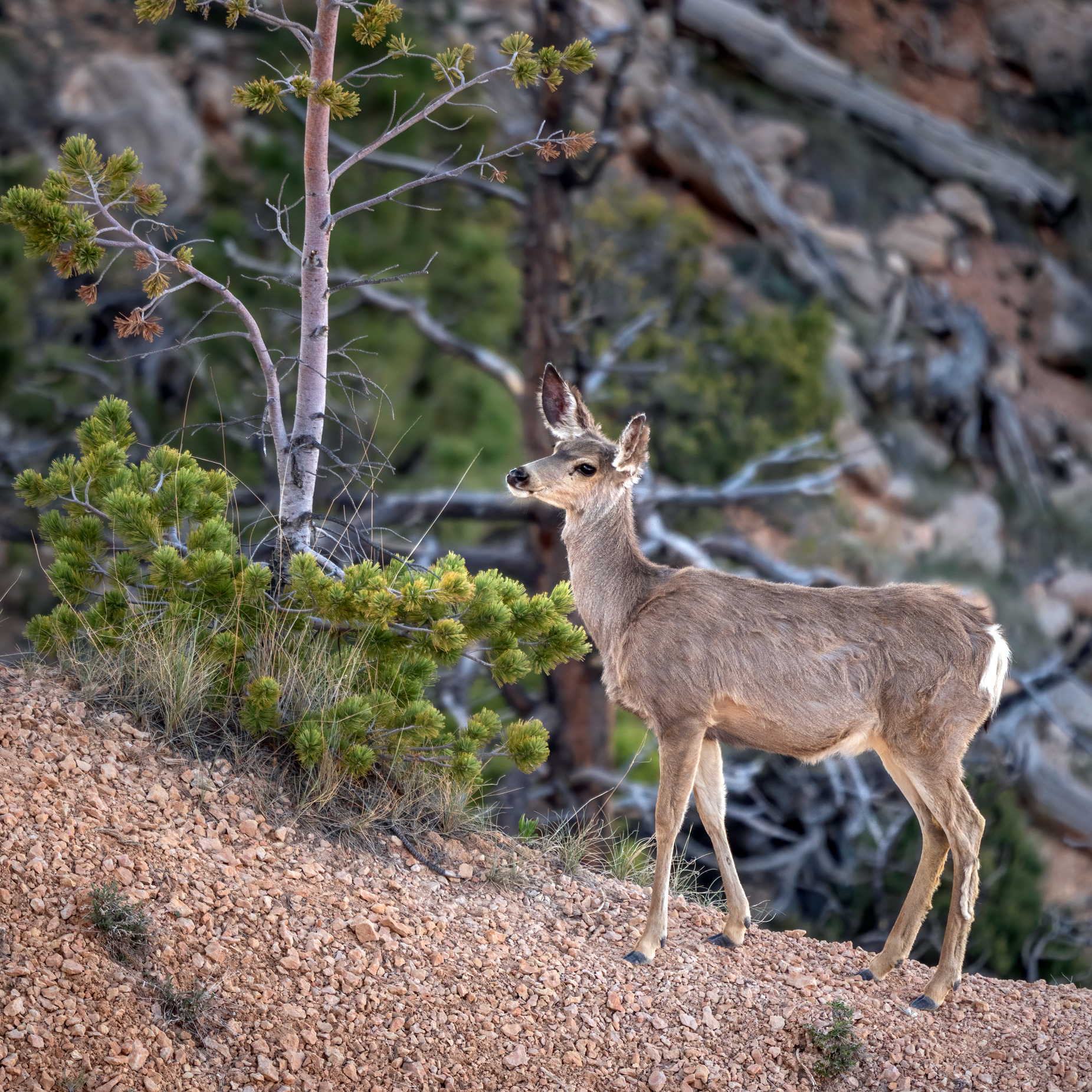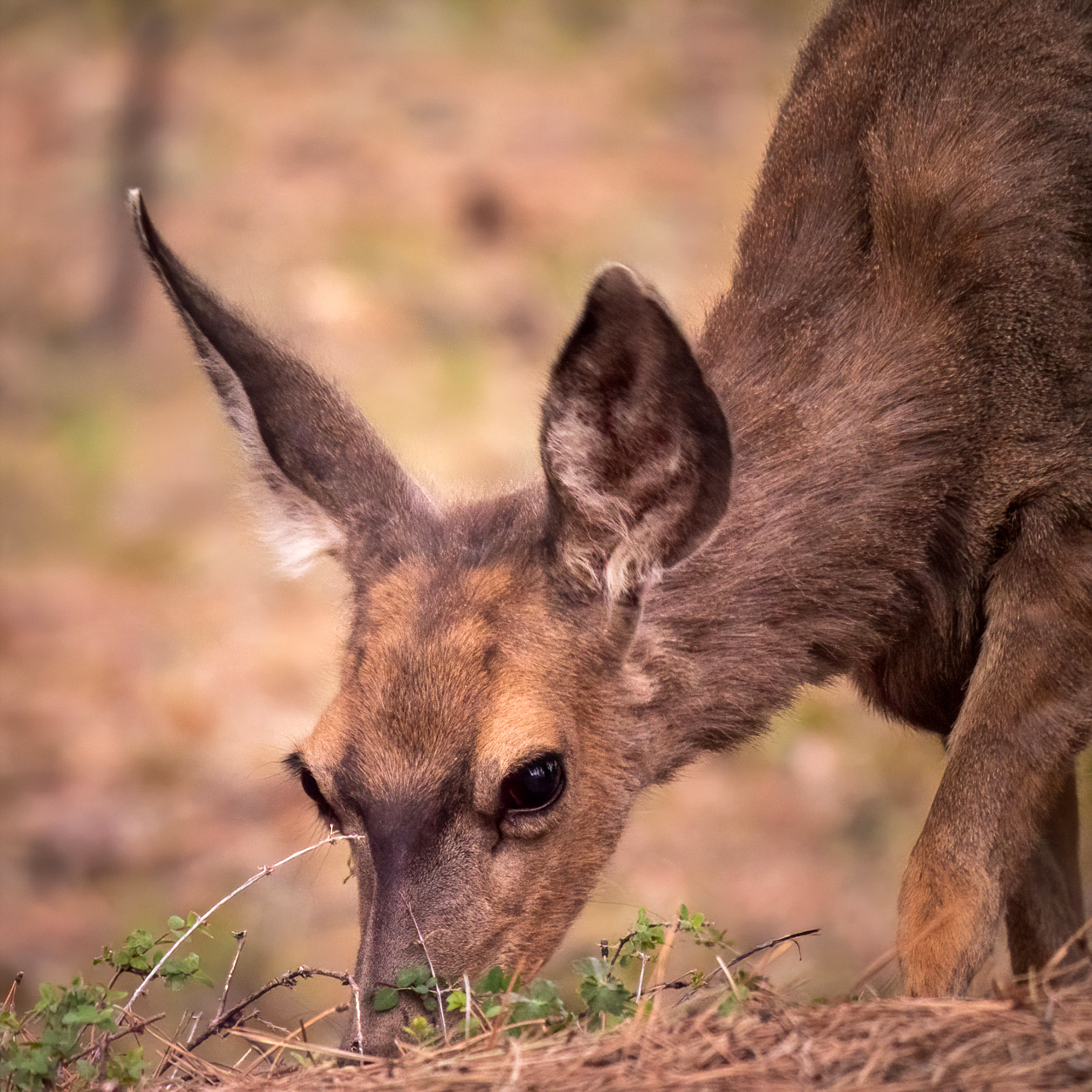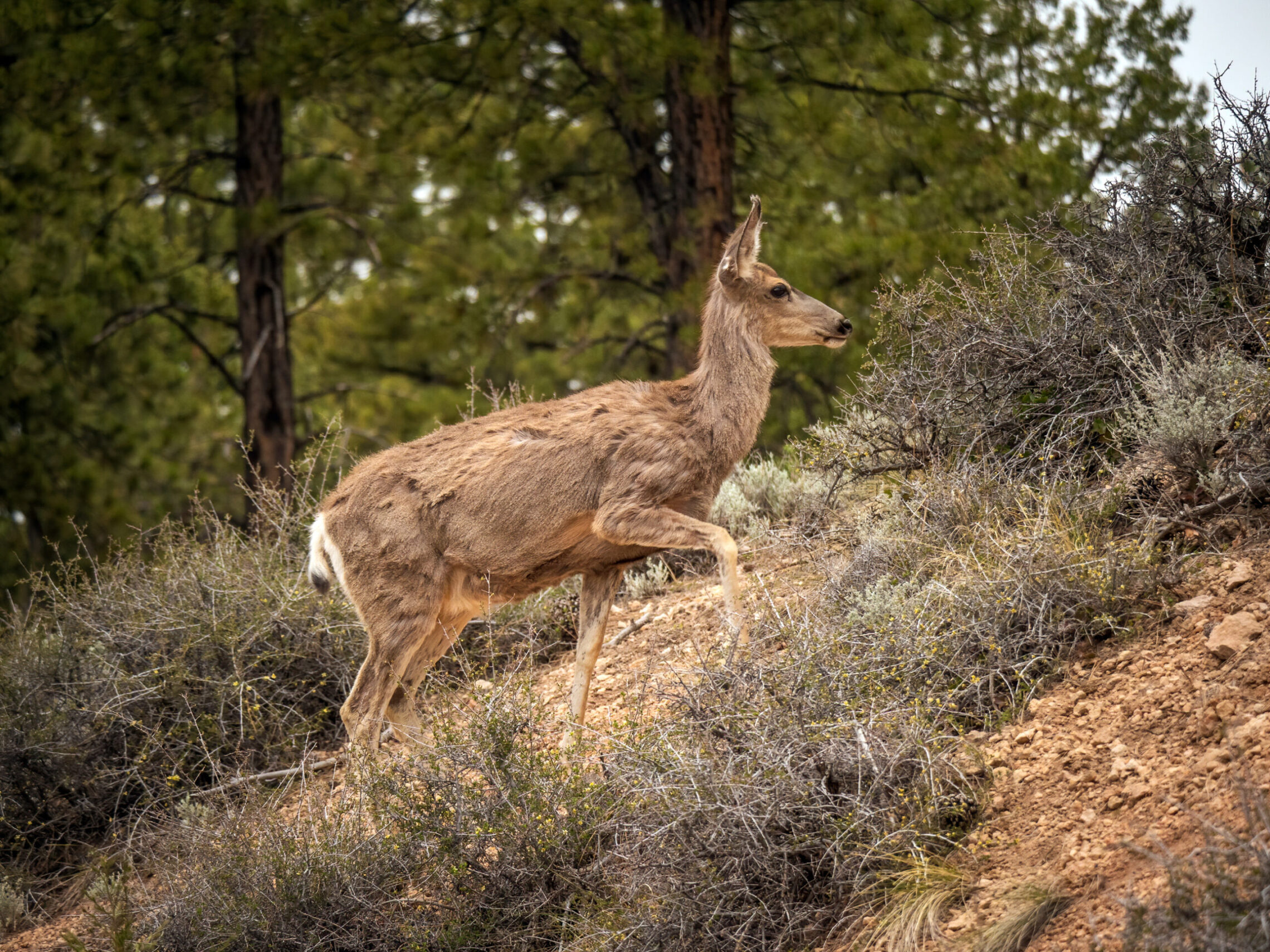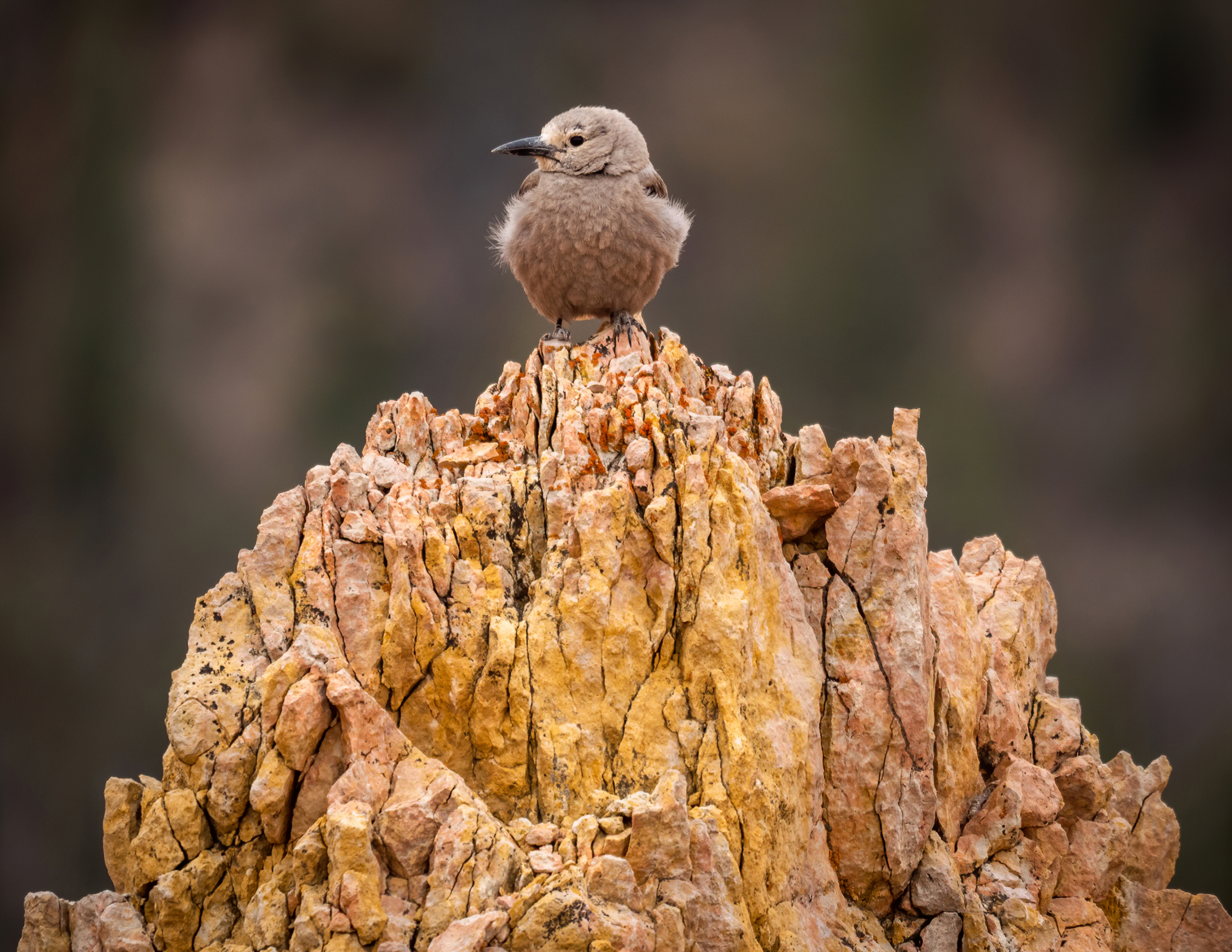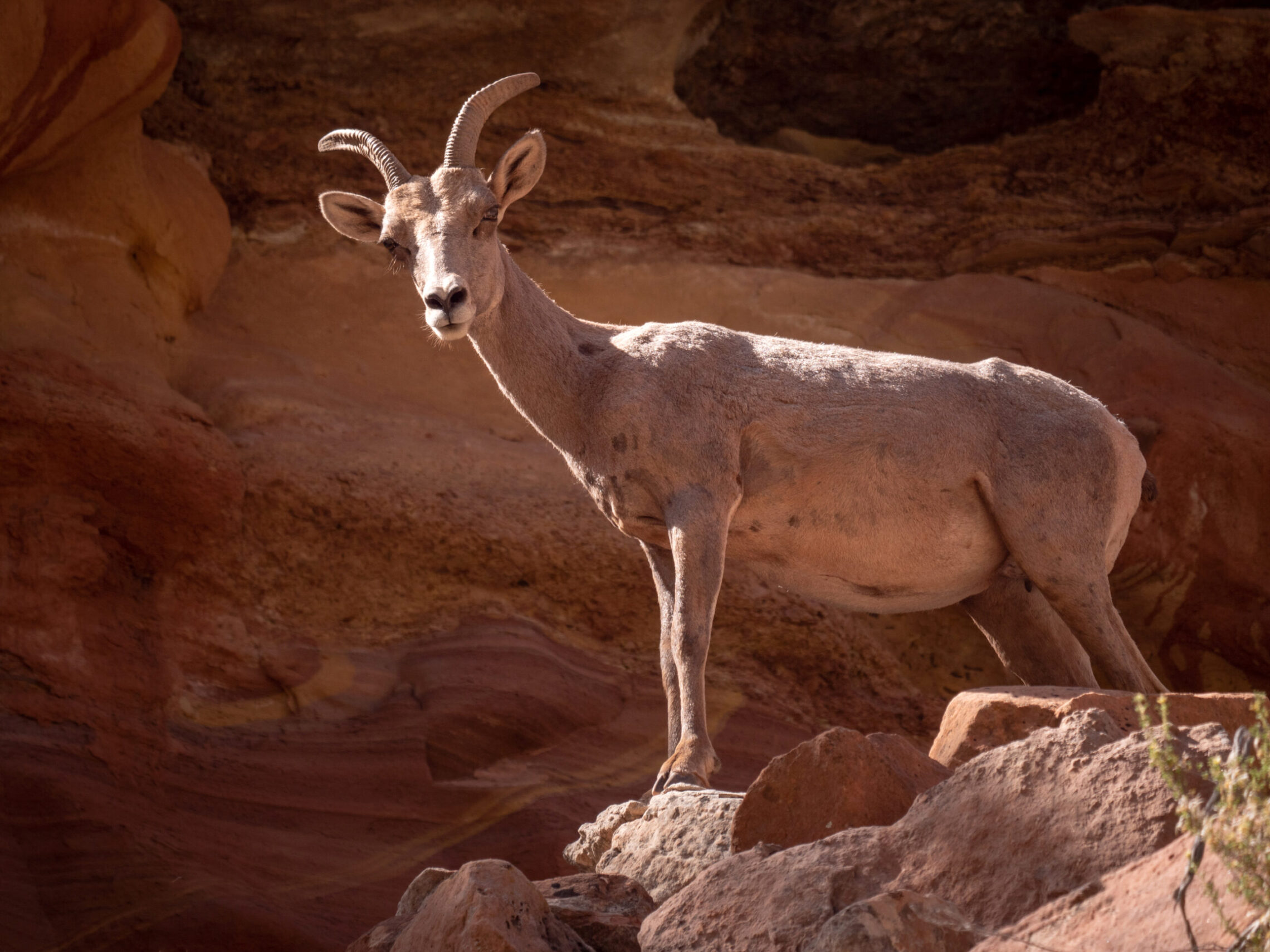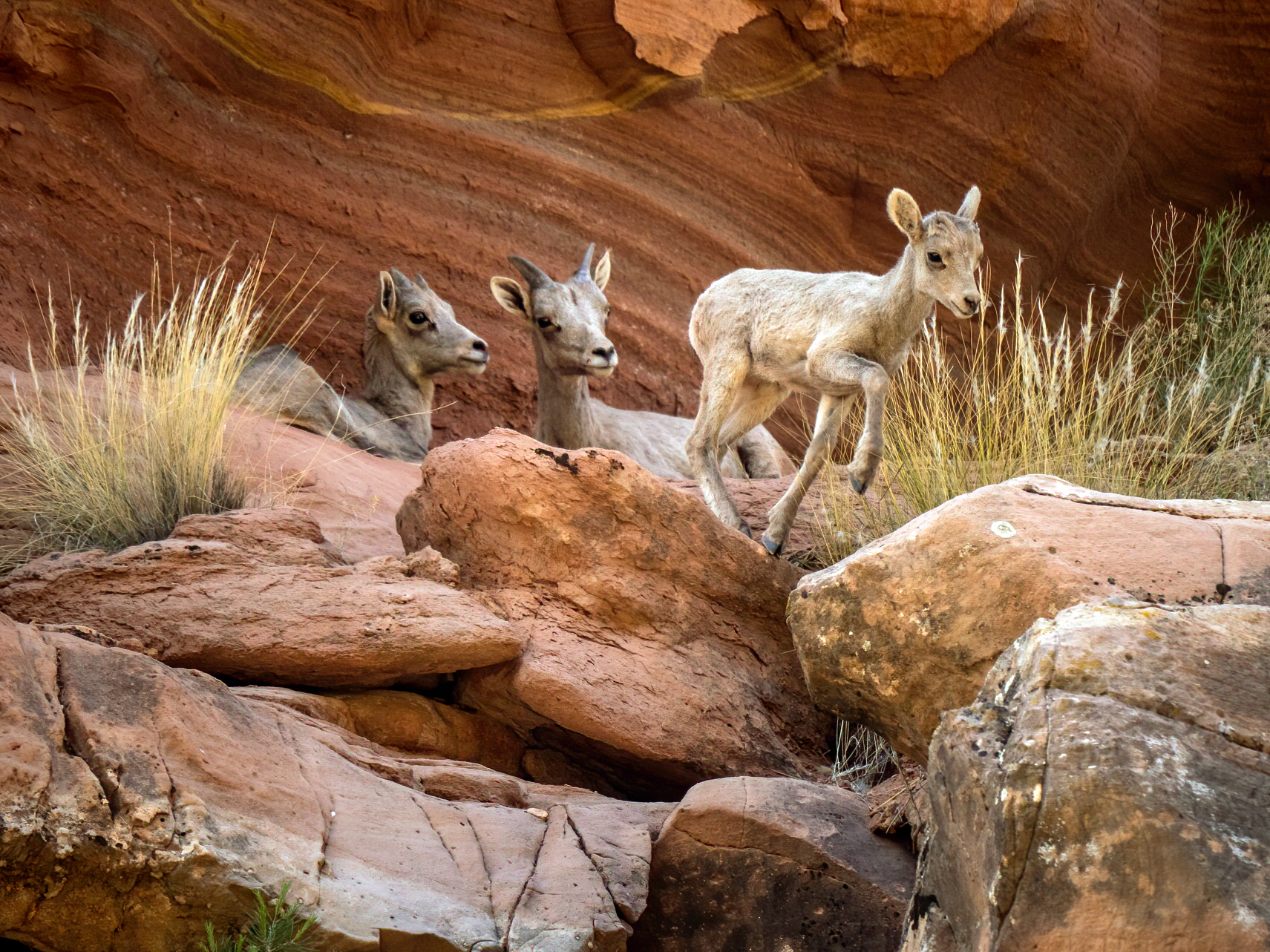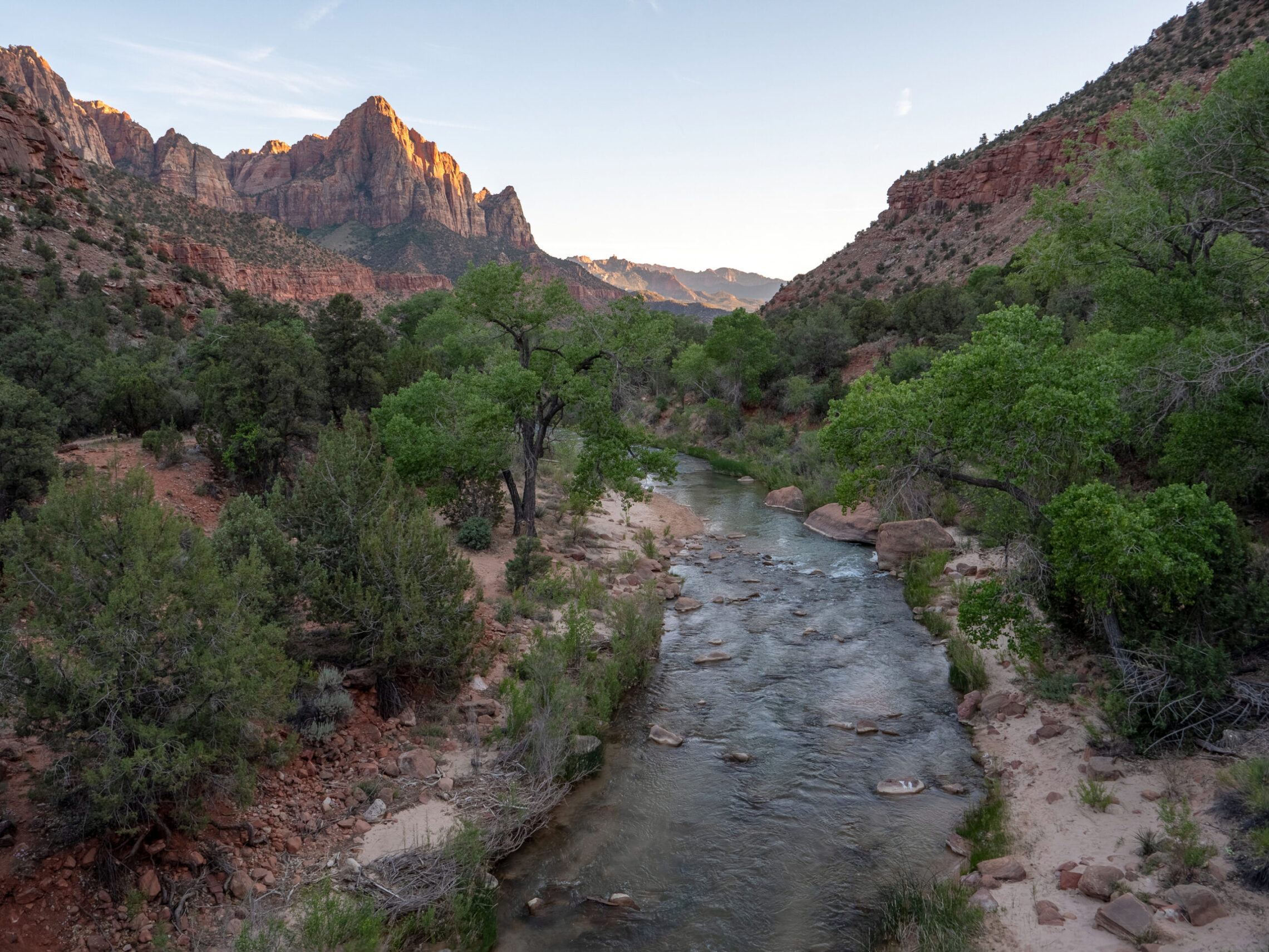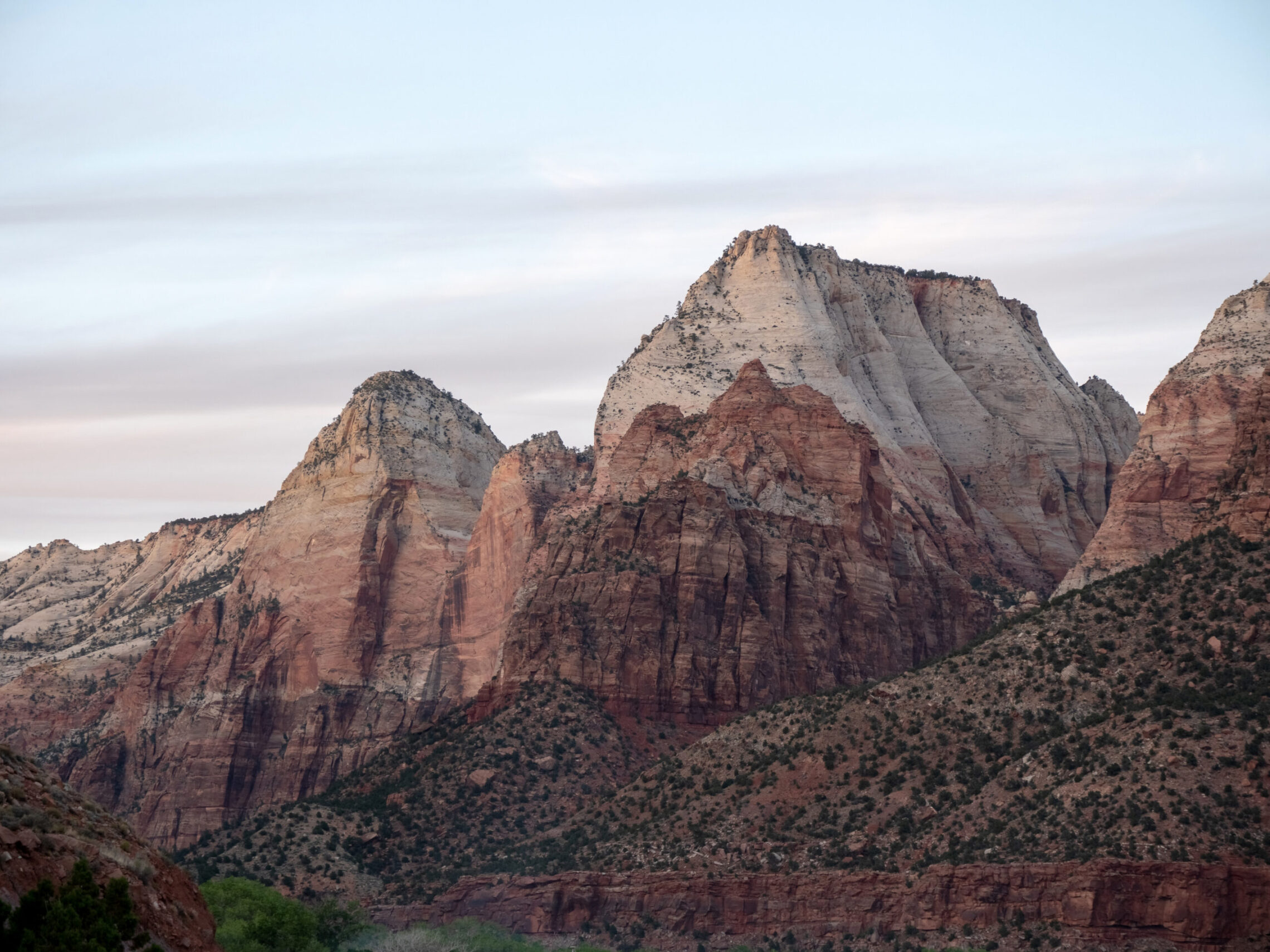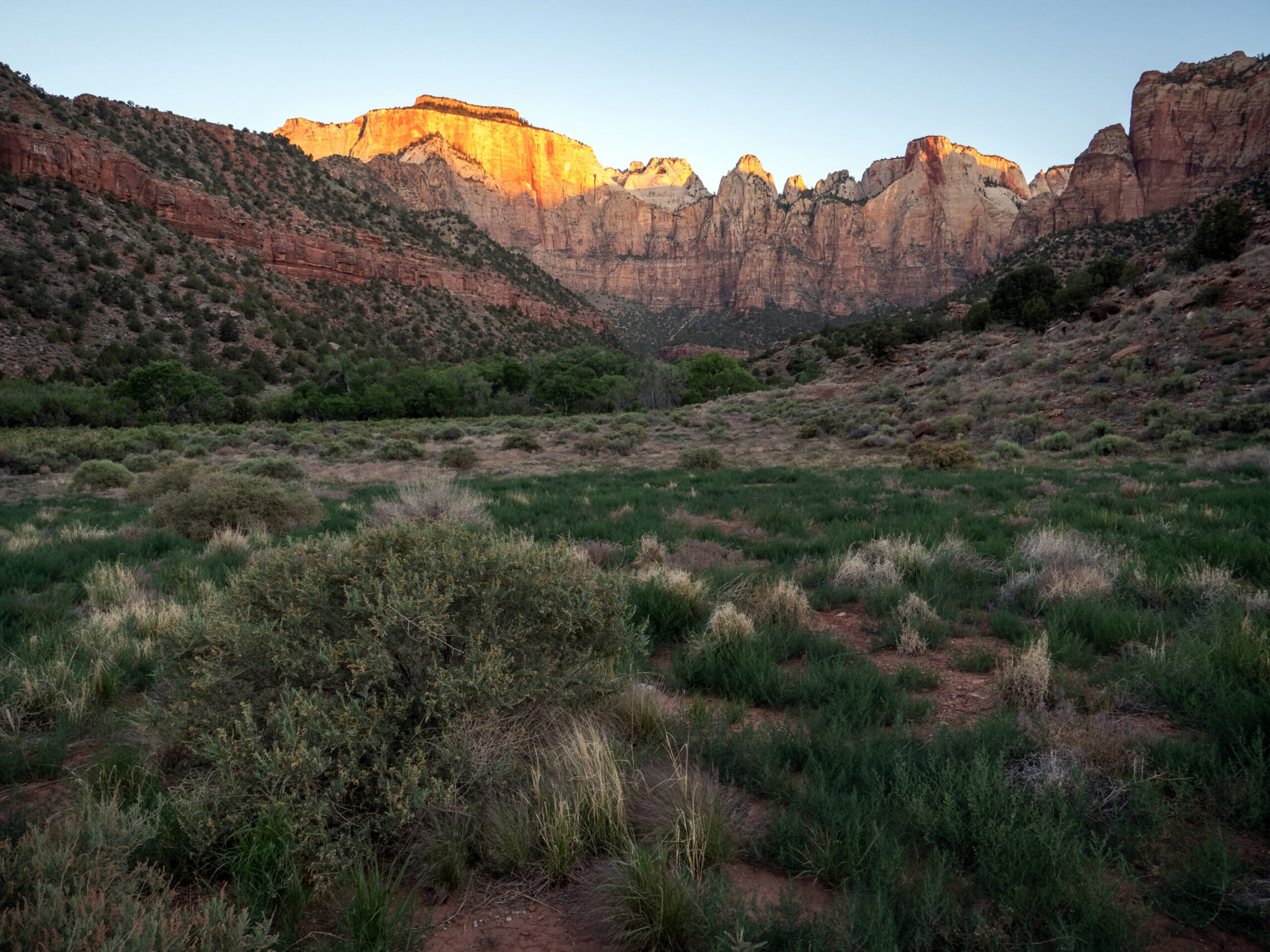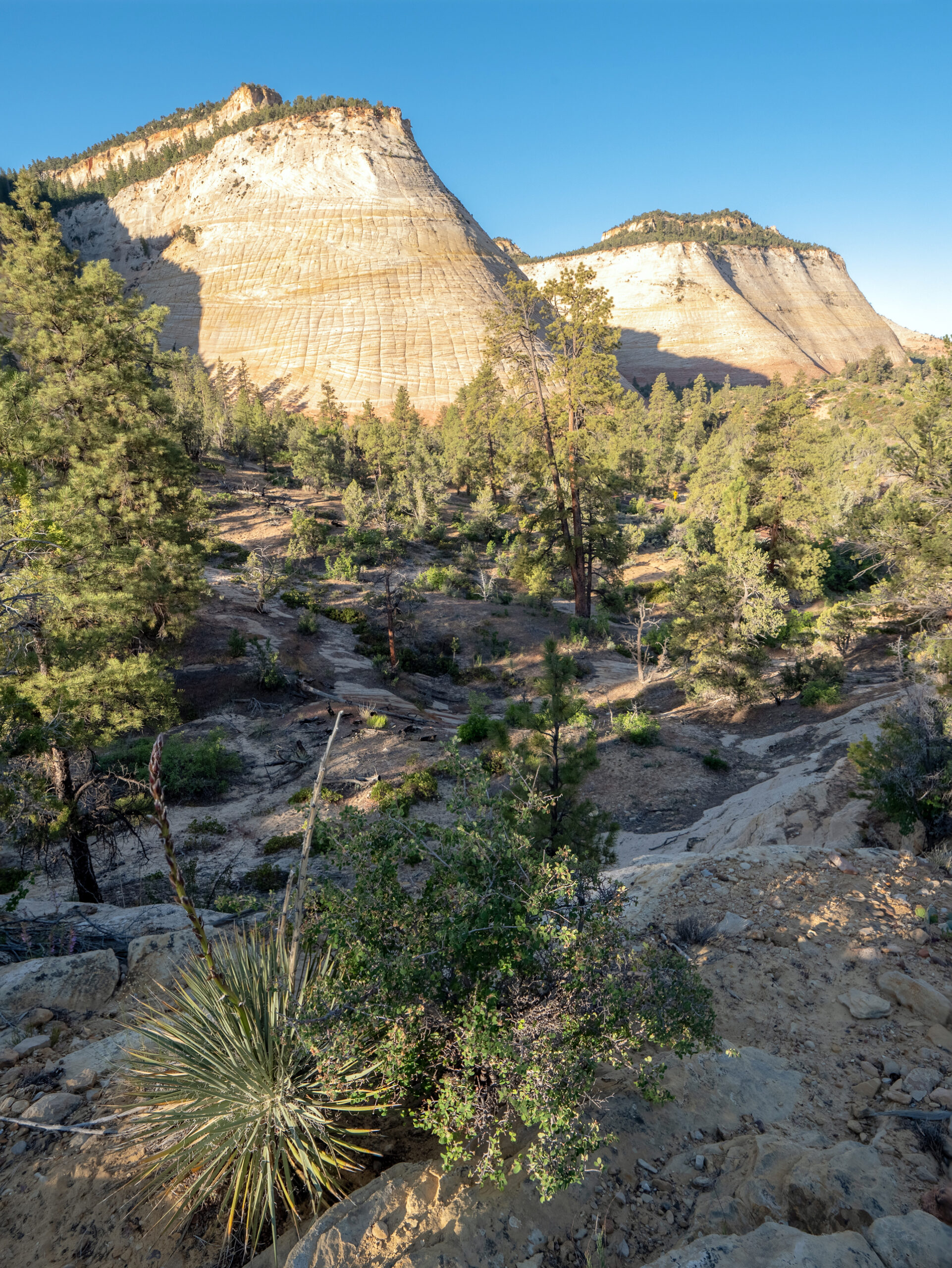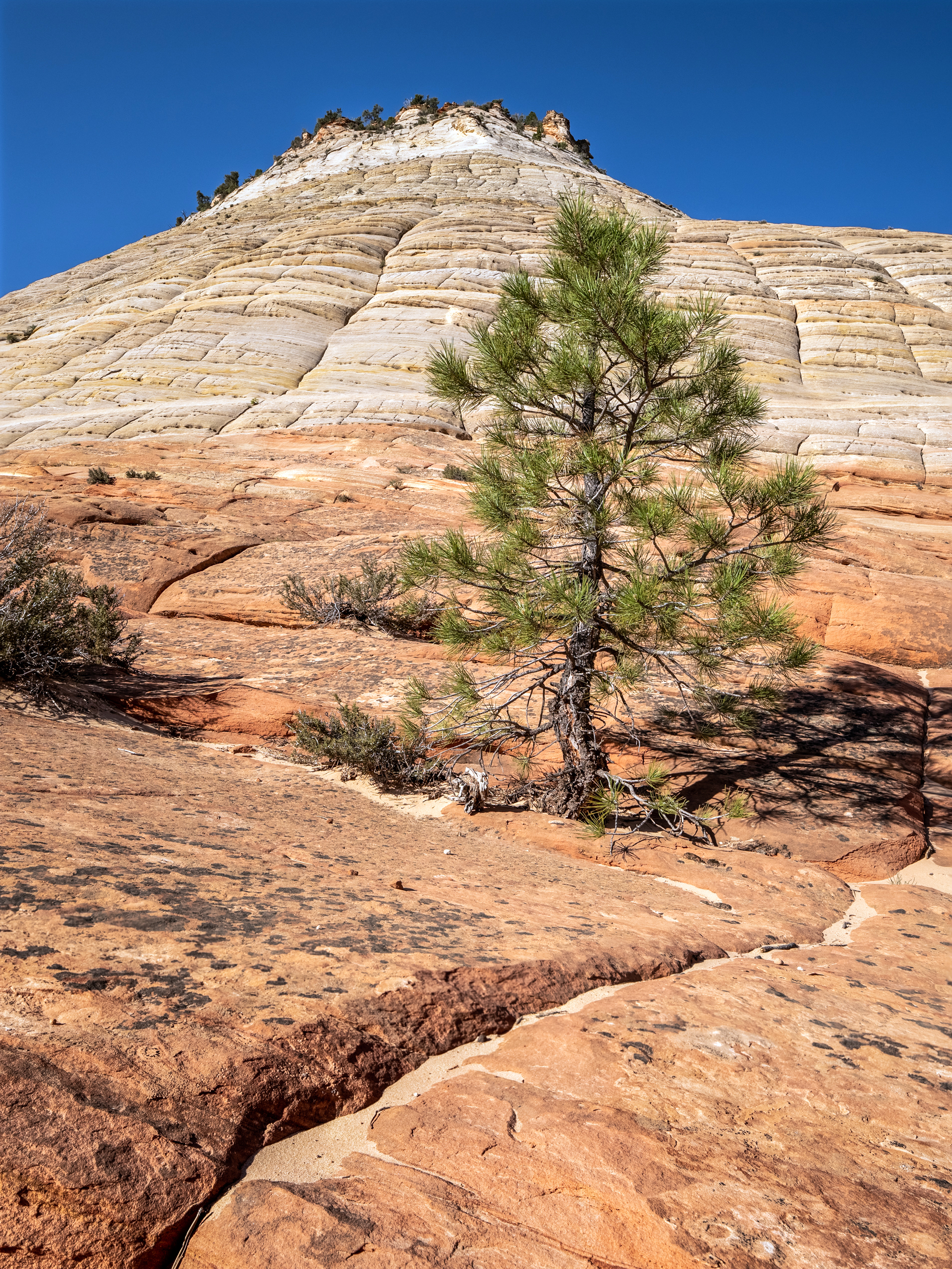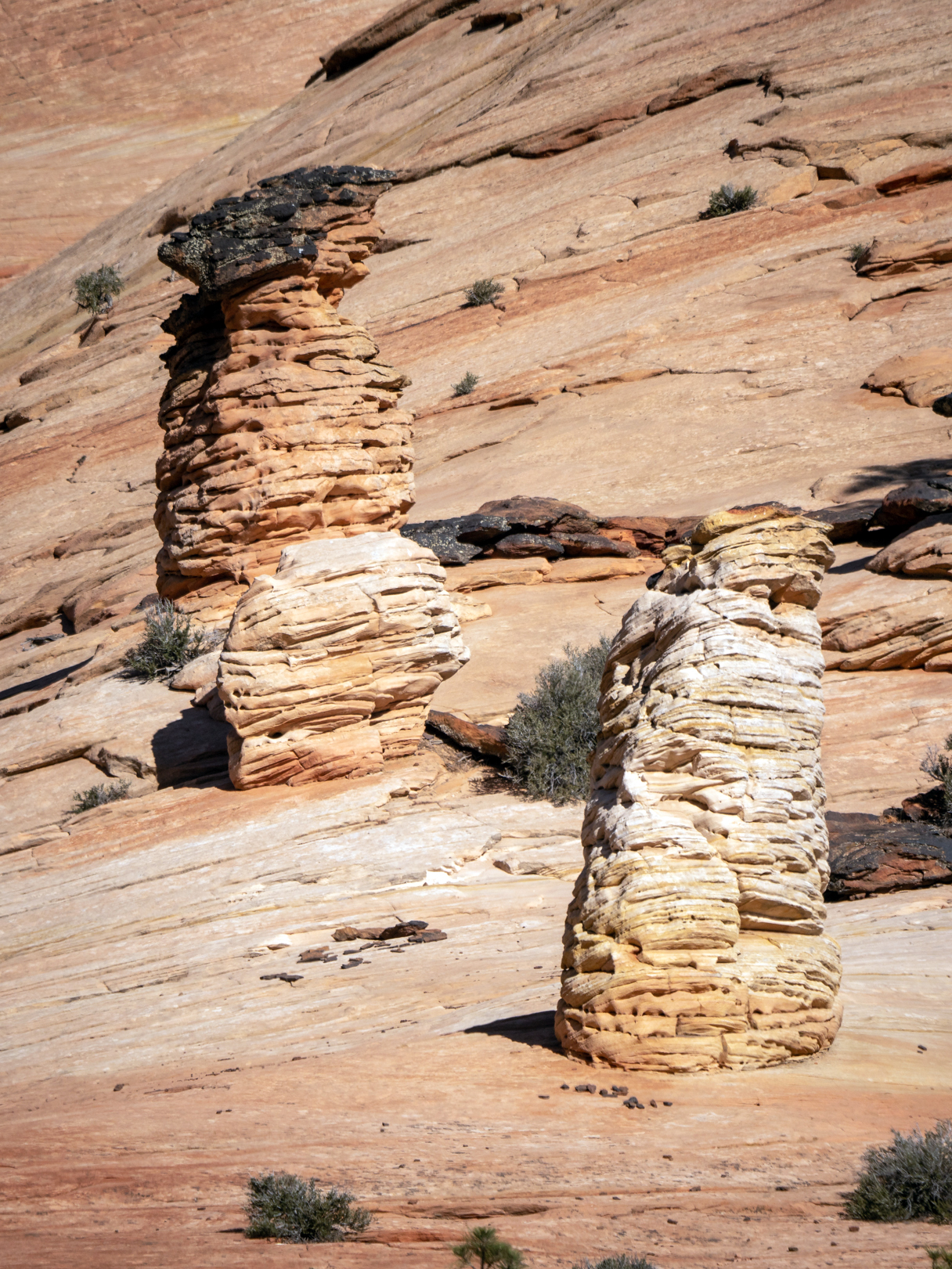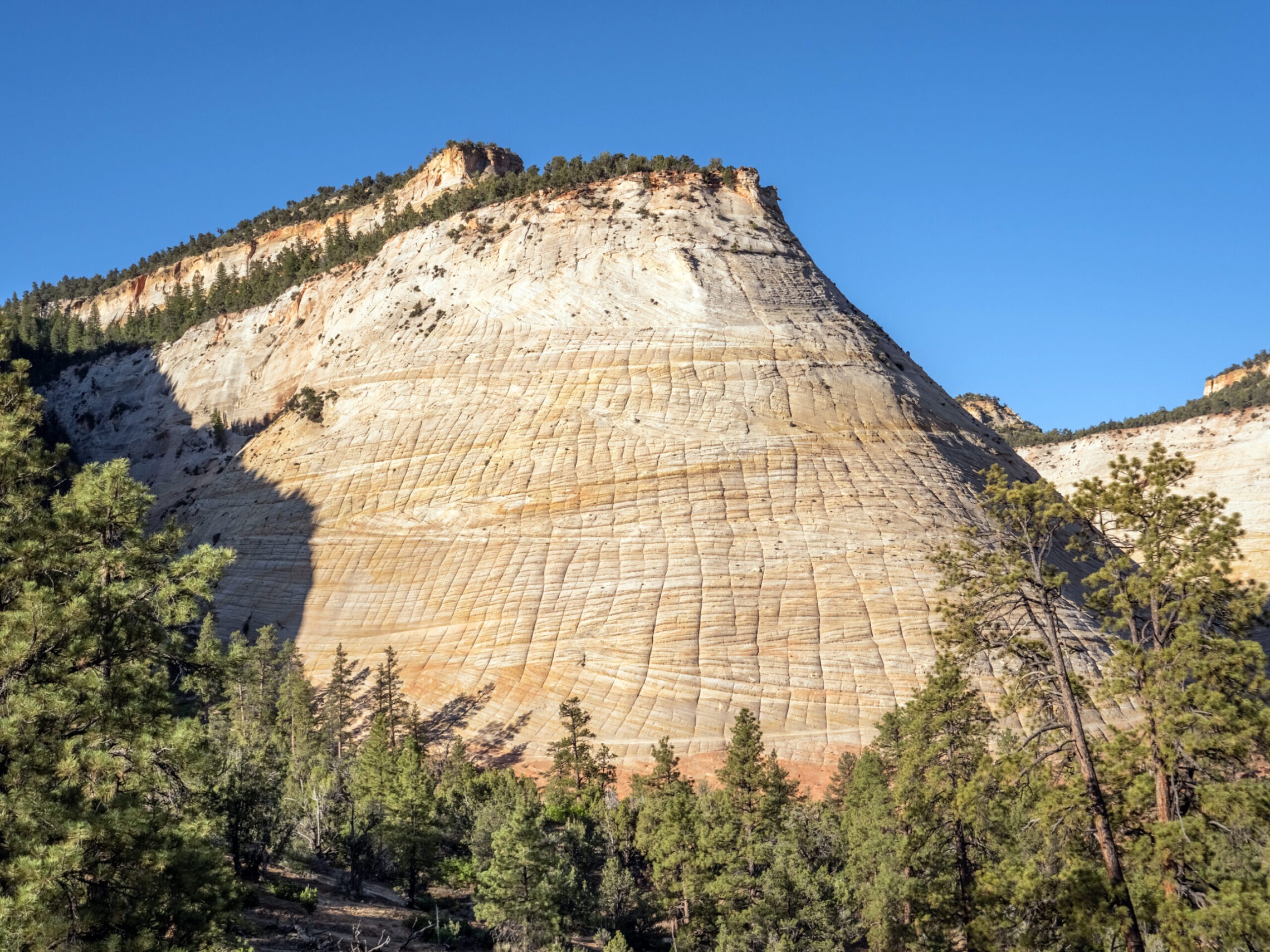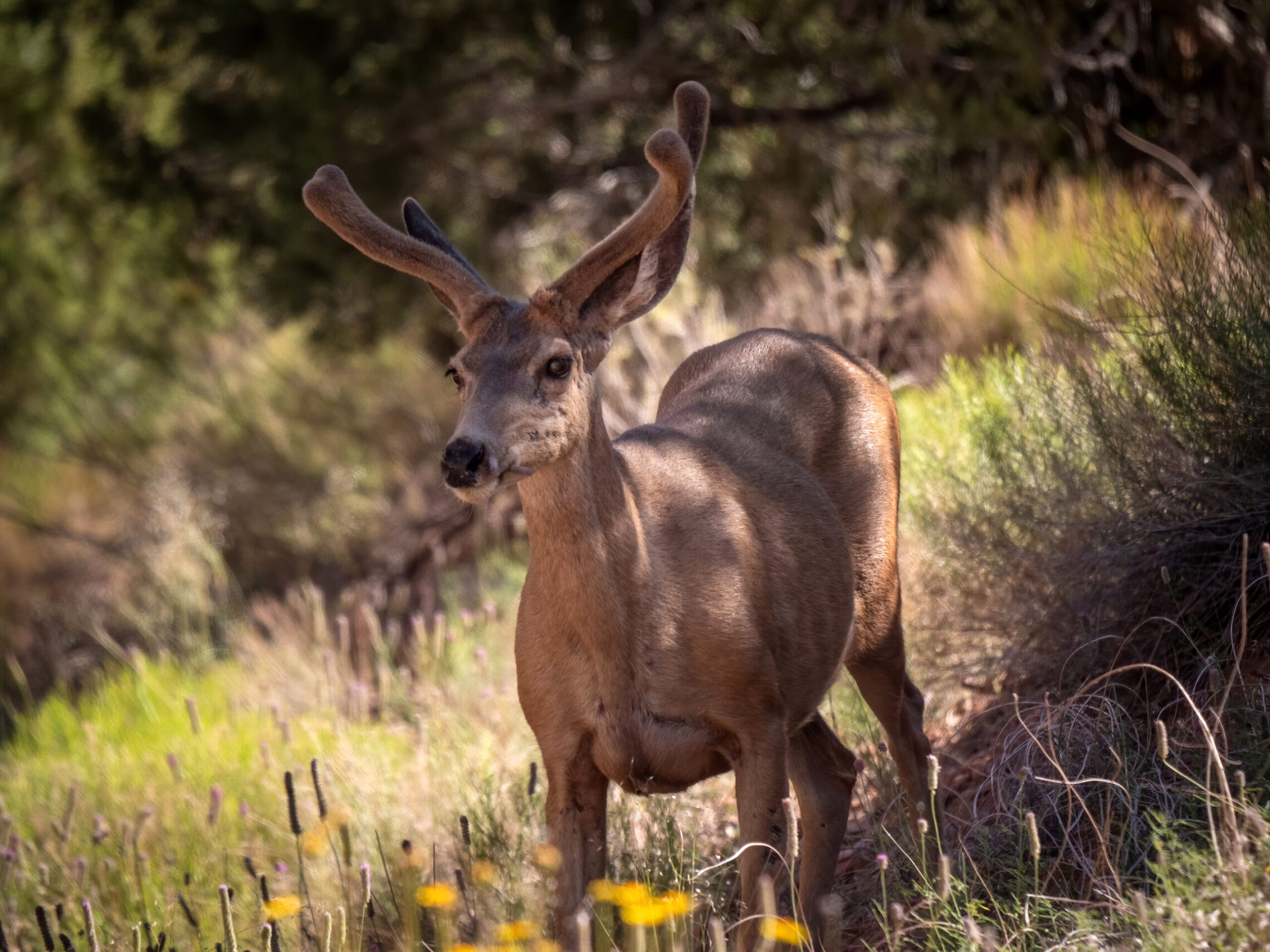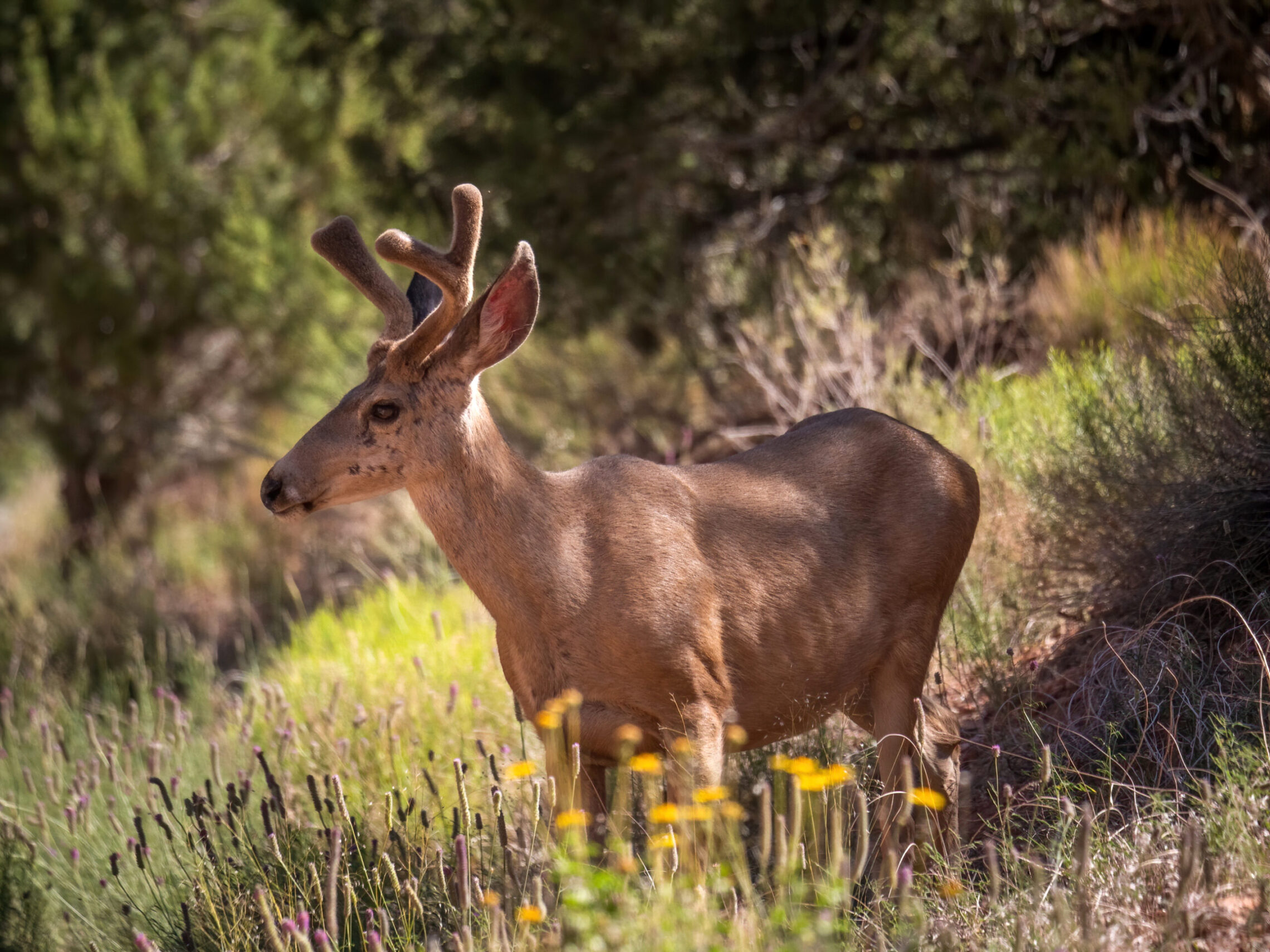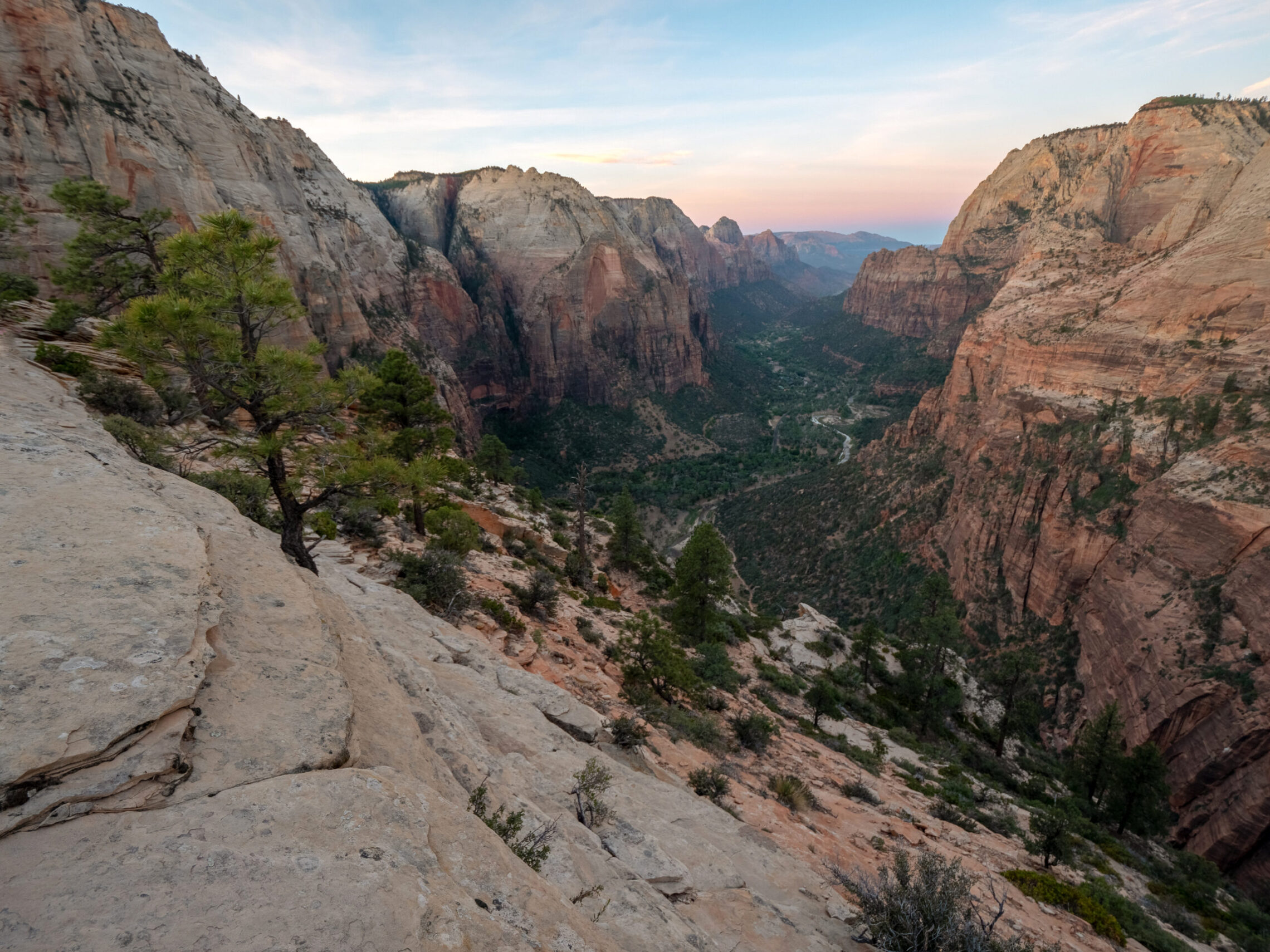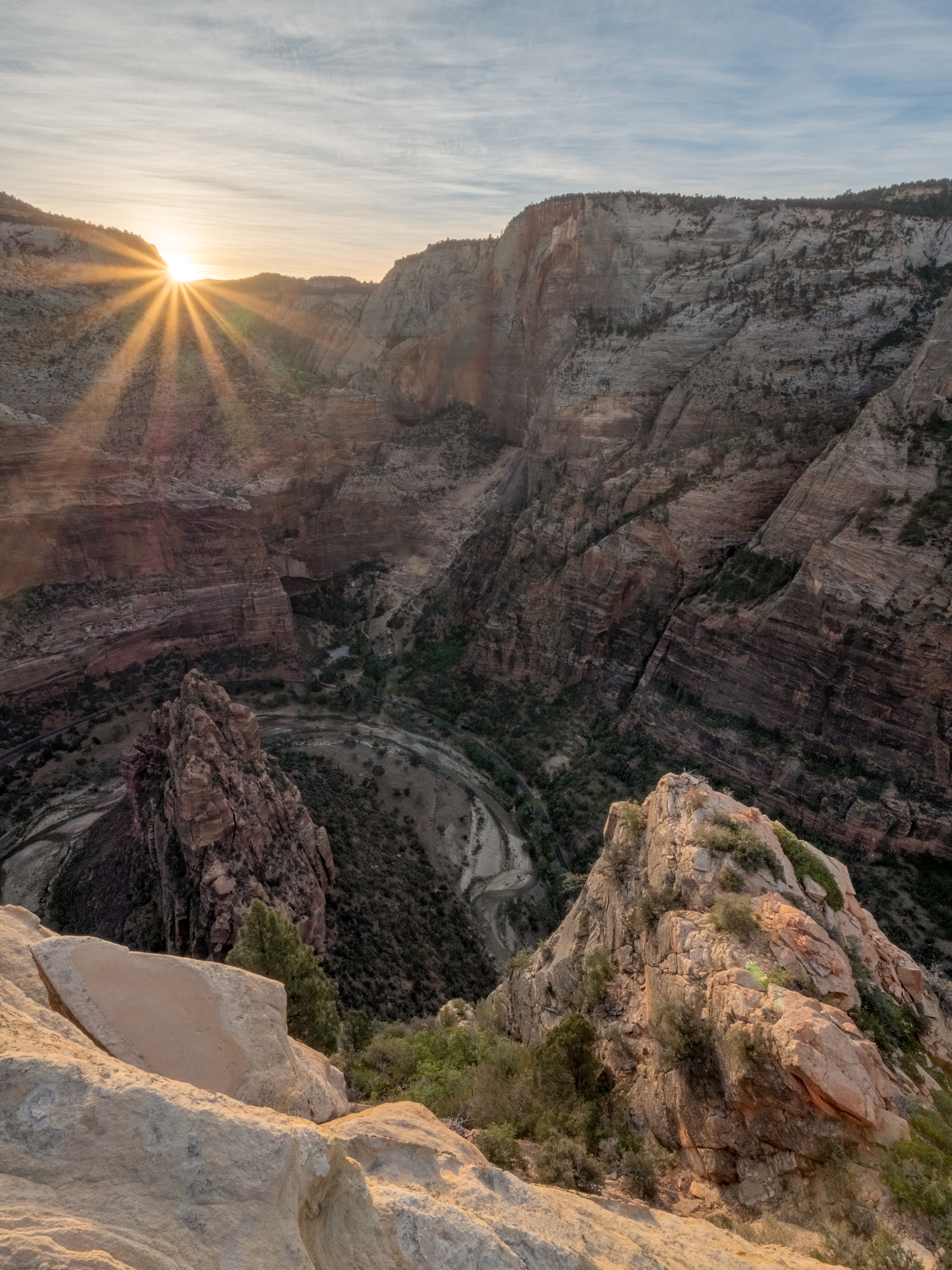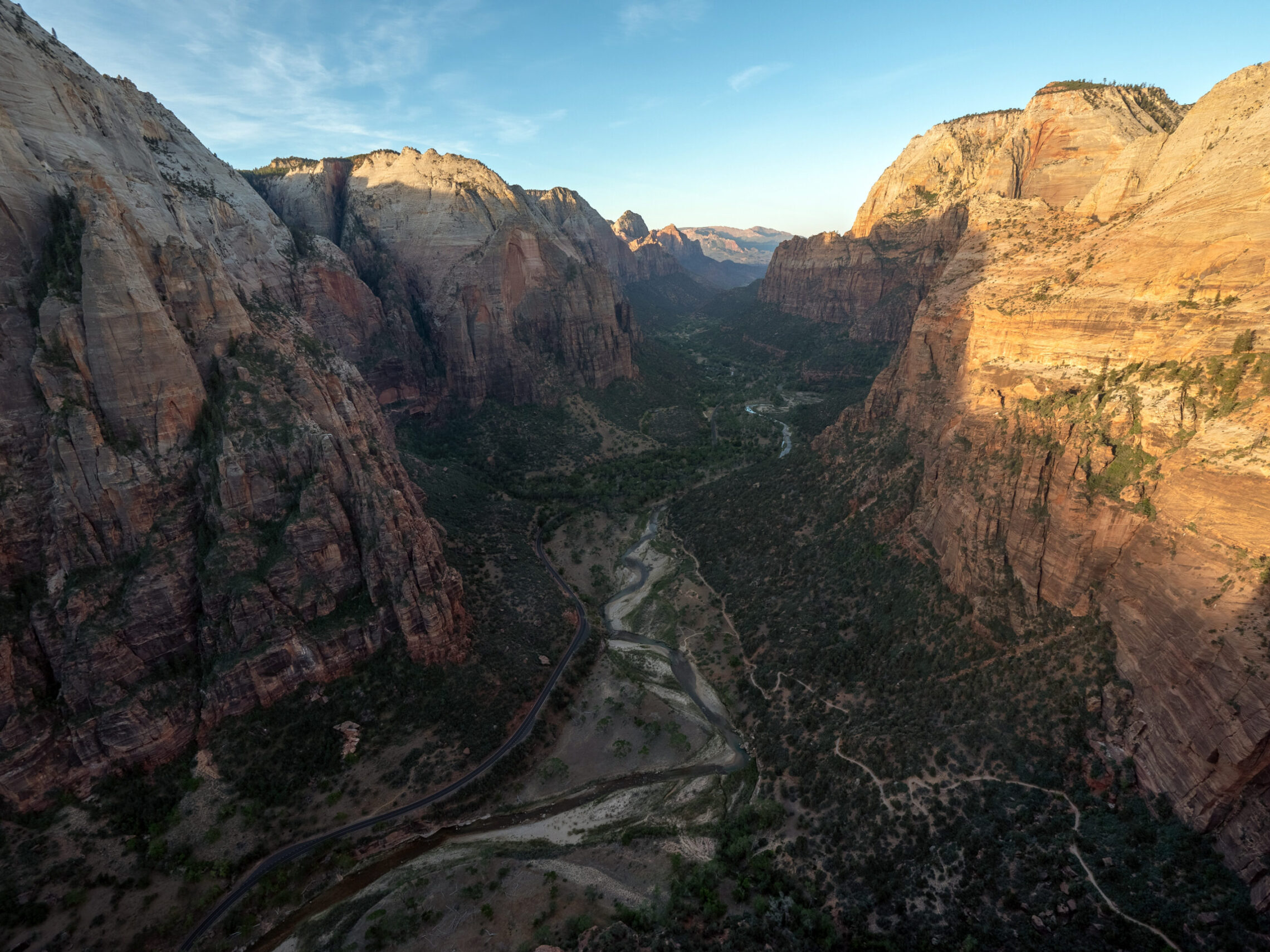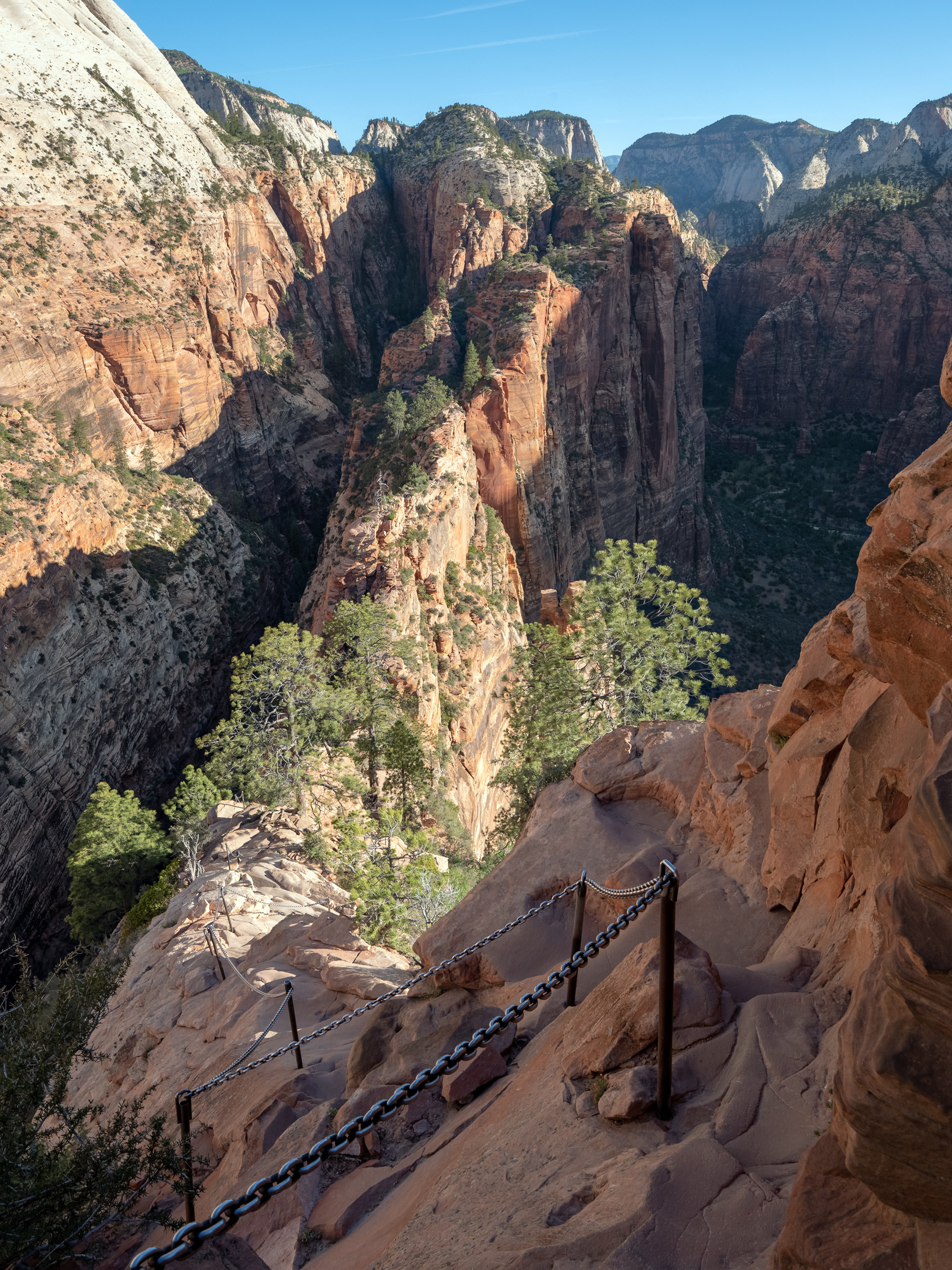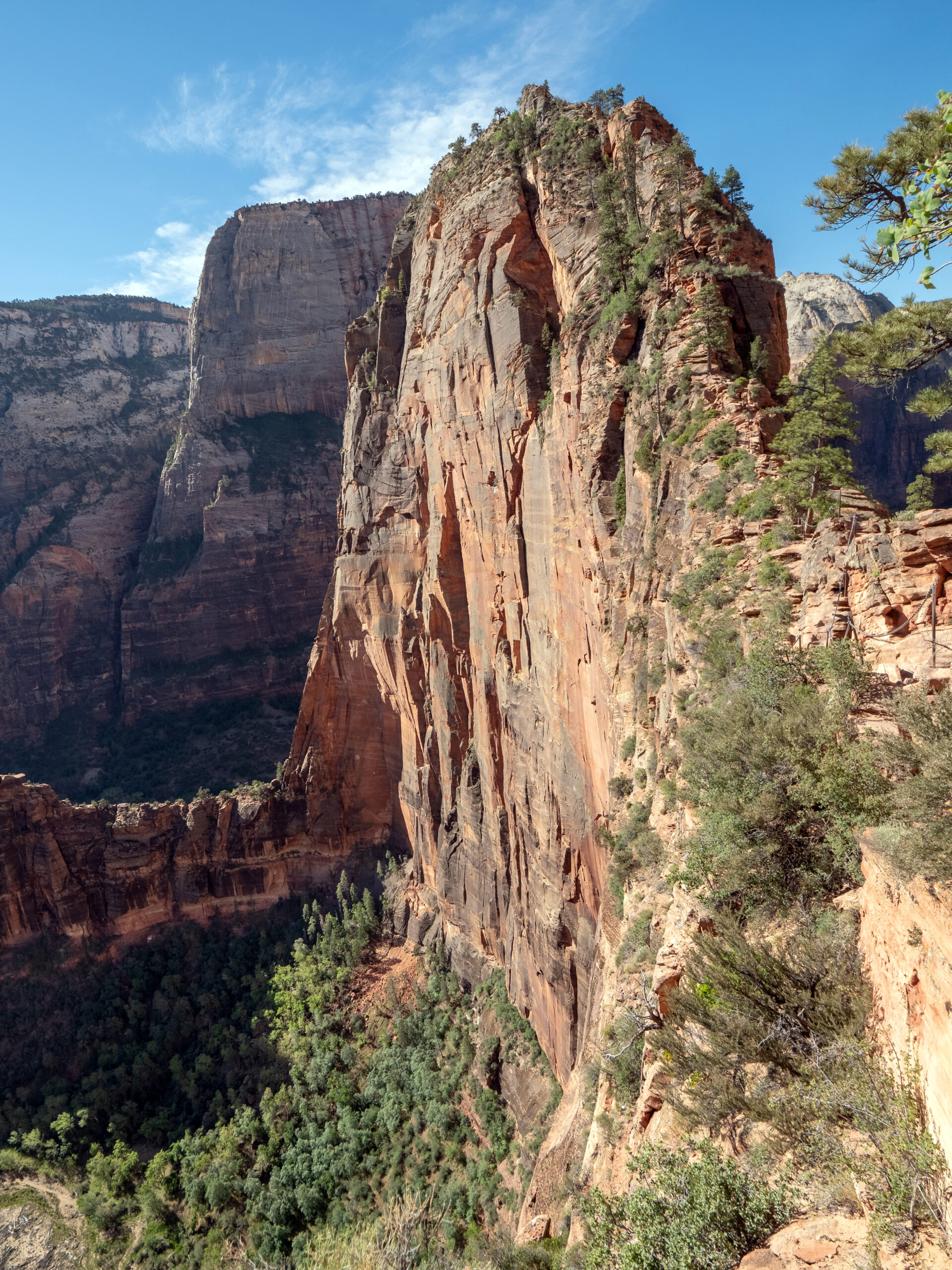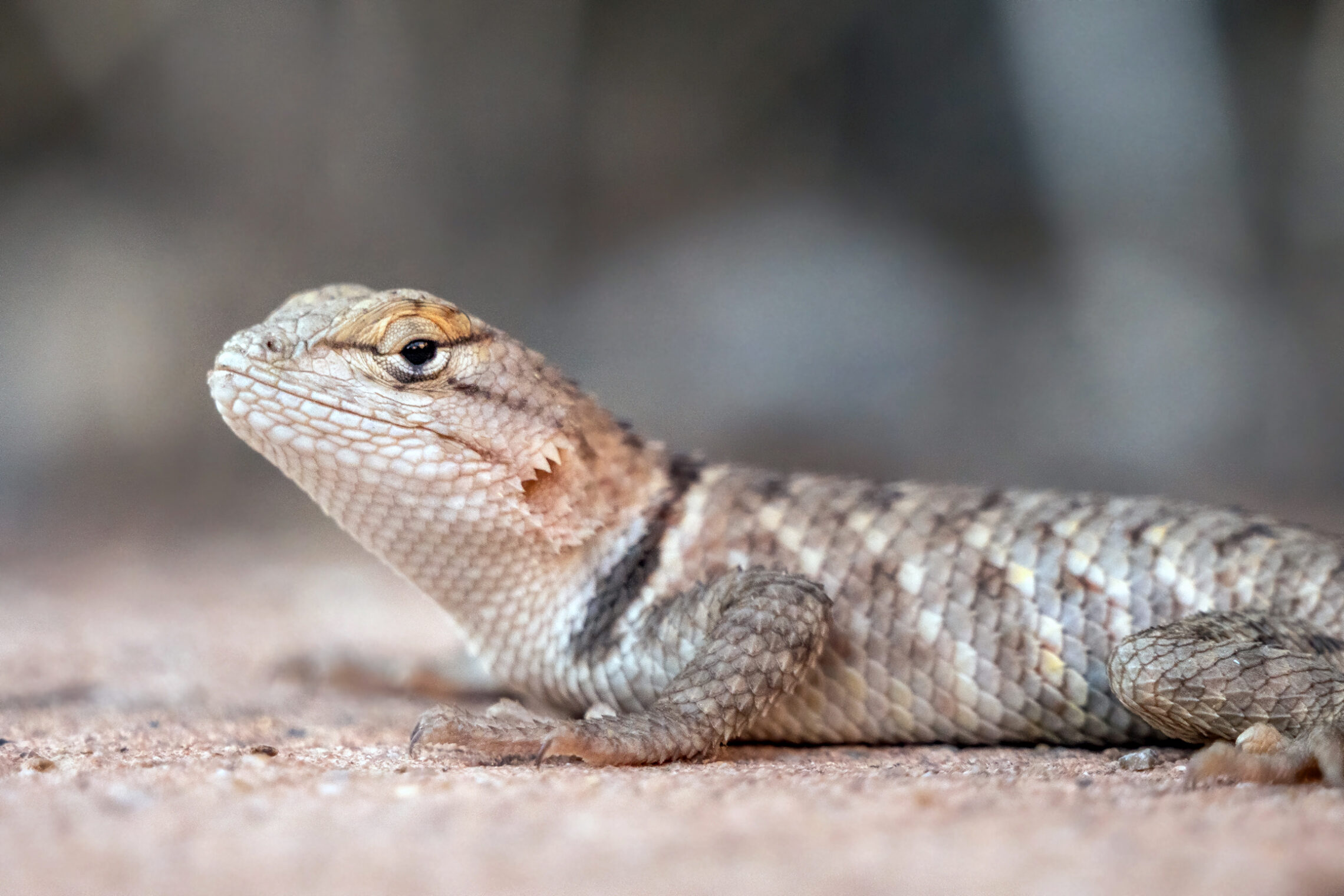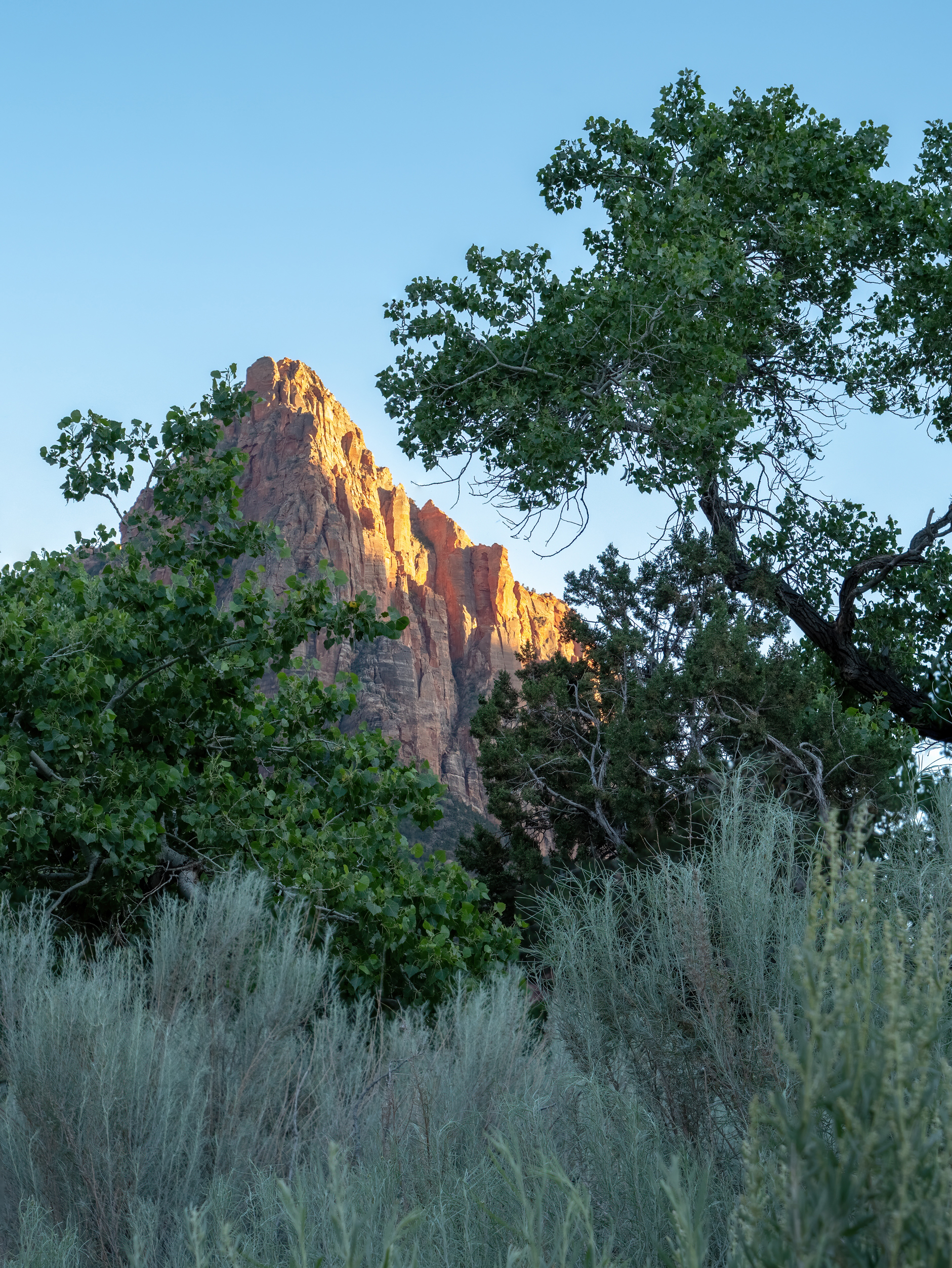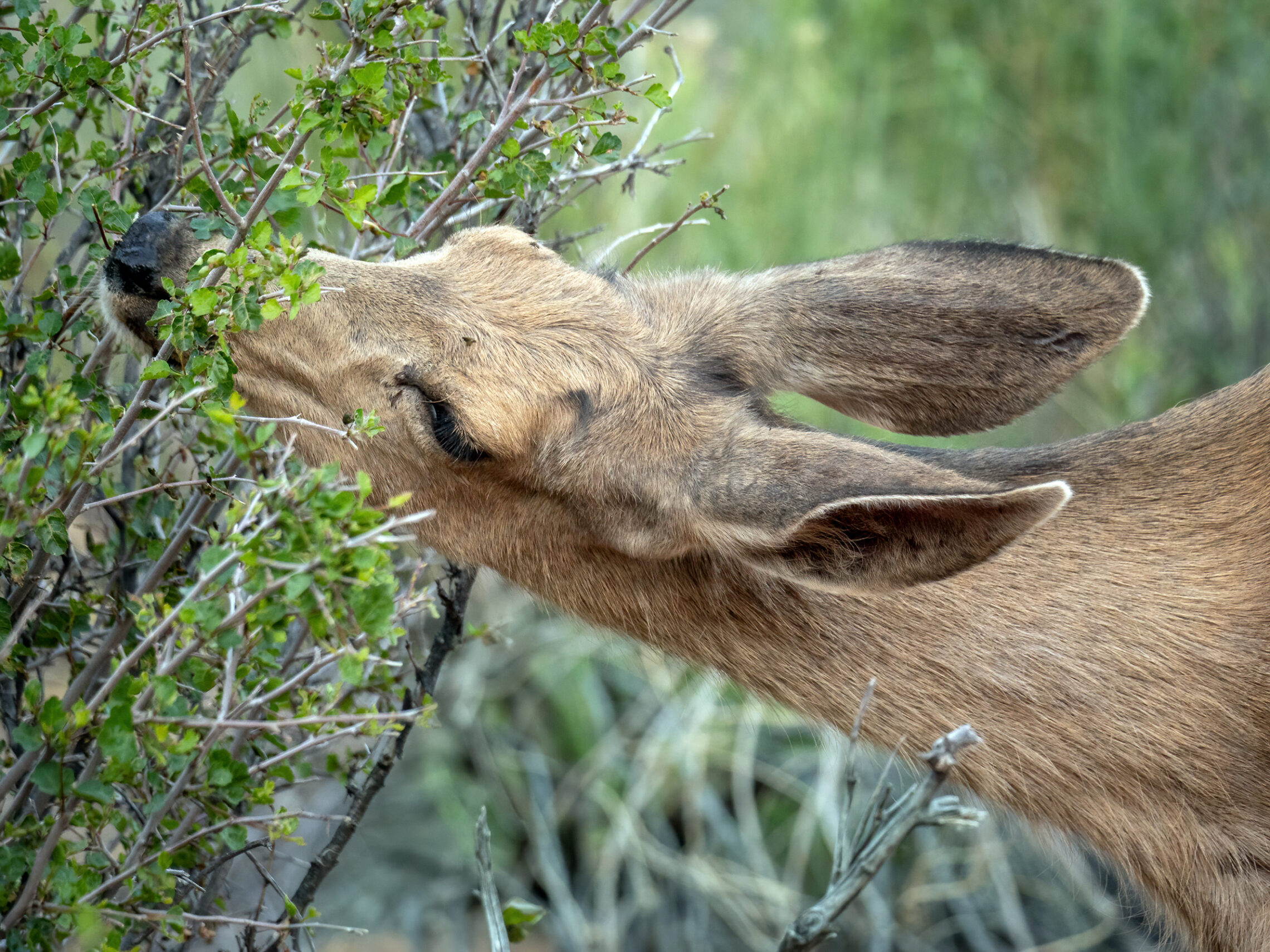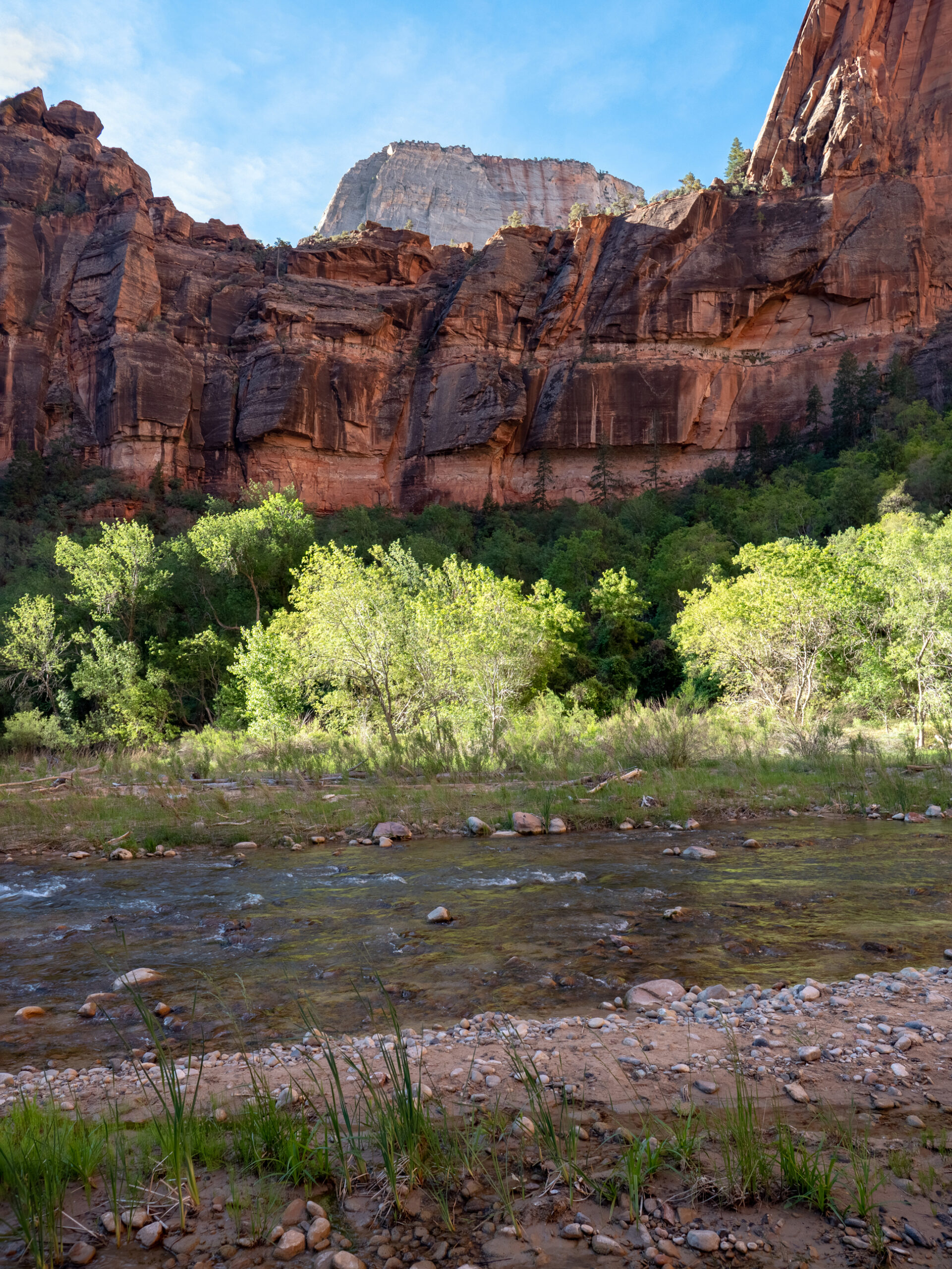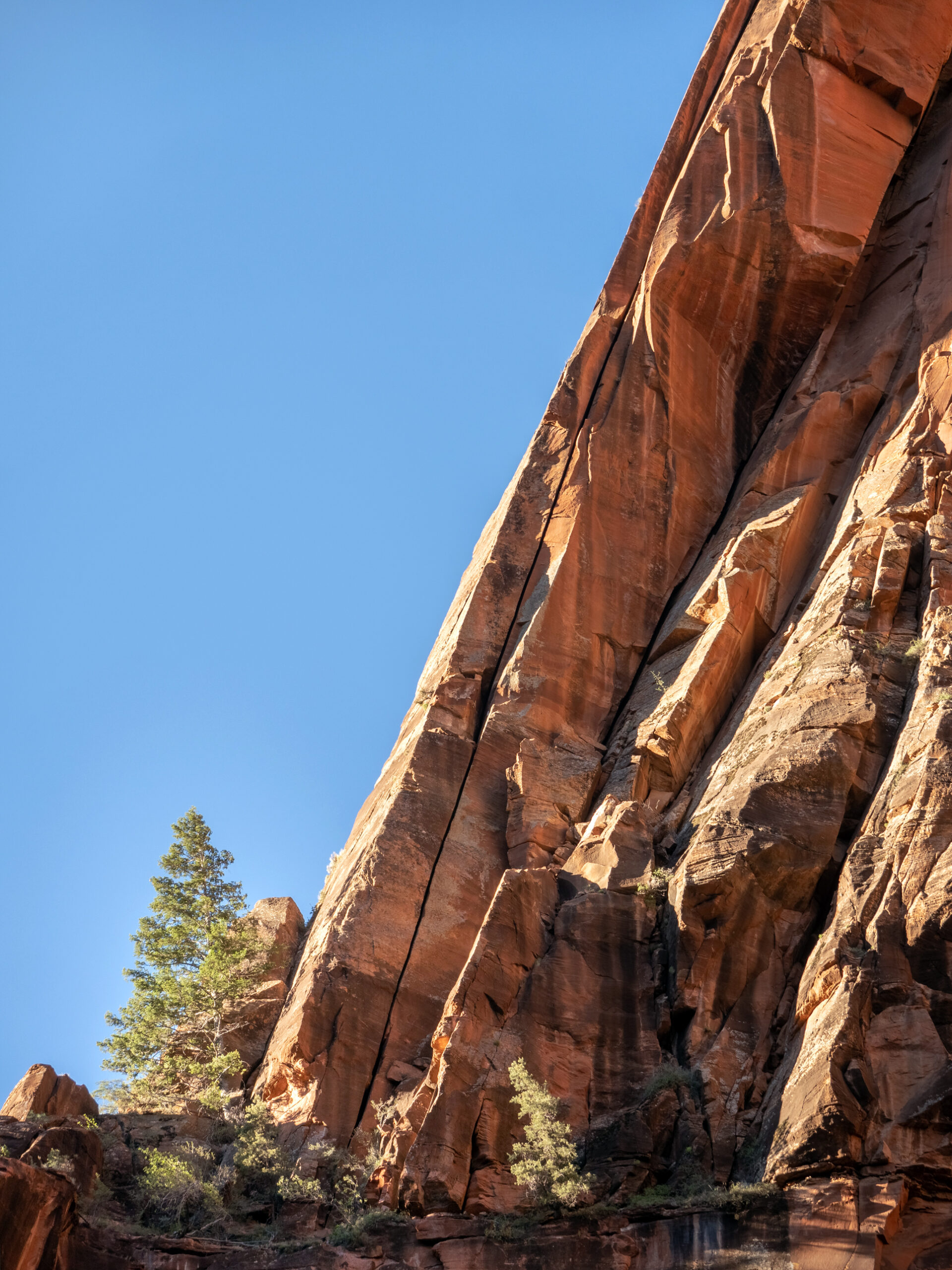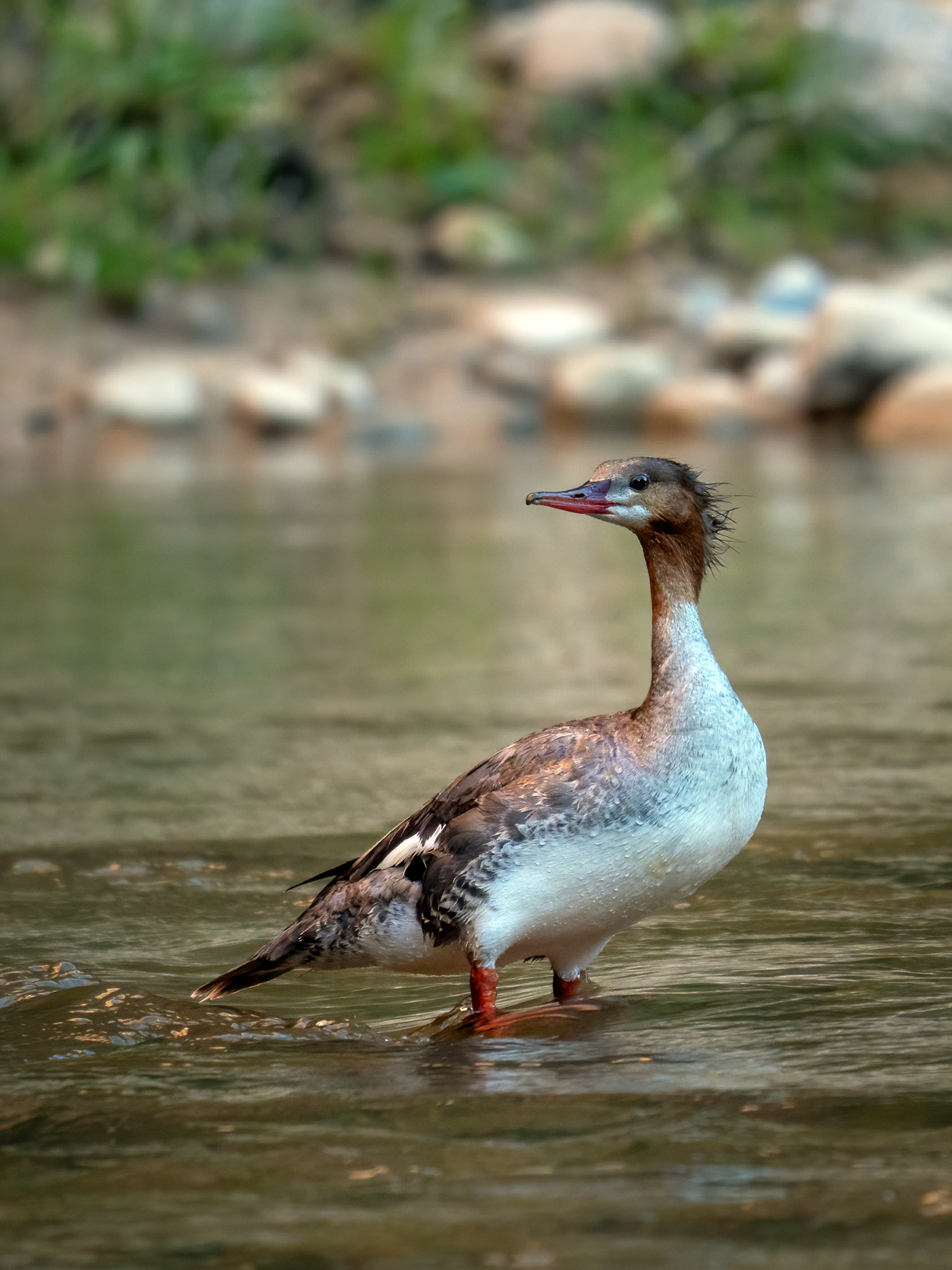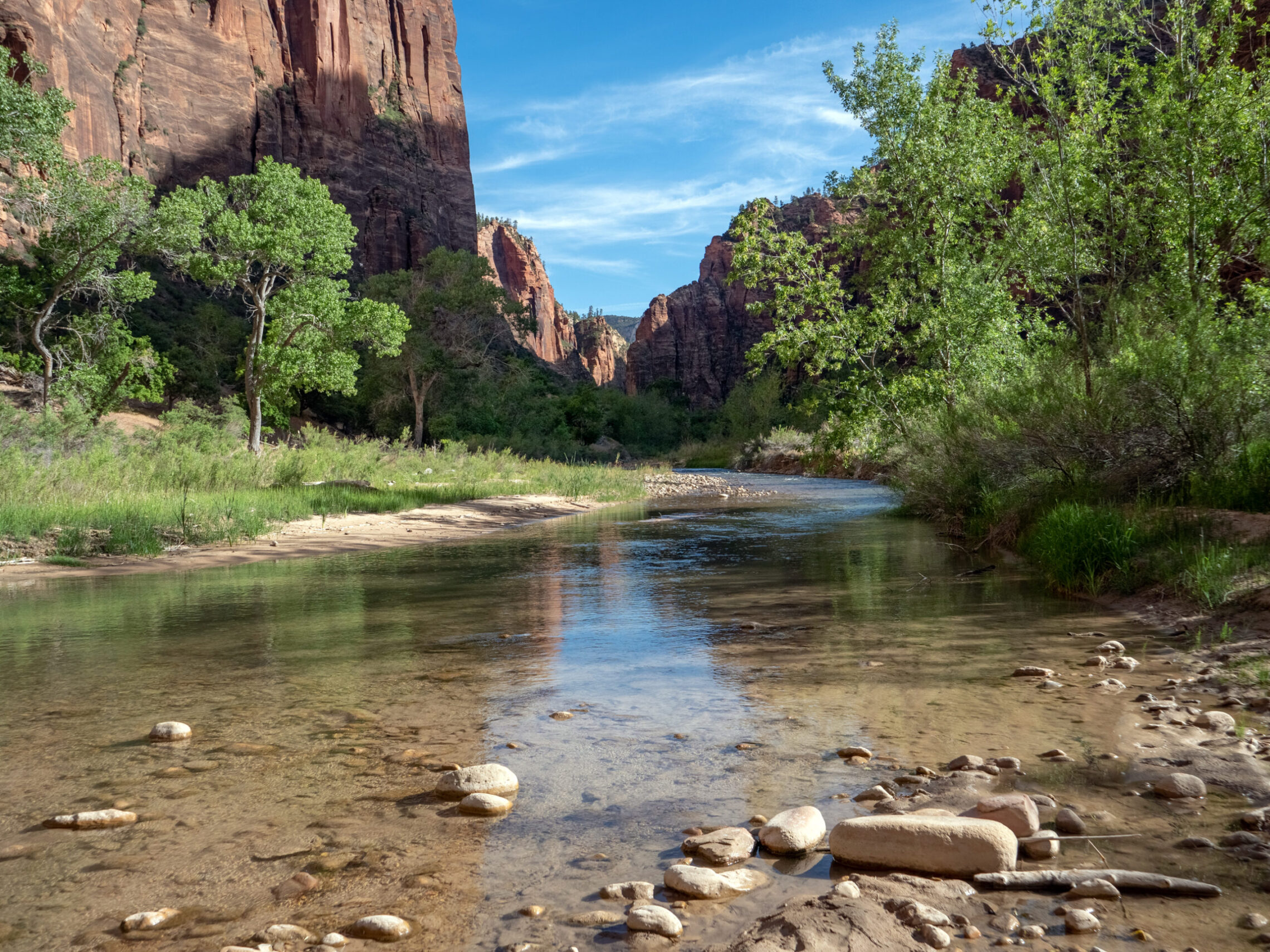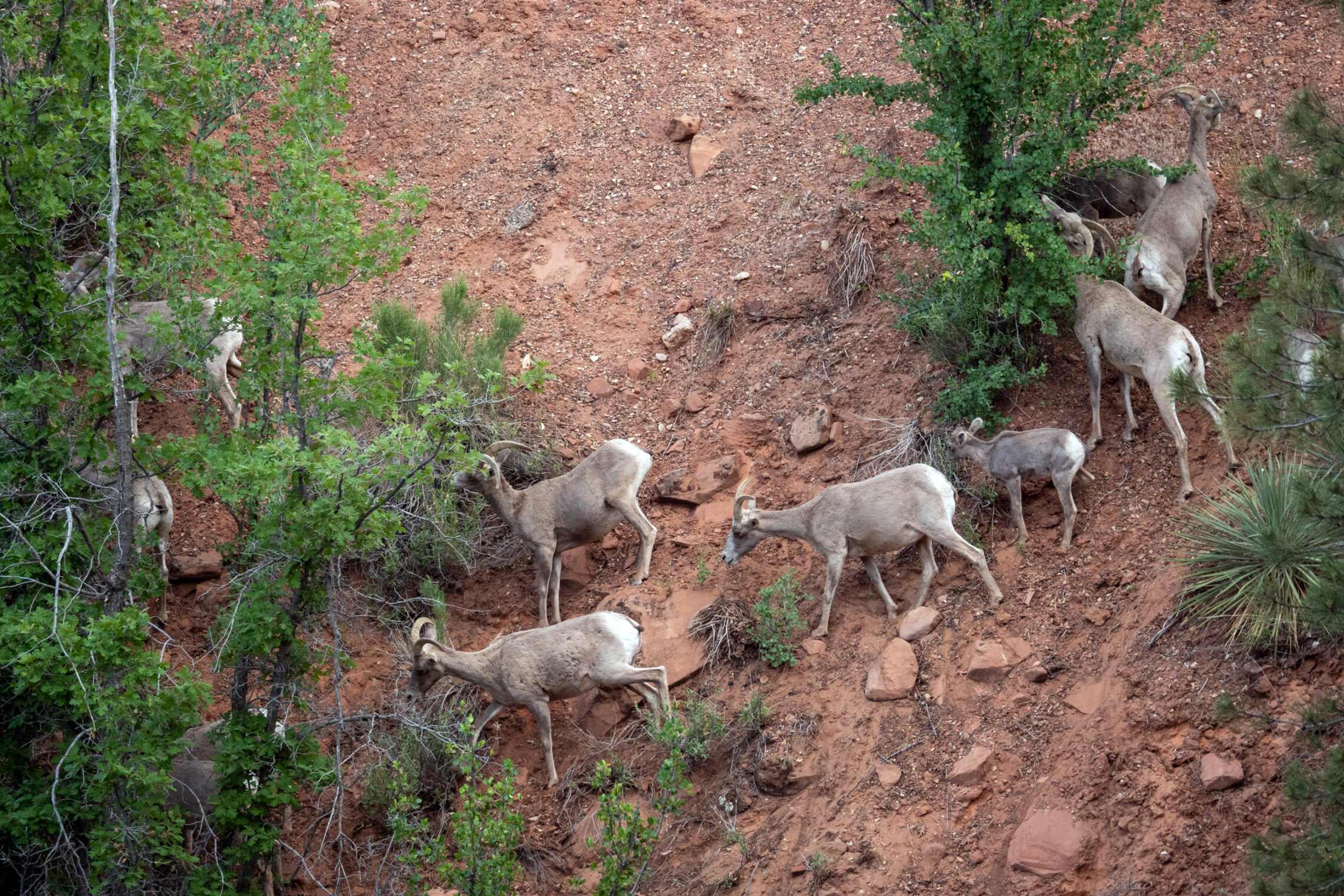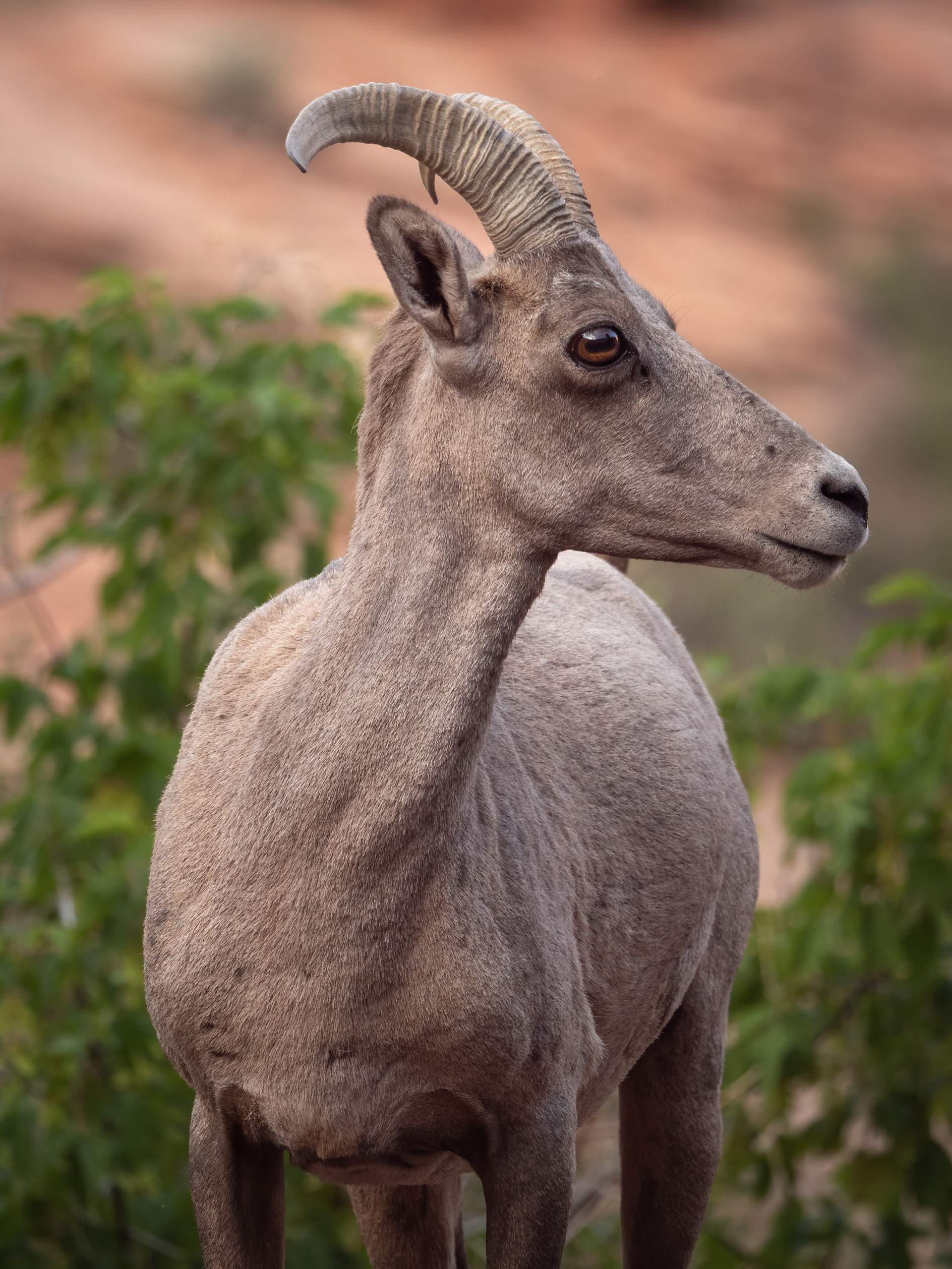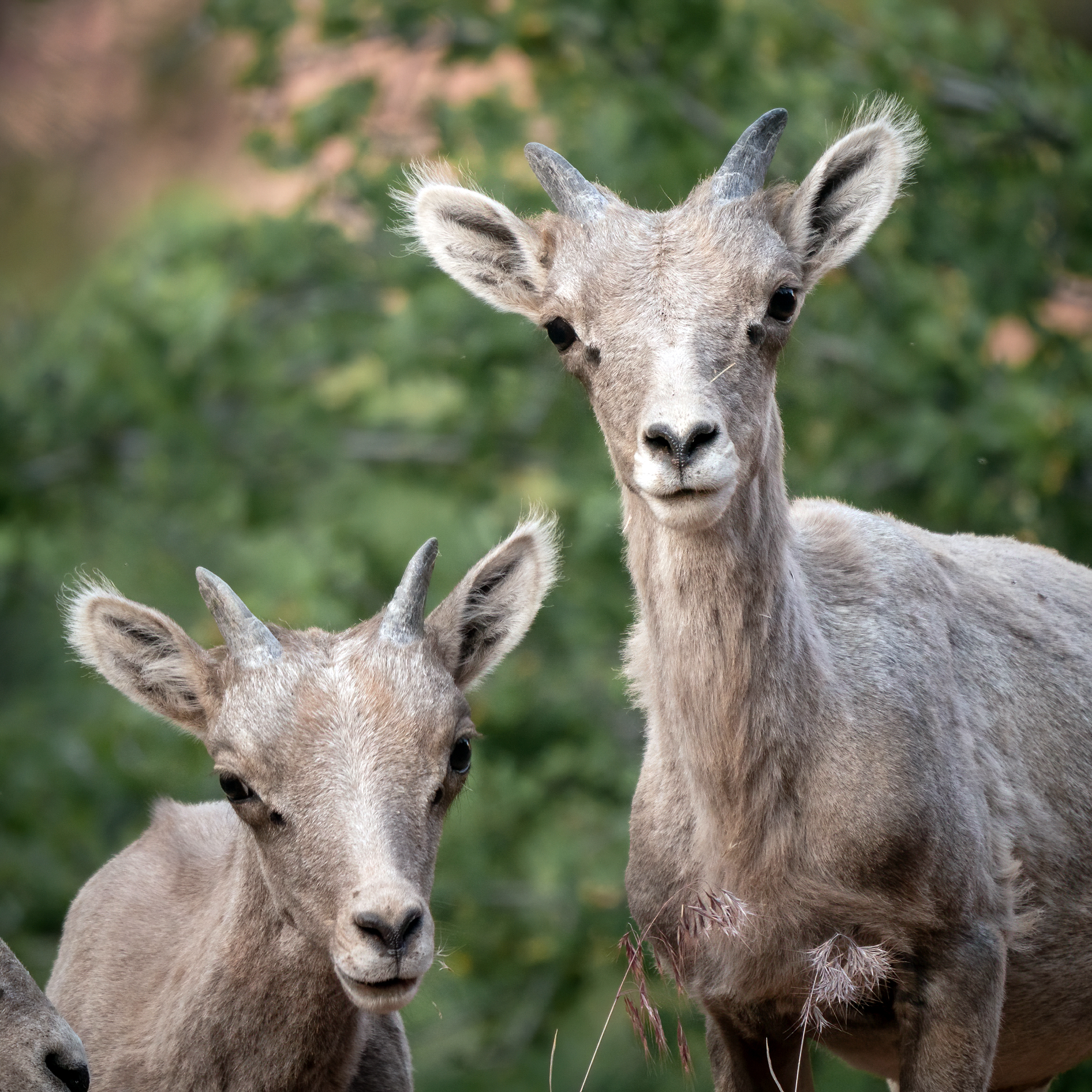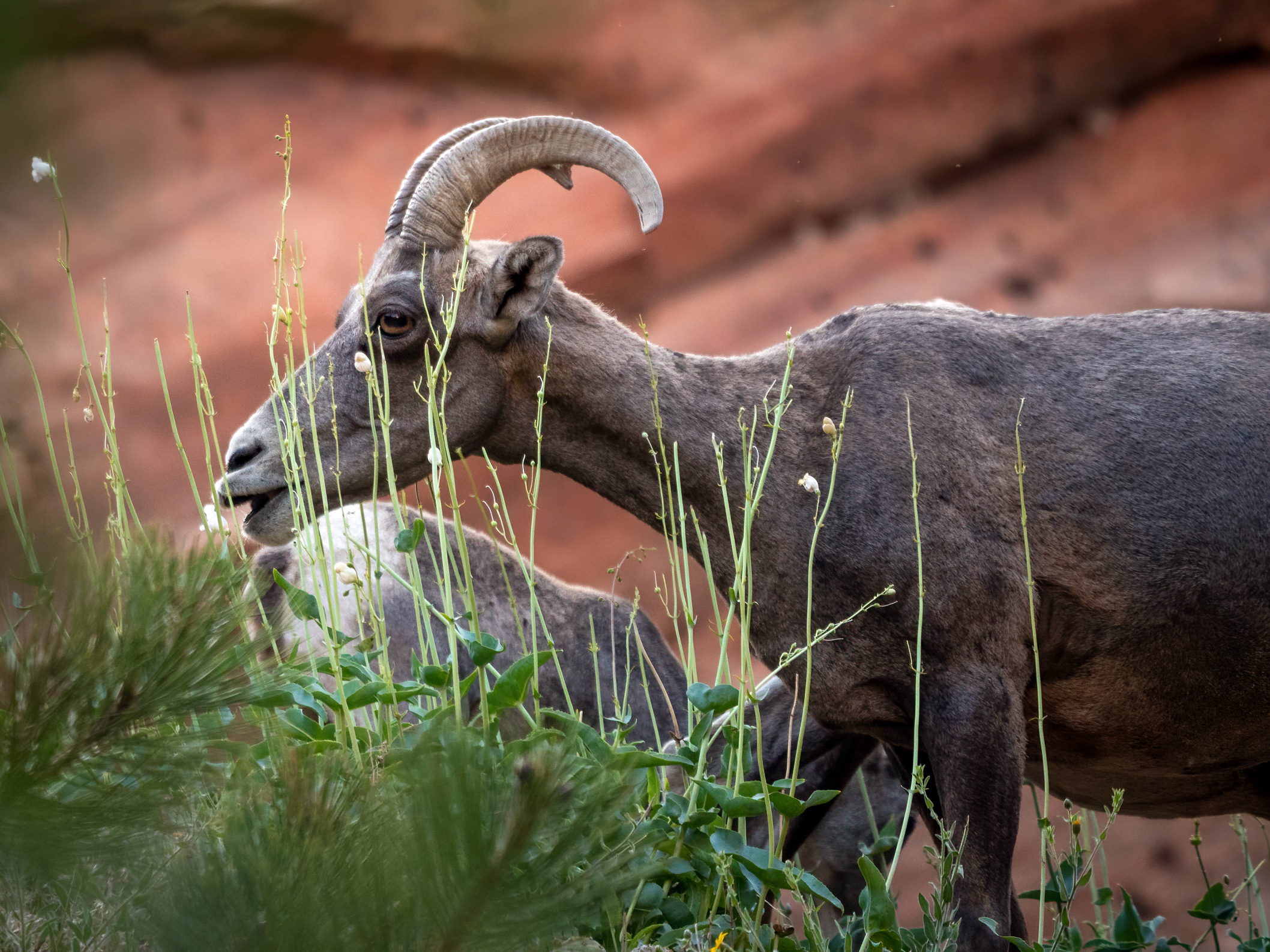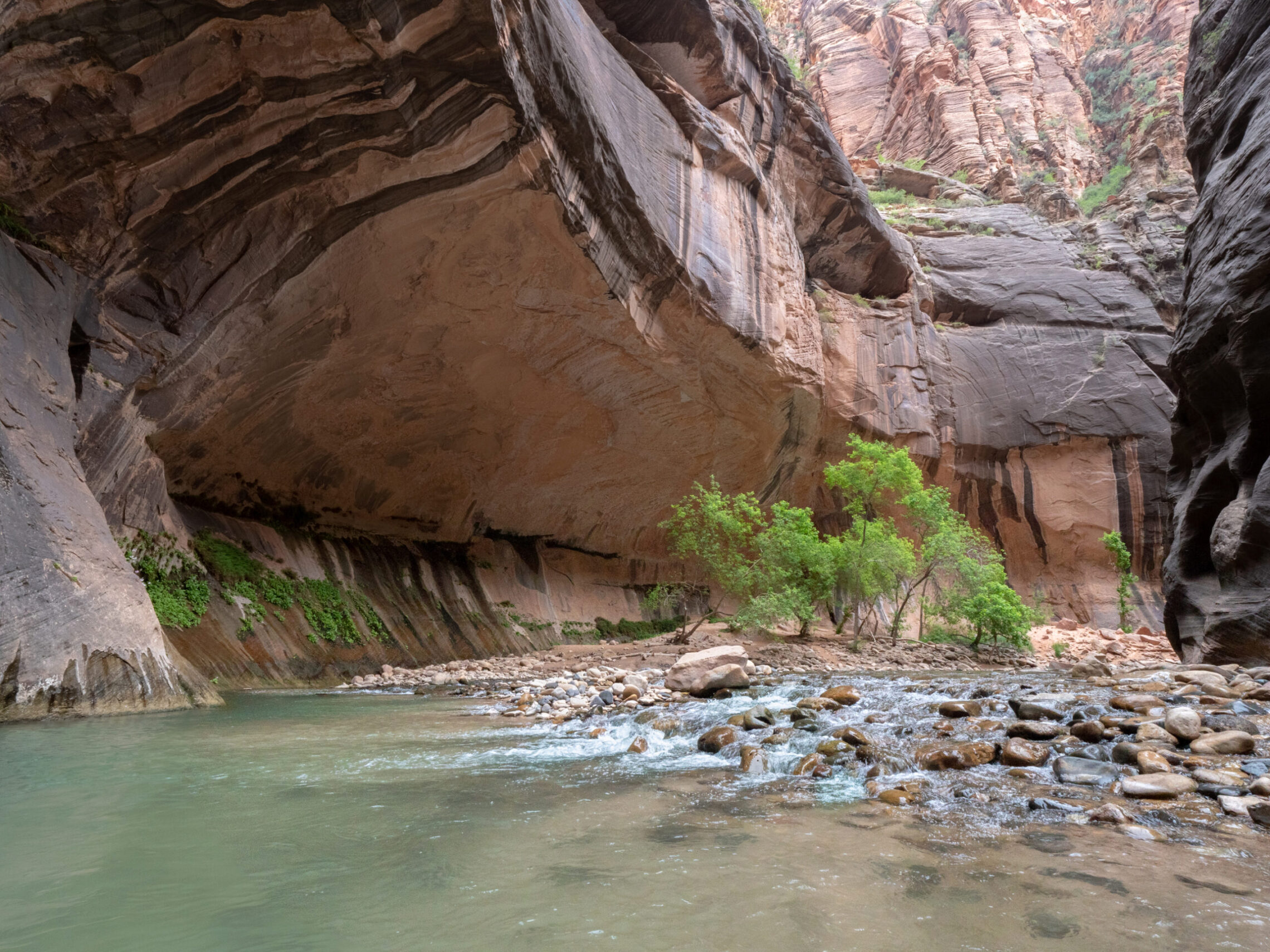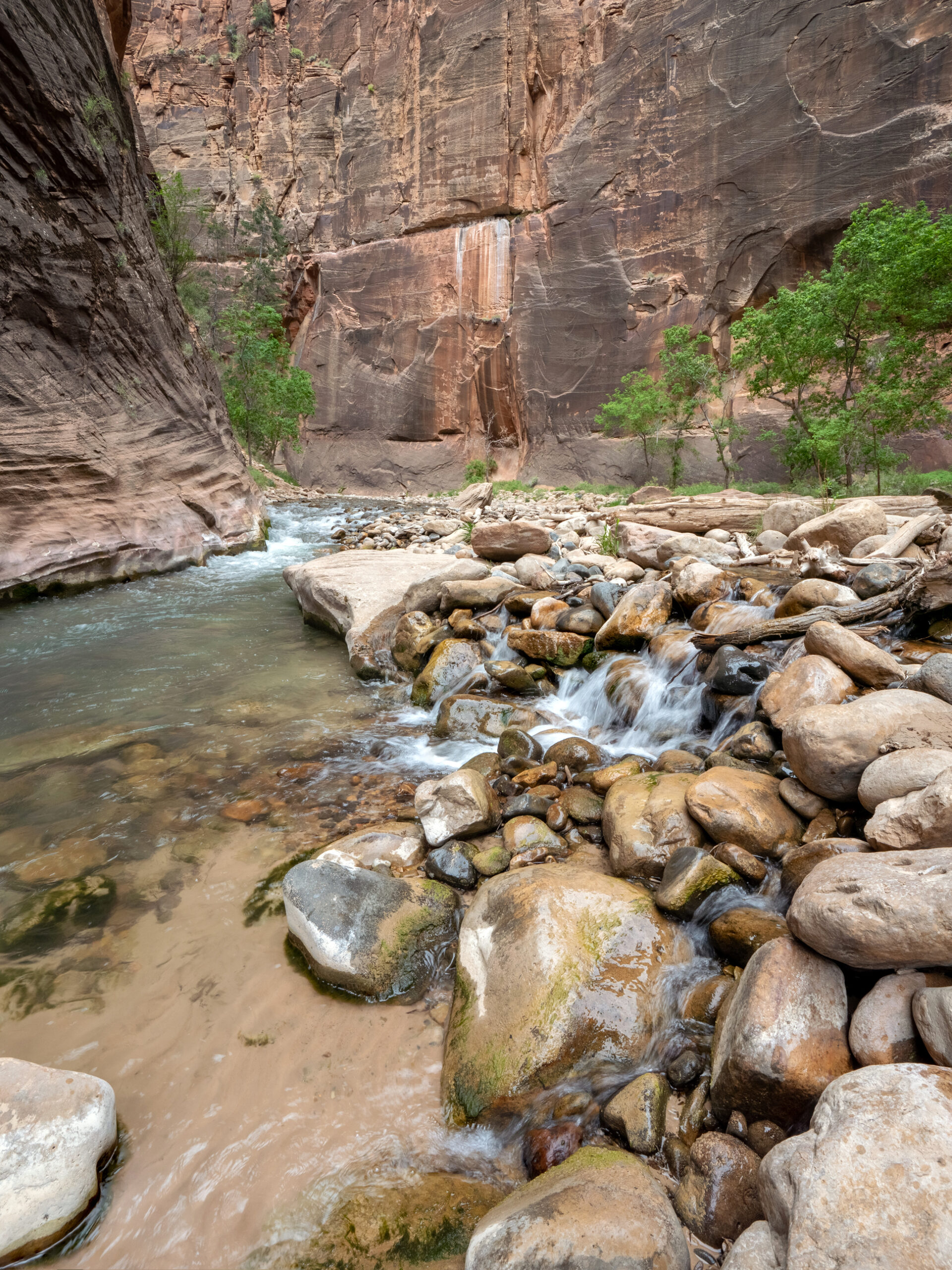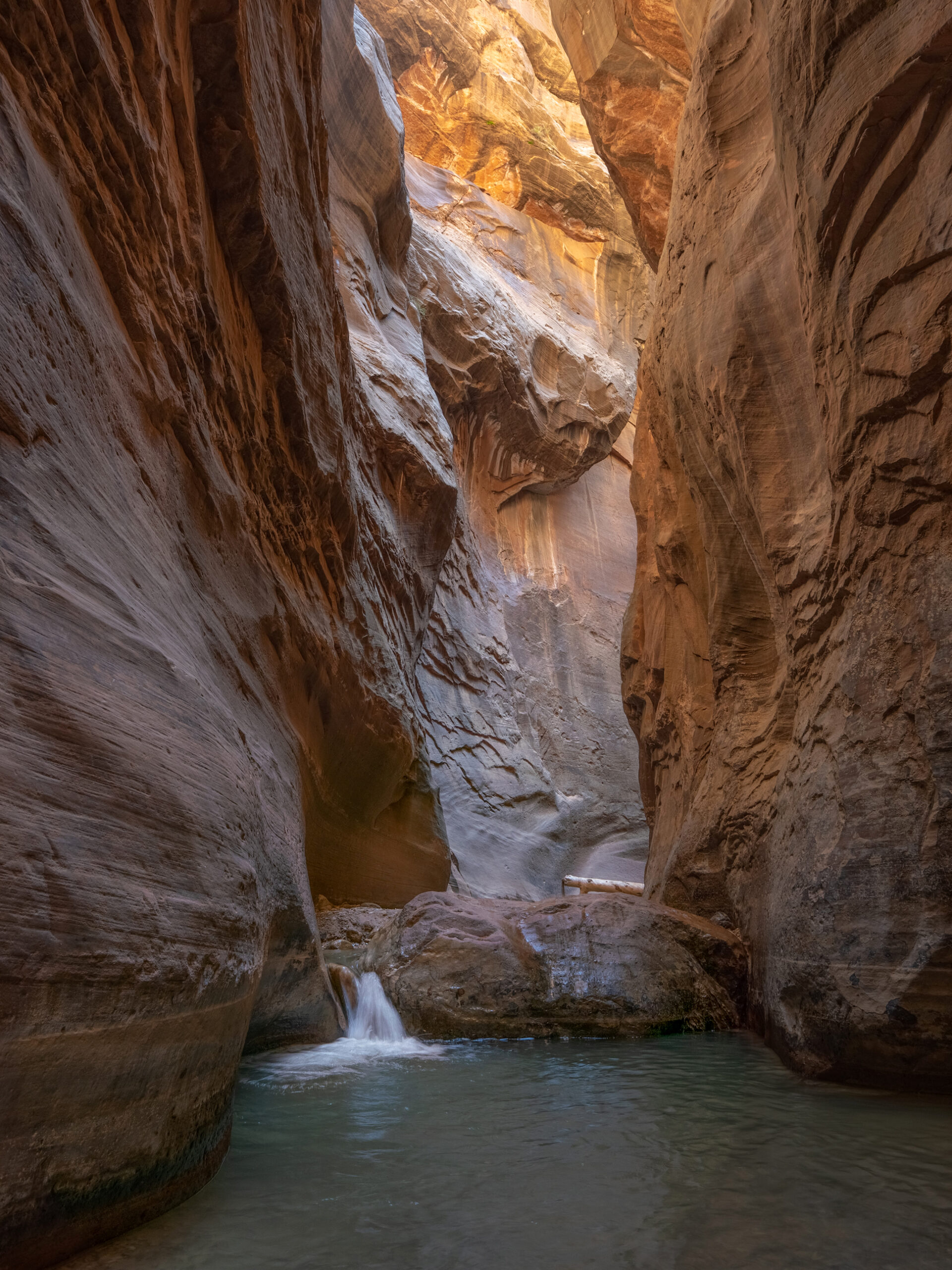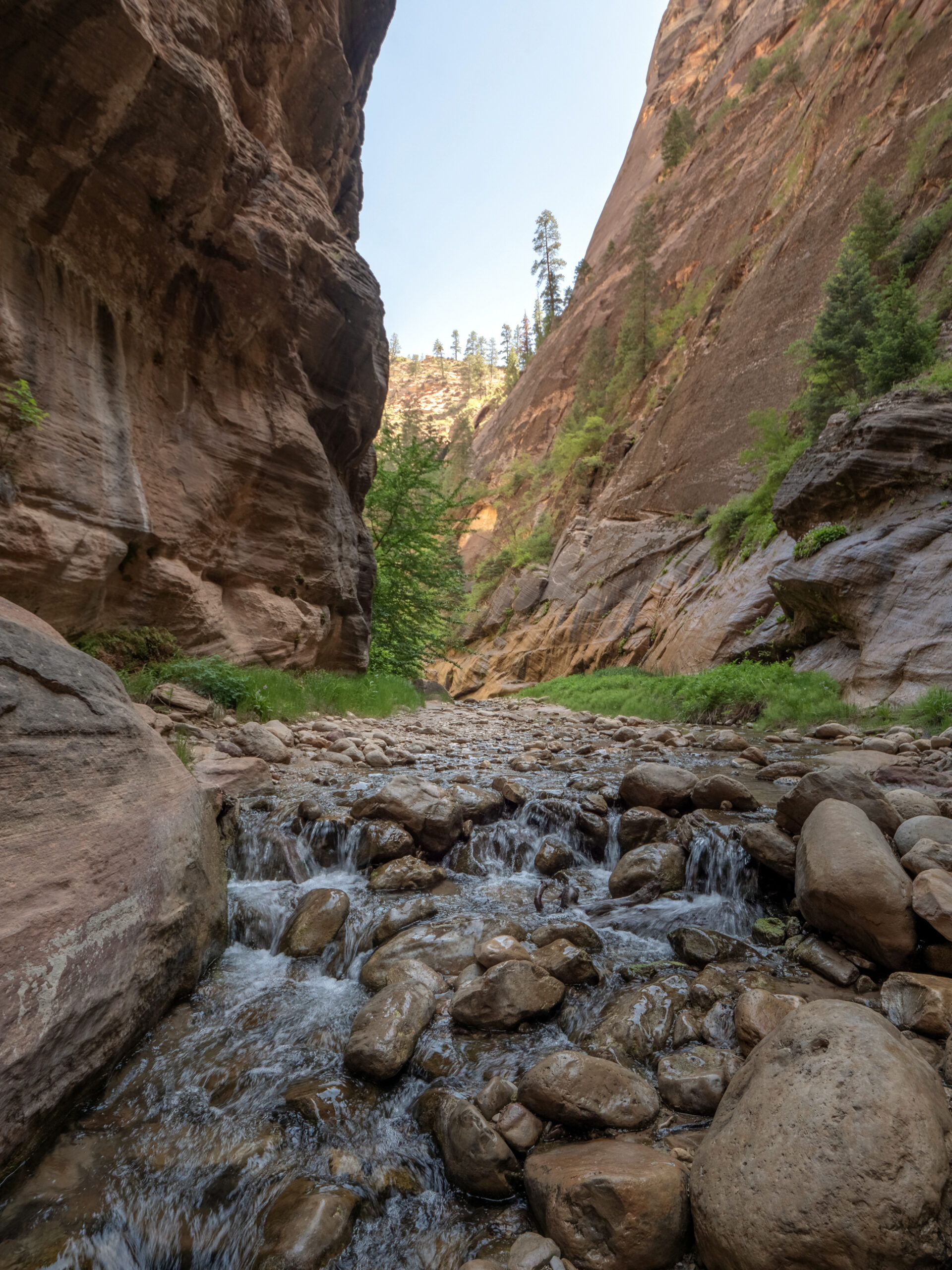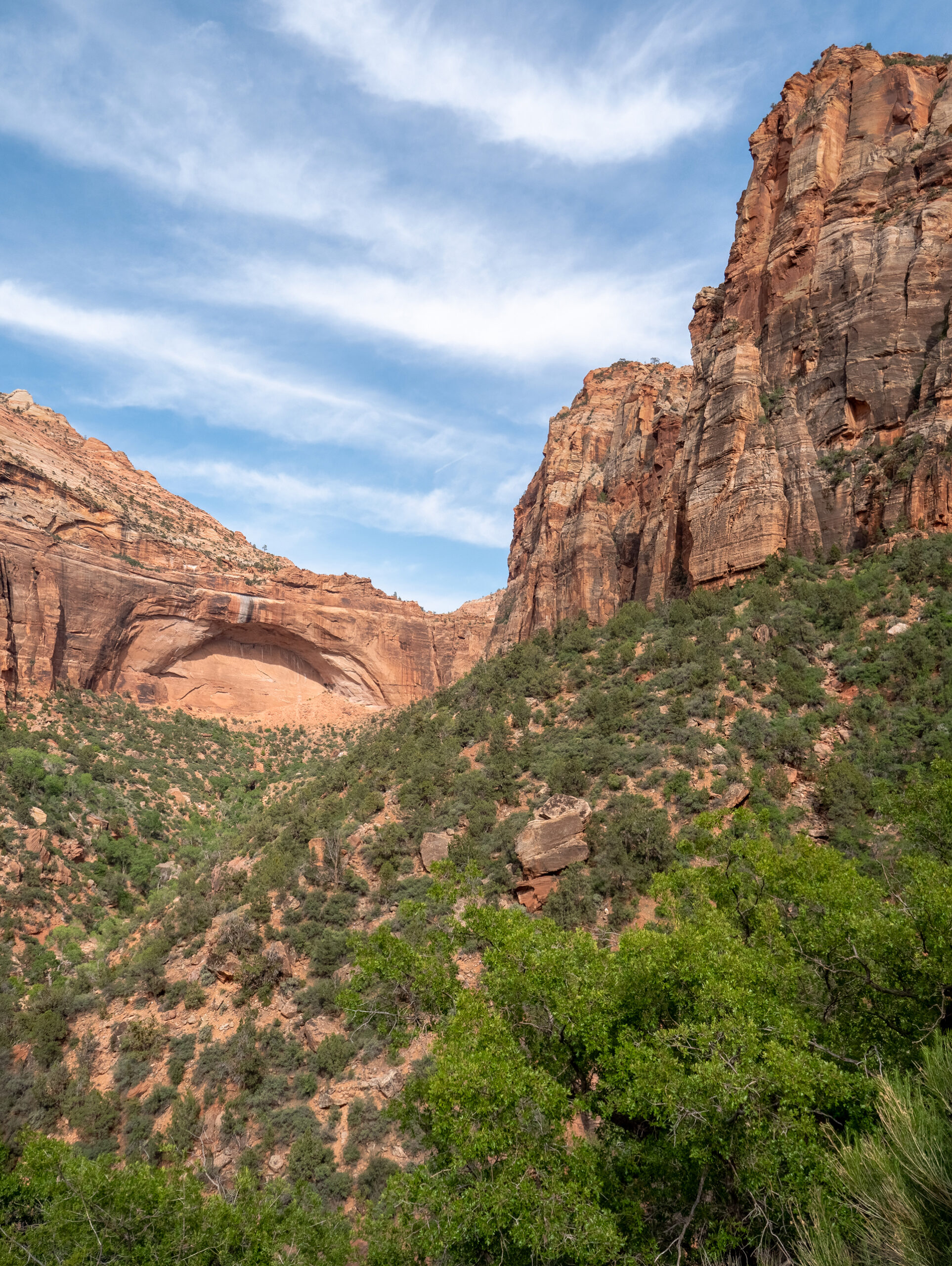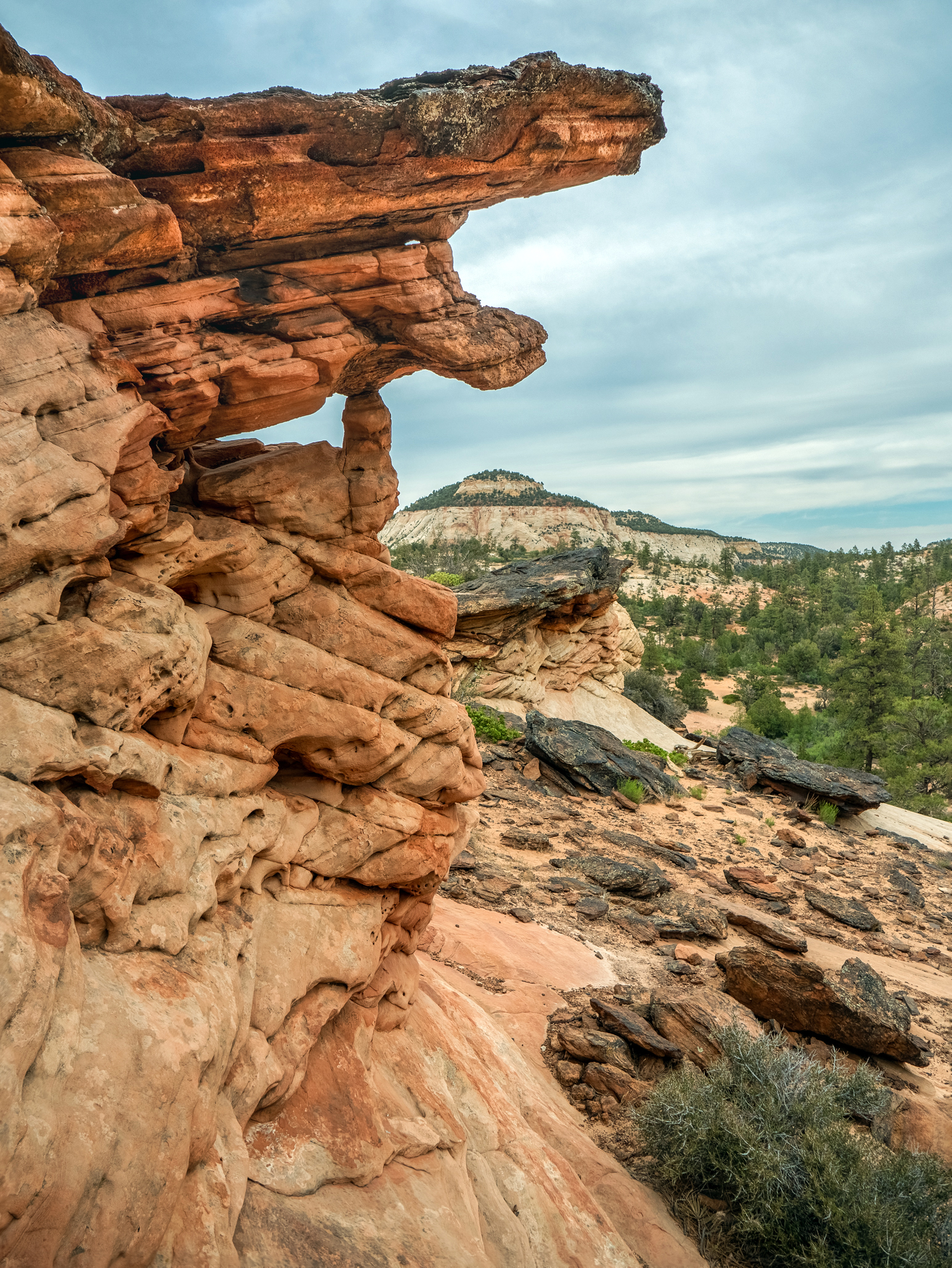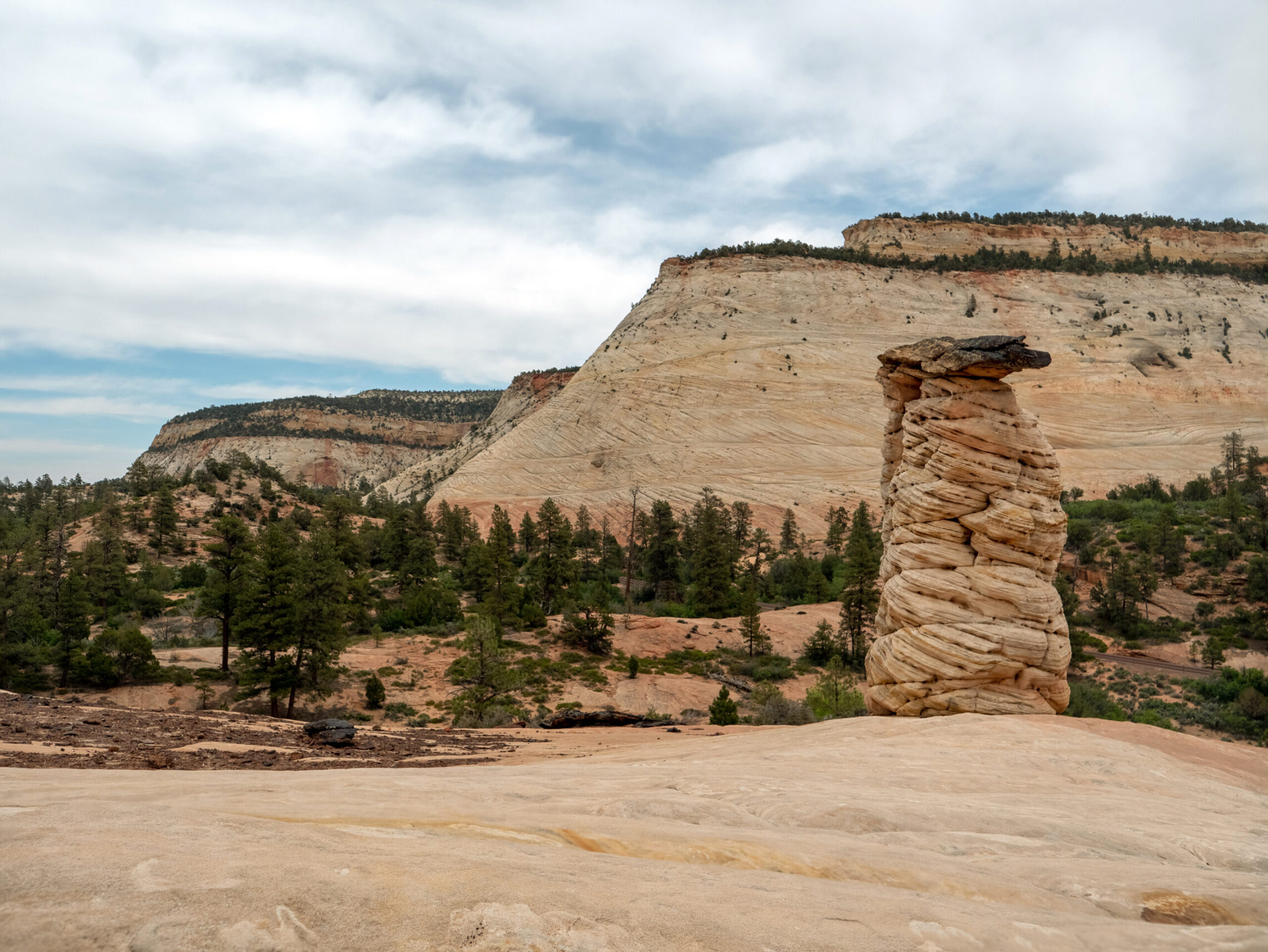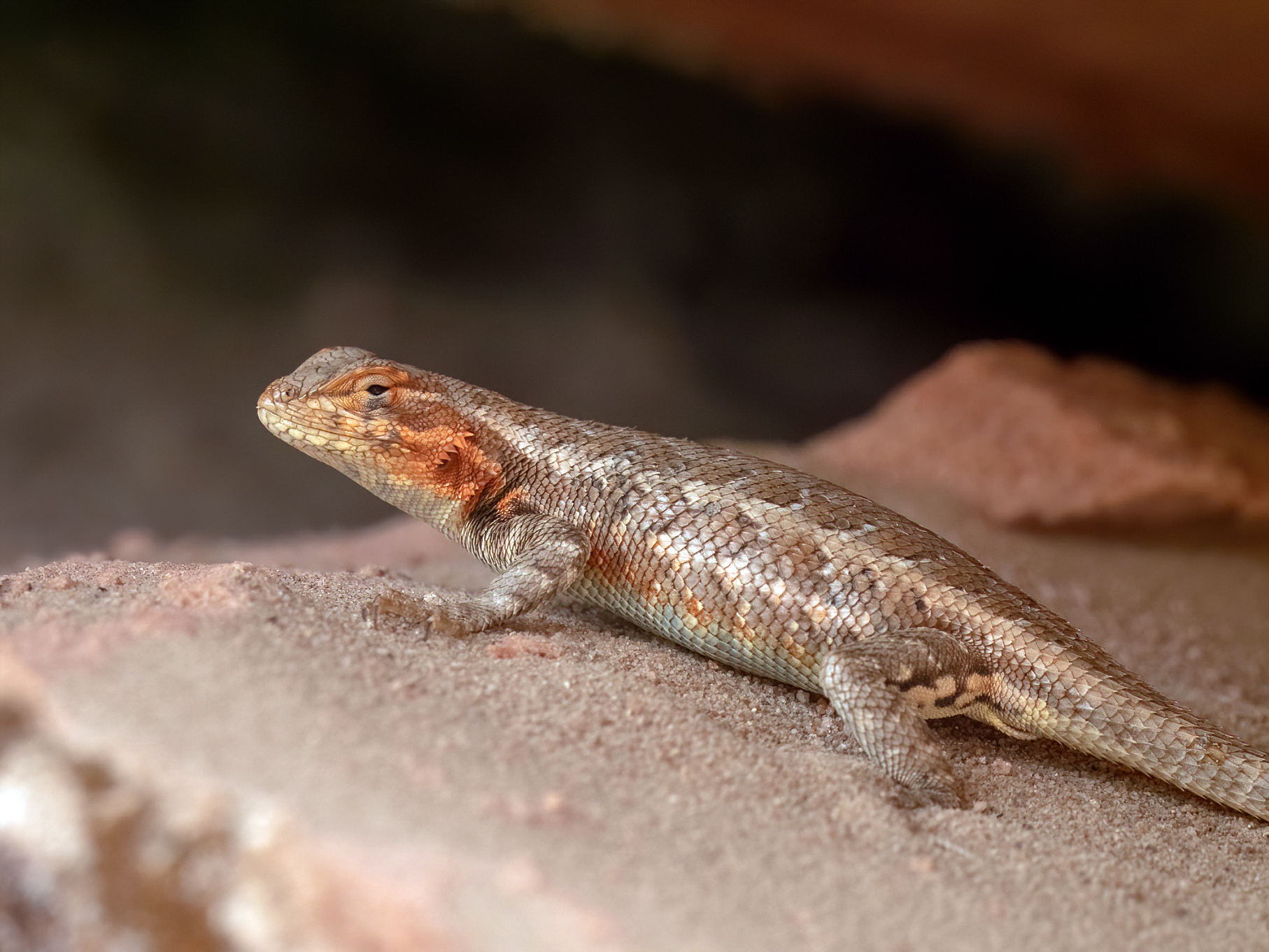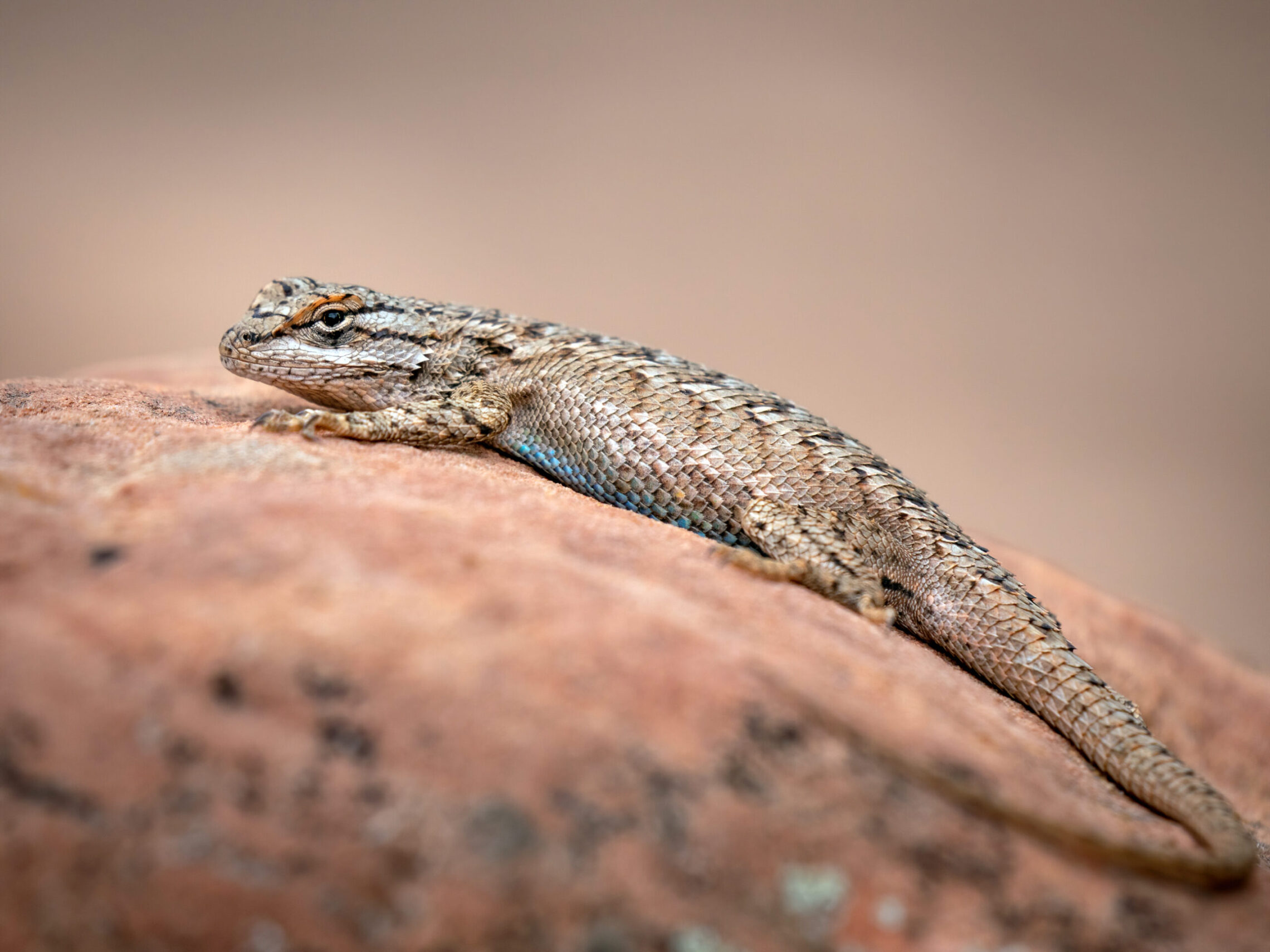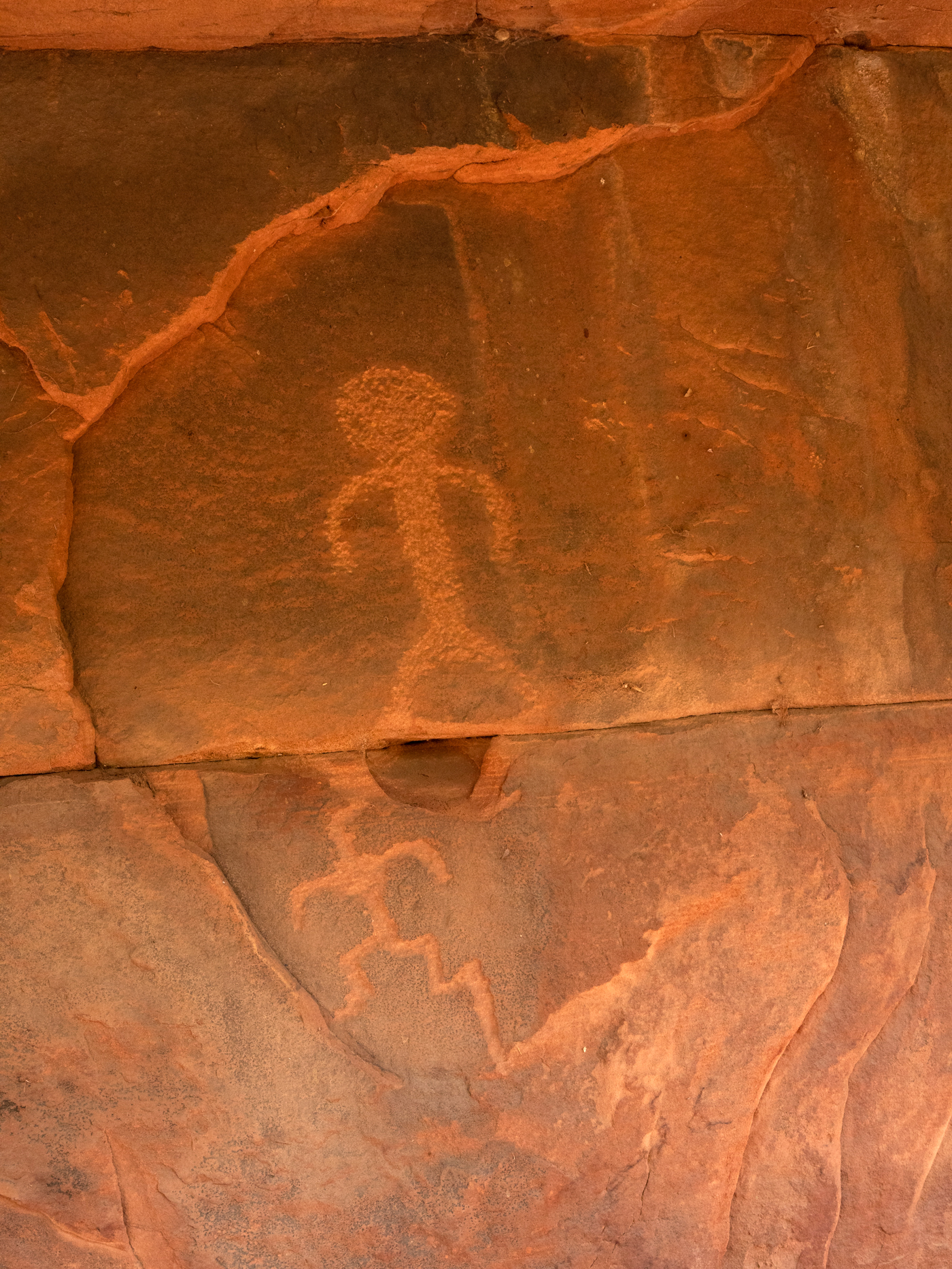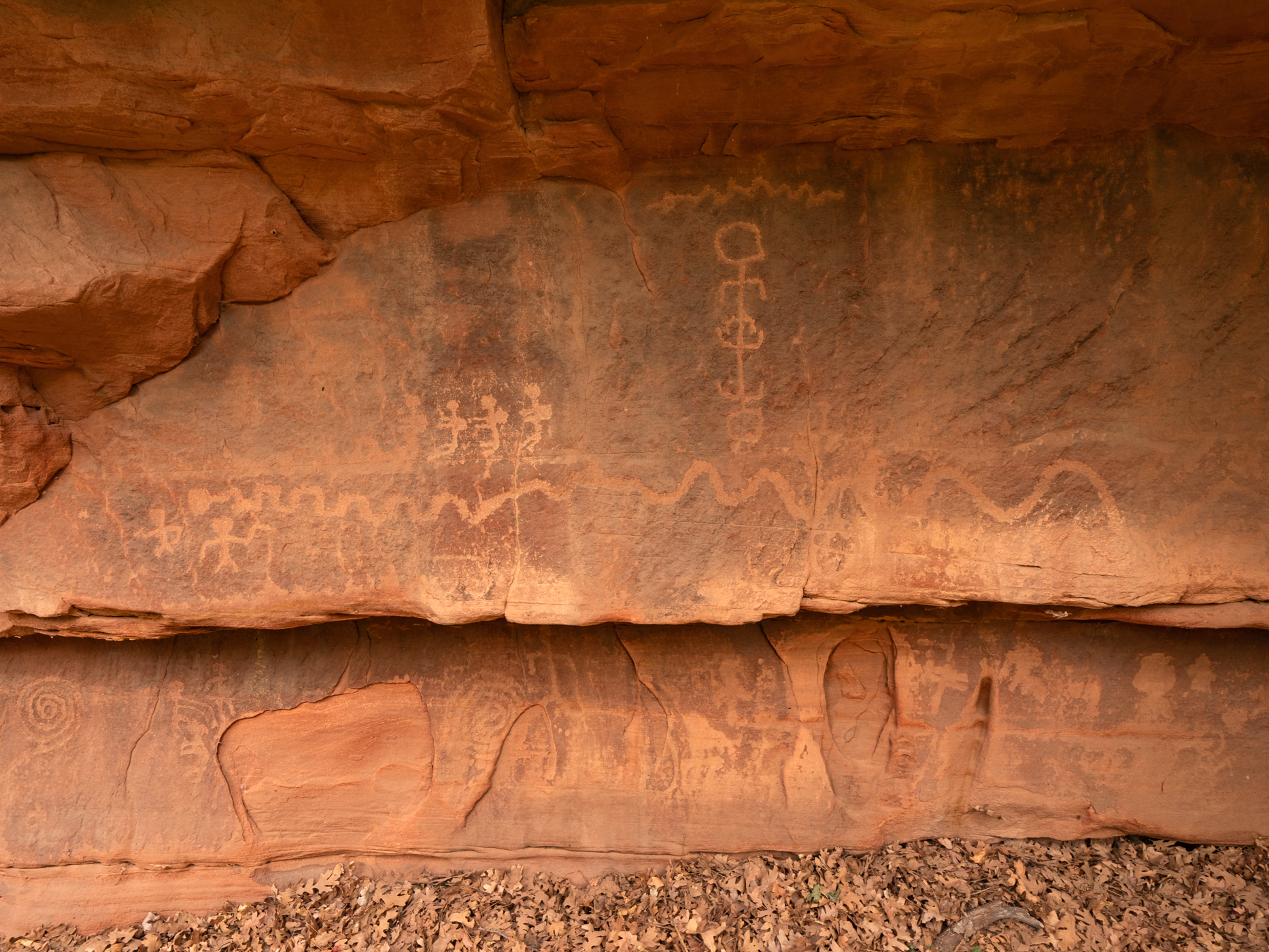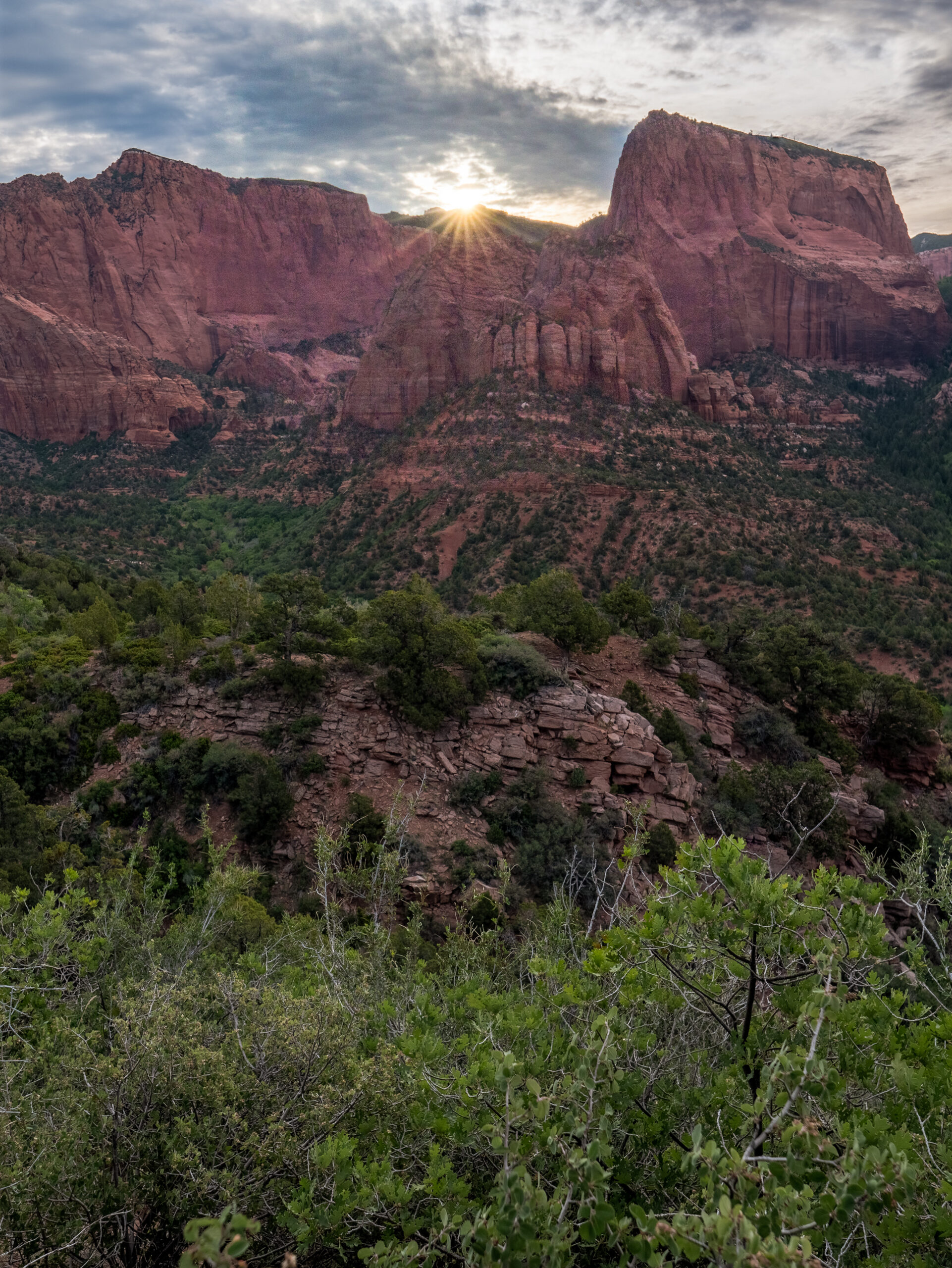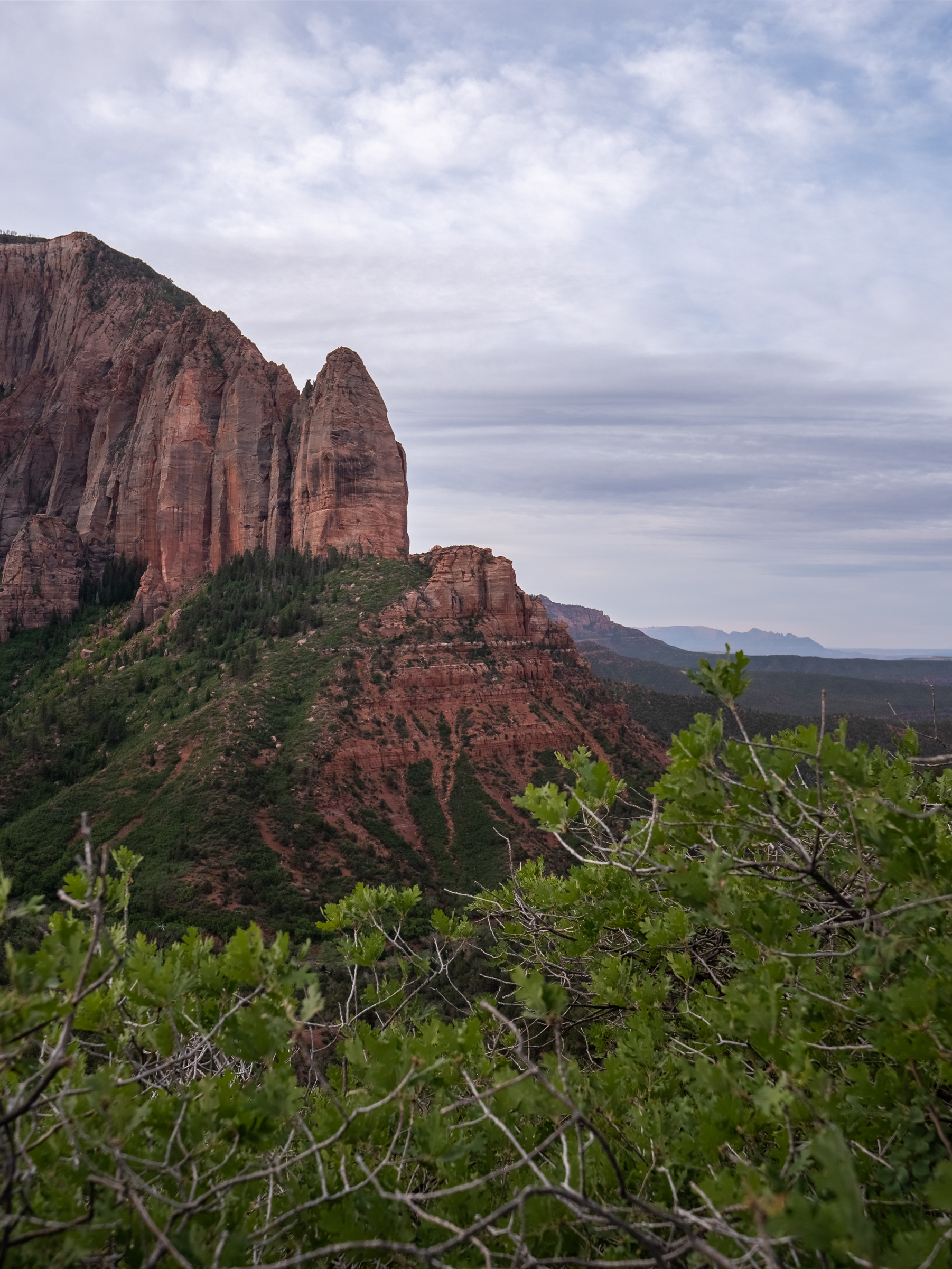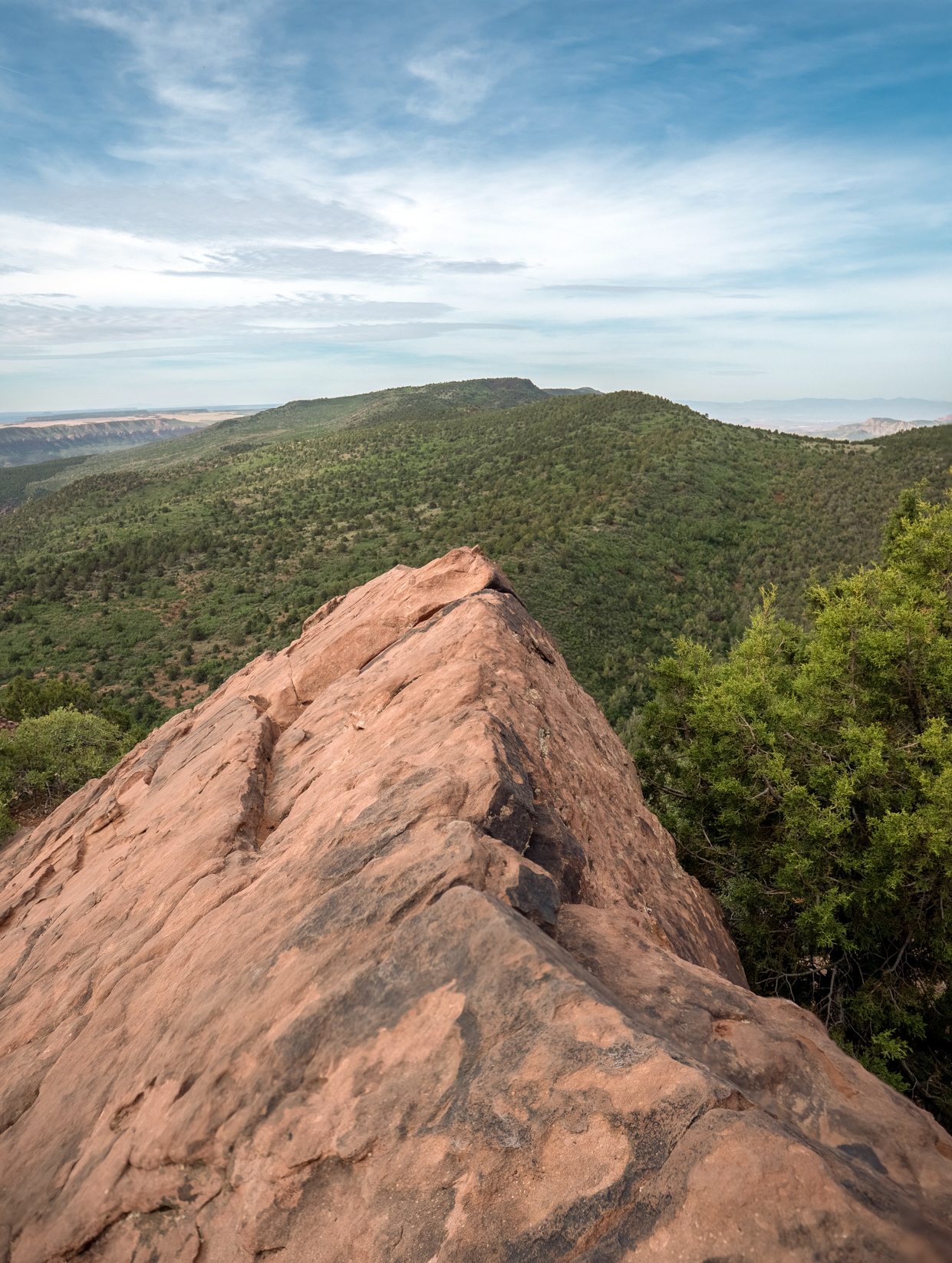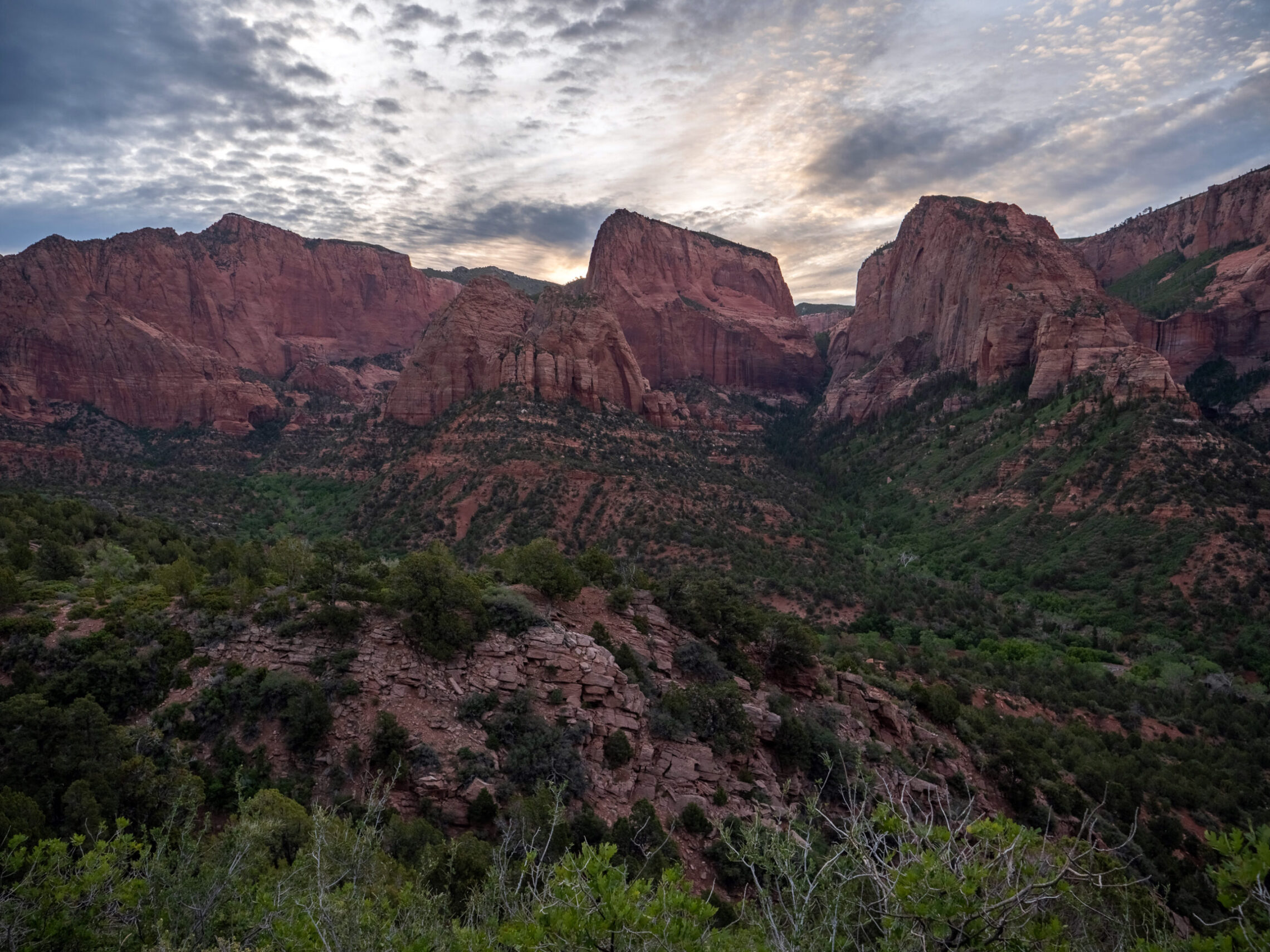Back in May of 2022, I spent 8 days traveling to southwest Utah, to both Bryce Canyon National Park and Zion National Park, both of which are incredibly beautiful and unique. Even though less than 100 miles separates the two of them, they are both distinct from each other, and offer completely different experiences and environments.
In addition to this post, the photos from my trip are also available in an album format, of just the photos themselves.
To see the the standard length album version of my Bryce and Zion trip, containing 90 photos, click here.
To see the extended length album, featuring over 130 photos, click here.
Extended length albums have some photos which may not be up to my normal standards of a decent-looking photograph, but paint a larger picture of my experience as a whole, and show extra versions of my encounters with different wildlife and locations.
Every photo featured on this post and in the albums can be viewed in full screen, and zoomed in to full resolution.
Day 1 started with arriving at Bryce Canyon National Park late in the afternoon, with enough time to head out and try to capture the setting sun. Due to the majority of the viewpoints (and the amphitheater as a whole) at Bryce facing east, there are not many locations where you can actually see the setting sun. But I was able to find a spot somewhere along the rim between Bryce Point and Inspiration Point. The first photo below is of the setting sun over the rim of the amphitheater, and the second is the view of Bryce Point, once the sun had set.
Day 2 started with a sunrise at Sunset Point (yes I know it sounds backwards, but apparently one of the best places for sunrise is at Sunset Point).
After sunrise, I headed down the Navajo Loop Trail.
After the hike I took a drive deeper south into the park, away from the amphitheater, ending at the natural bridge overlook.
Day 2 ended with watching the final light of the day hit the inside of the amphitheater, from Inspiration Point.
Day 3 started with sunrise along the rim of the amphitheater, somewhere between Sunset and Inspiration Point. Although it was cloudy this morning, and the sun was never actually visible due to the clouds, it created an lengthy pallet of colors upon the belly of the clouds right before what would have been the sunrise, before rising and hiding behind the clouds for the remainder of the morning.
After the sunrise, I hiked along the Queen’s Garden Trail.
This was the end of my time inside of Bryce Canyon National Park, before driving down to Zion. But, here is some of the wildlife I encountered during my roughly 48 hours inside of Bryce.
It was at this point during day 3 which I left the wonderful Bryce Canyon National Park, and drove down to Zion National Park, where I would be the remainder of my trip.
After entering from the East Side of Zion, and passing through the impressive 1.1 mile-long Zion-Mount Carmel Tunnel, I was immediately greeted by a herd of desert bighorn sheep, properly welcoming me to the park.
My first day in Zion ended with a sunset featuring the final light of the day illuminating the Watchman in the distance, and the virgin river in the foreground. The final photo is of the Twin Brothers, just after the sun had fallen behind the canyon’s walls.
Day 4 of my trip (my first full day at Zion), started with photographing the Towers of the Virgin at first light, and then turning around and watching the light hit the Watchman shortly thereafter.
I then continued to the east side of the park, where I explored the area around the Checkerboard Mesa. The checkerboard pattern is caused by a combination of cross-bedding (the ripple lines of an ancient sand dune), which resulted in the horizontal lines. Then contraction and expansion due to temperature and moistures changes in the sandstone lead to the vertical lines, leading to the checkerboard pattern seen today.
I also ran into this mule deer while exploring the area around Checkerboard Mesa.
Day 4 ended early, as I was going to get up extremely early tomorrow for a hike to the top of Angel’s Landing for sunrise.
Day 5 started with waking up around 1:30 AM, and then driving to the Canyon Junction to park and begin the 3.4 mile walk down the road to the trailhead to start the hike. Cars aren’t allowed on this road and the park shuttle system doesn’t begin until 6AM, so a walk through the canyon at night was my only viable option to get to the trailhead at this hour.
The actual hike to Angels Landing is 4.4 miles roundtrip, and includes a half mile section of narrow ledges and steep drop offs, assisted by various sections of chains to grab on to. The biggest reward was having the top to myself for almost 2 full hours before the masses started to show up, and being able to watch the canyon change as the sun came up. While I was personally comfortable ascending at night (with a bright headlamp and flashlight), I do not recommend this hike be done in darkness. For myself, I personally felt safer doing this at night, as the only time I felt a little uncomfortable was on the way back down when the crowds showed up and bottlenecks started to form in precarious places. I would choose this without the crowds in darkness, versus having full sunlight and tons of other people around you in areas where if they fell, they would take you down with them.
Know your limitations and abilities, and if you are able, I cannot recommend this hike enough. It is worth the hype and effort.
On my way back own I encountered some turkey vultures flying at the top of the 1000 foot canyon walls, and many lizards off the side of the trail. Due to the nature of the canyon, there is a very strong updraft present in this location that the vultures capitalize on to soar high into the sky and be able to travel long distances with less energy needed. This is also why condors love this area, which I unfortunately was unable to see on this day, but they do frequent this area as well due to these updrafts.
Day 5 ended with taking a stroll down the Pa’rus Trail, and trying to find a unique way to photograph the Watchman. in a way that was outside of the standard observation points and known photo locations. I found a window in between a bush and a tree, which framed out the last light of the day landing upon the red Navajo sandstone.
After the sun had set behind the walls of the canyon, I passed by a mule deer having an evening meal.
Day 6 started with exploring area around the Big Bend section of the Virgin River.
I then moved back into the east section of the park to hike around, and was treated to another large herd of desert bighorn sheep.
Day 7 I hiked down the Narrows, which is the section of Zion Canyon which is narrower than any other part. The walls reach 1000 feet tall, and the river inside this gorge can be just around 20 feet wide at times. The hike itself takes place in the river directly, where you are walking for miles in various depths of water. Most of the hike was under knee-height, but there were parts which extended as high as my chest. Something to think about while making this hike is the possibility of flash flooding, and the weather forecast must be carefully looked at before starting the hike. Storms even many miles away can affect the water levels in the Narrows, and a flash flood can occur with almost no warning given the right circumstances. So make sure there is almost no risk of this occurring before taking this hike, as there are many areas with absolutely no escape due to the high and steep walls surrounding the river. But, if it is a safe day to do so, this hike is incredibly unique and an amazing experience.
I ended day 7 with returning to the east side of the park, to do a little hiking and exploring.
I ran across some more lizards during my hikes.
And also some Native American petroglyphs.
I ended my day with a hike to Observation Point, where the clouds covered what would be a sunset, but was still an amazing view nonetheless.
On my final day (day 8), I woke up early and drove to the Kolob Canyons section of Zion, which is separate from the main area, and about 40 miles away. I had to head to the airport for the afternoon, so I was already driving out of the park anyways, so seeing this section made sense, and it was good to experience the other part of the park.
Thank you for joining me on this trip to Bryce Canyon National Park and Zion National Park. Here are the links again to the album versions.
To see the the standard length album version, click here.
To see the extended length album, click here.

